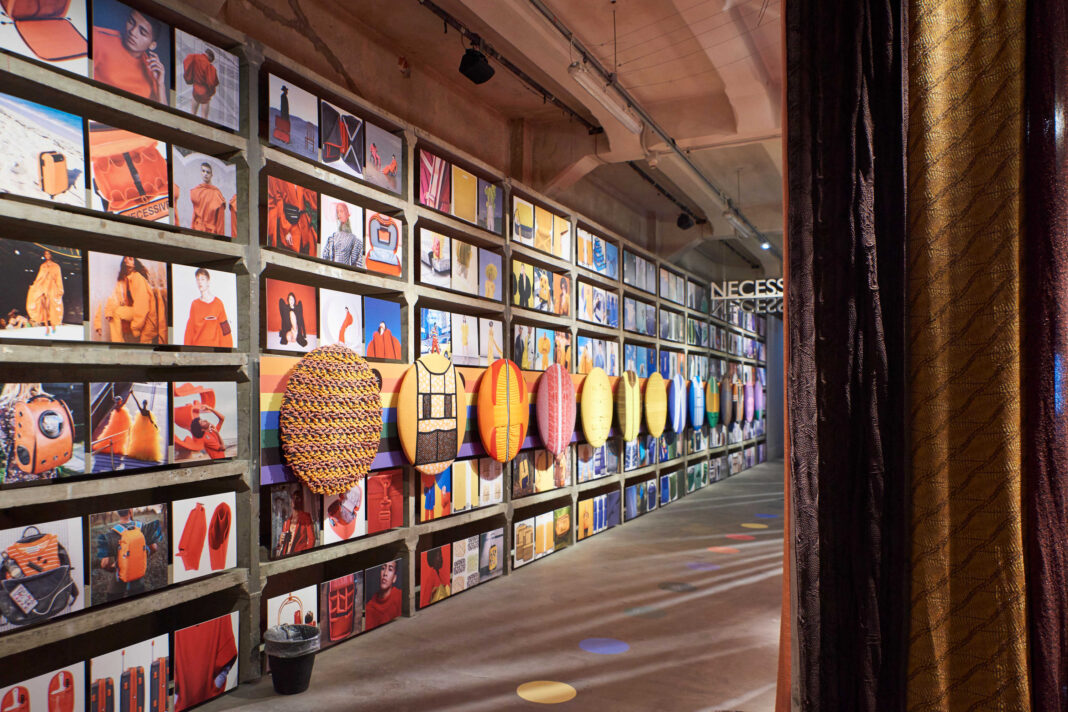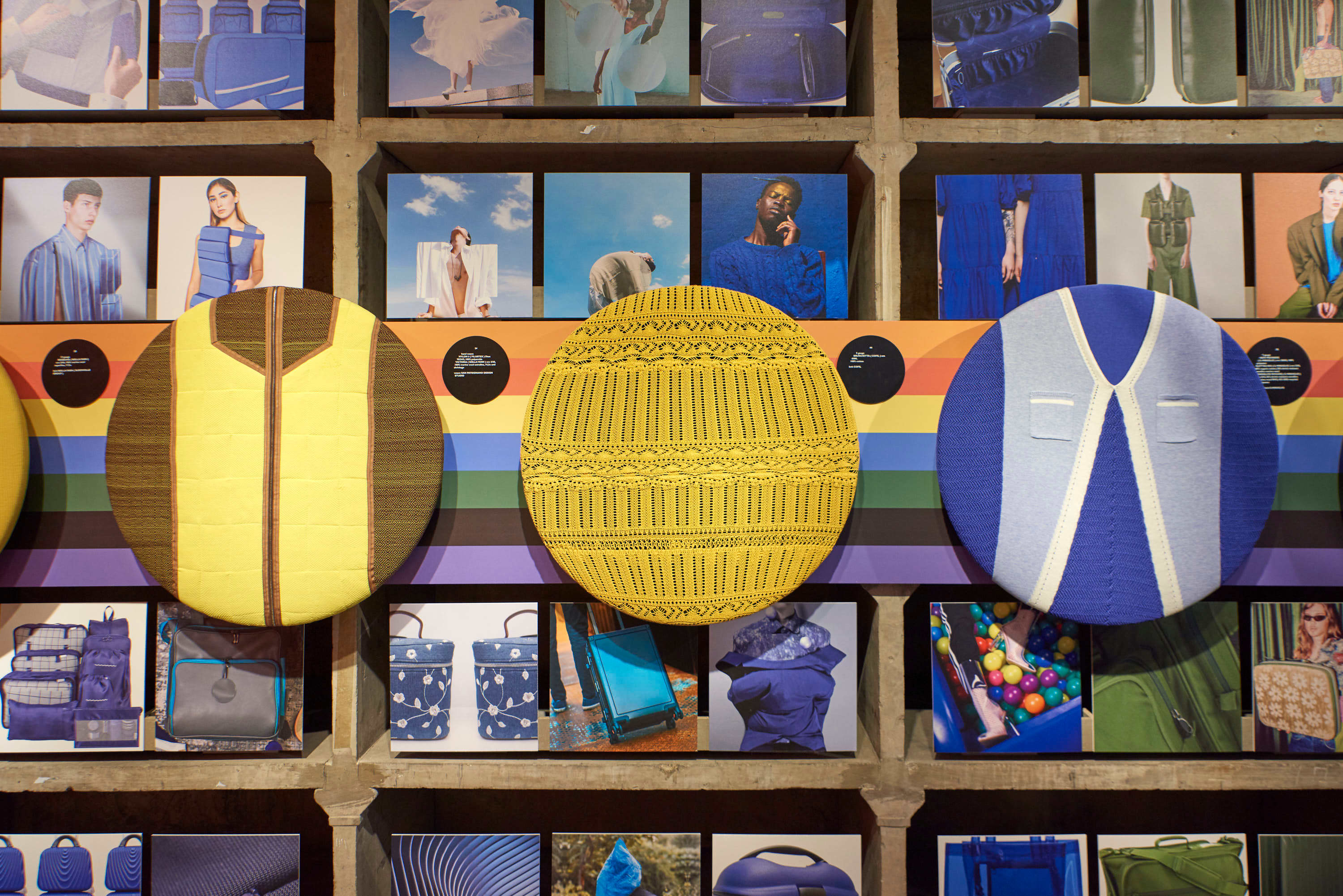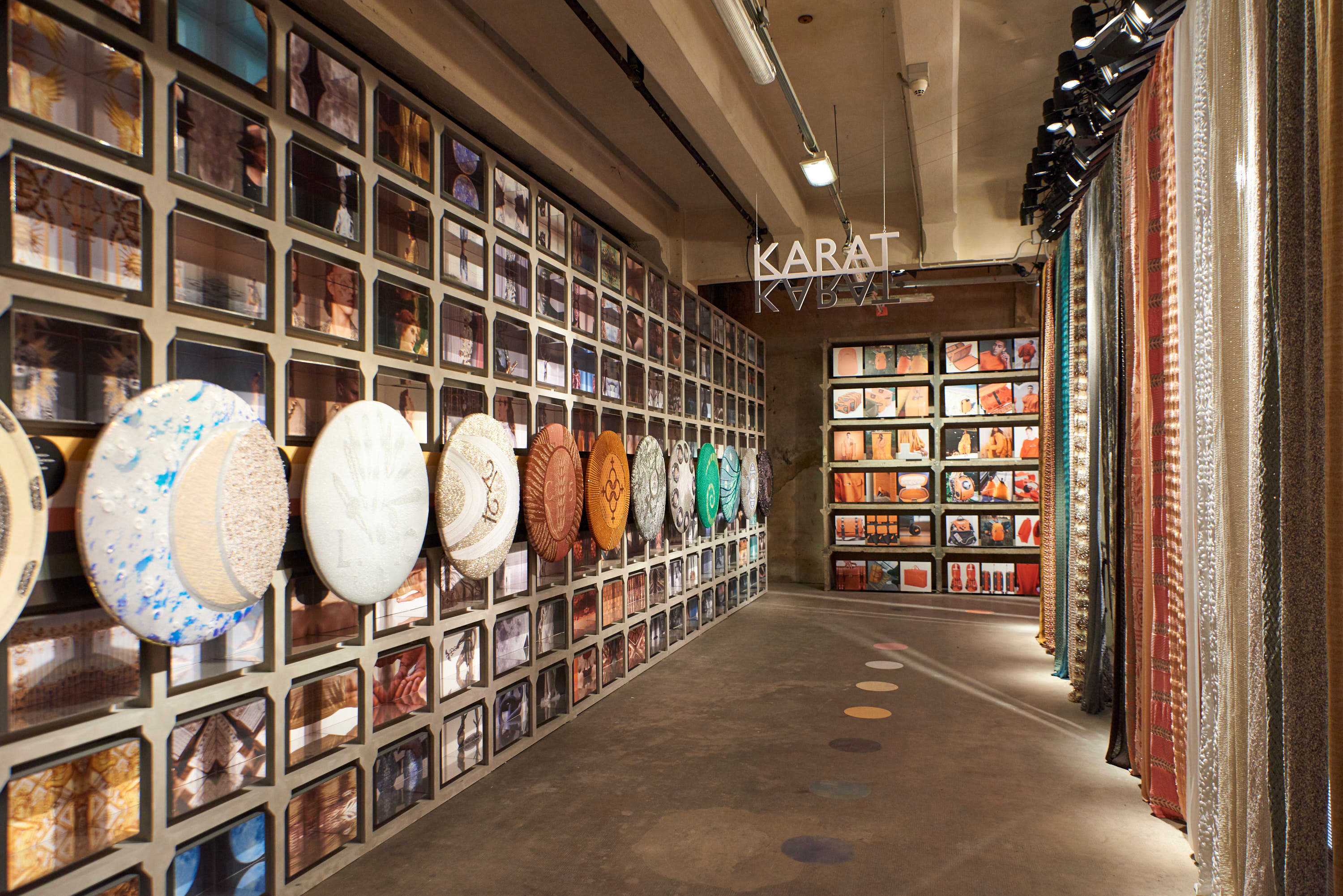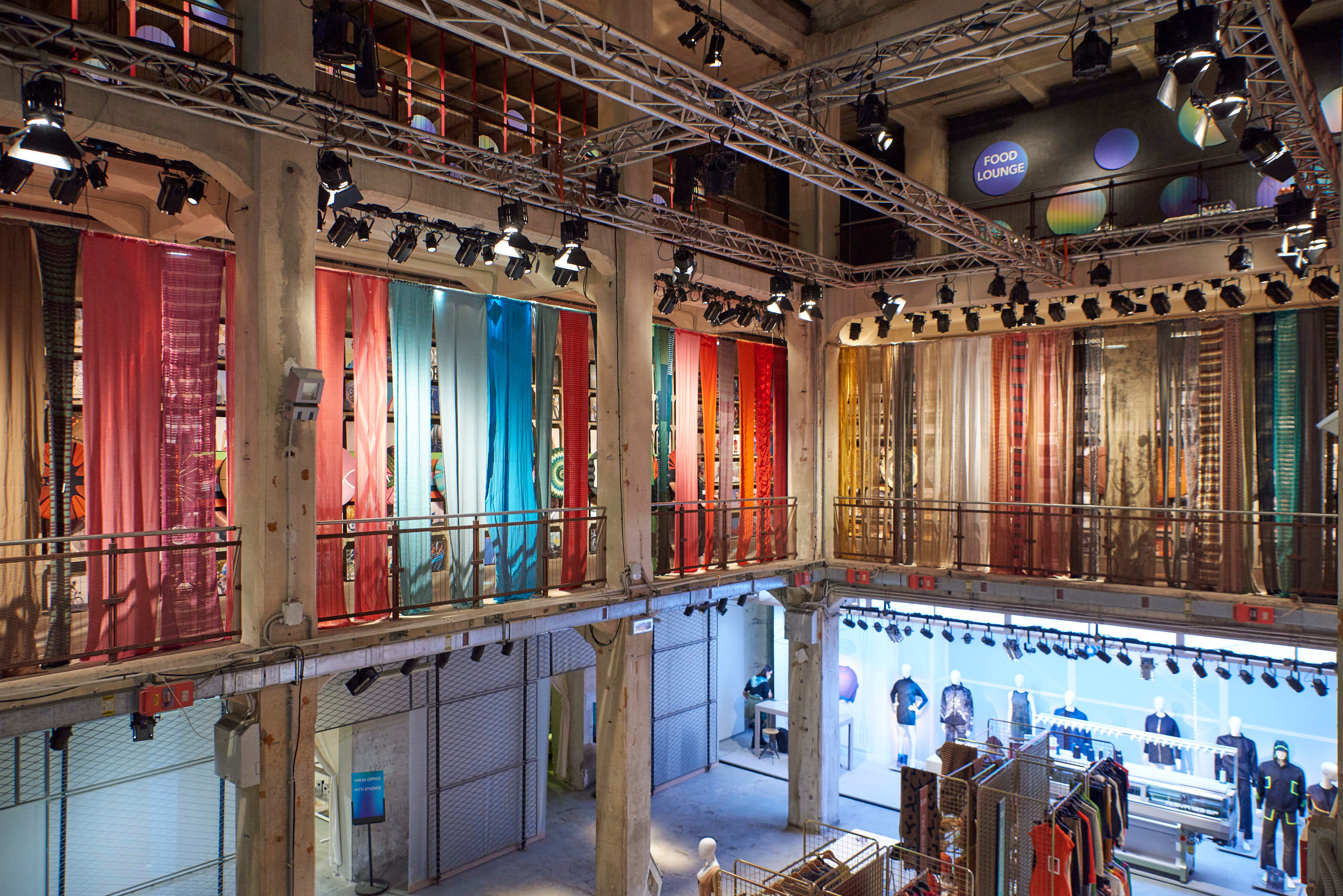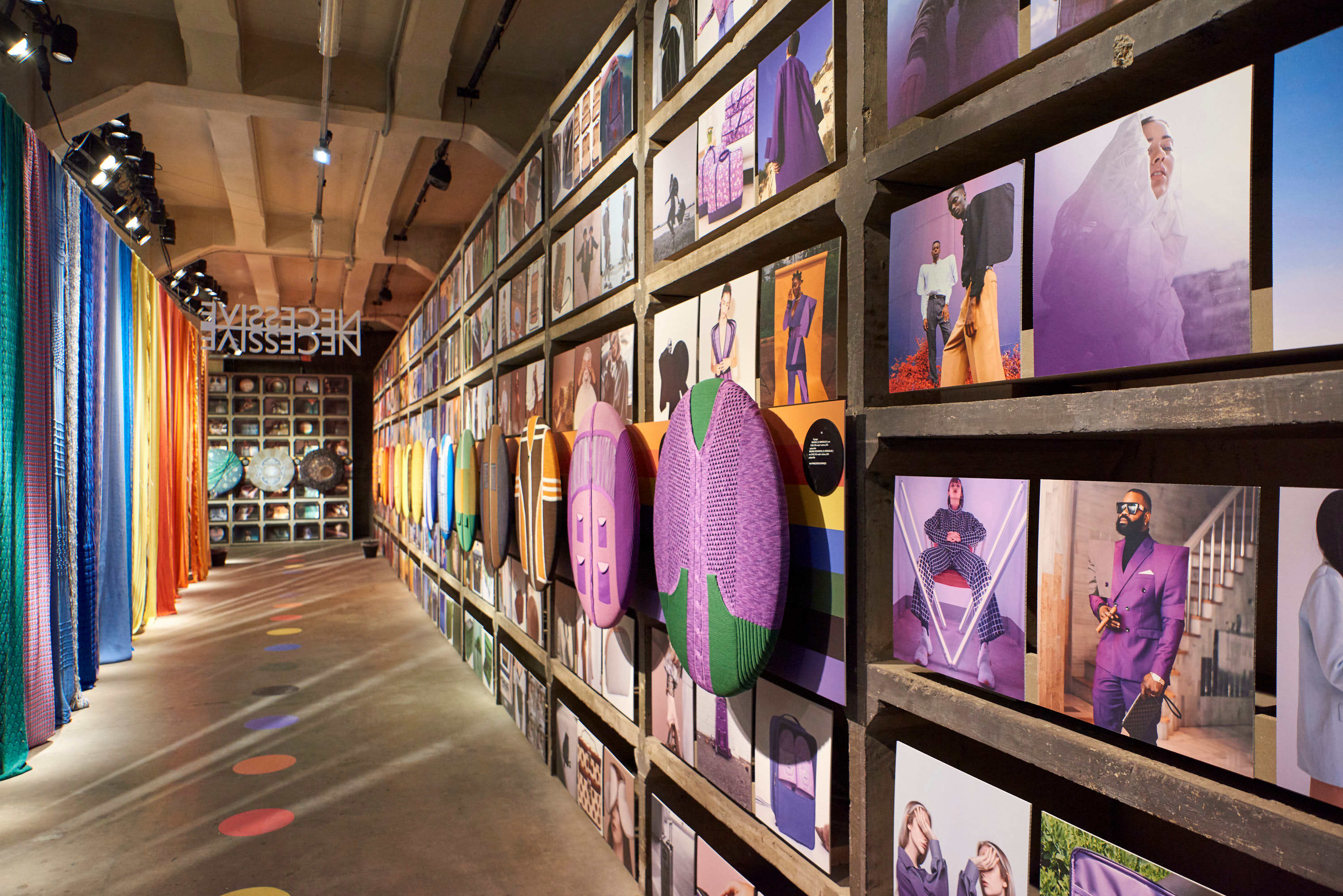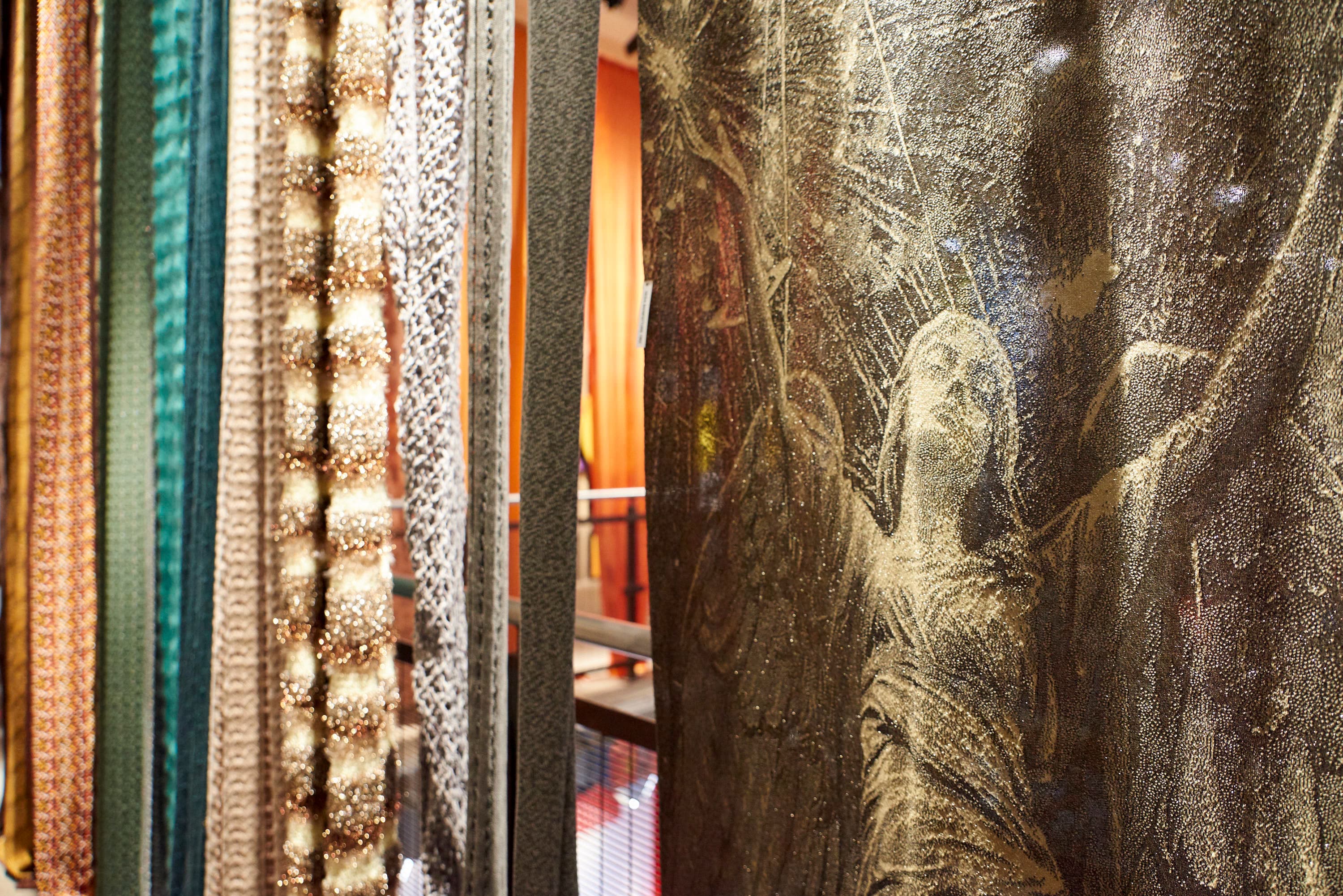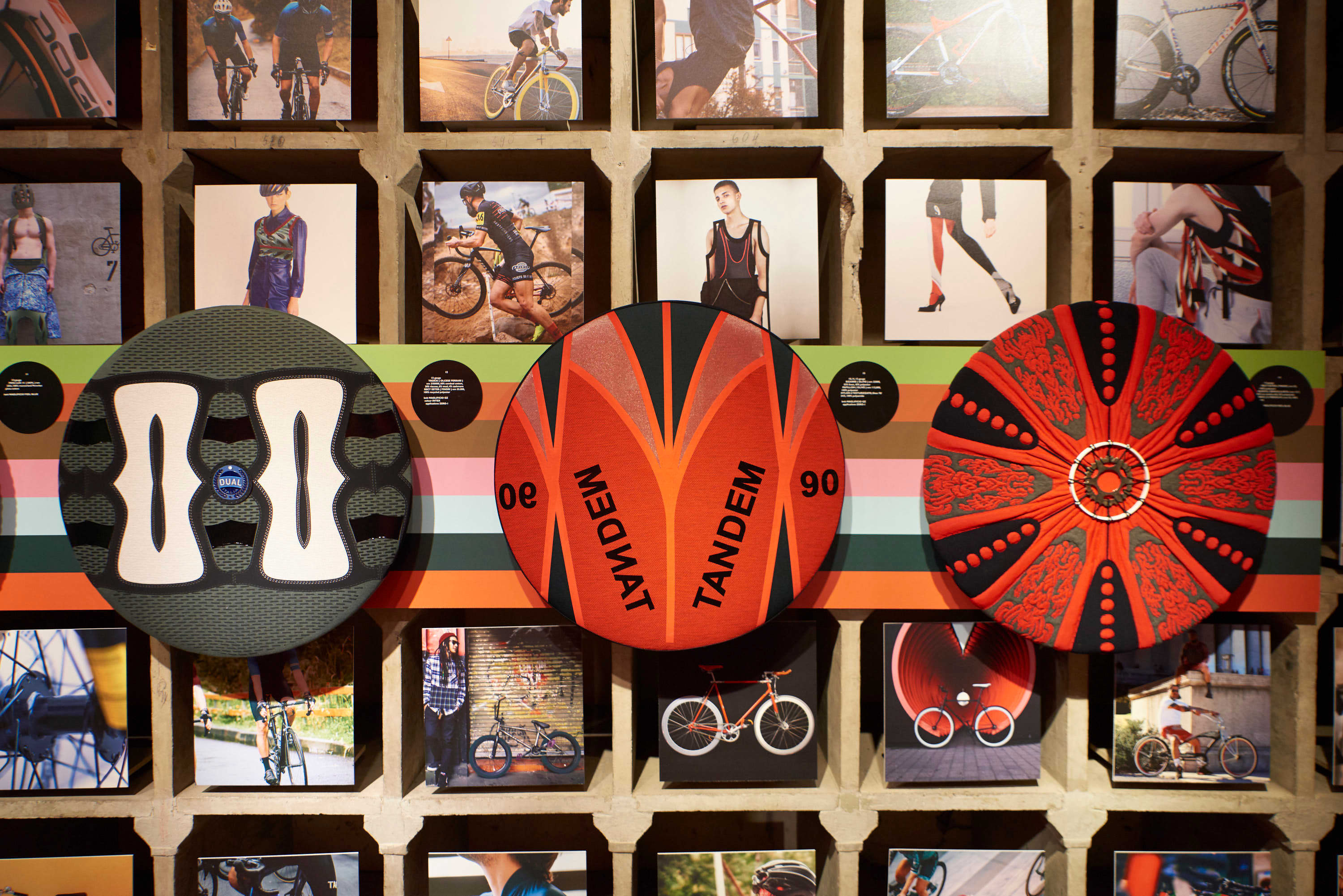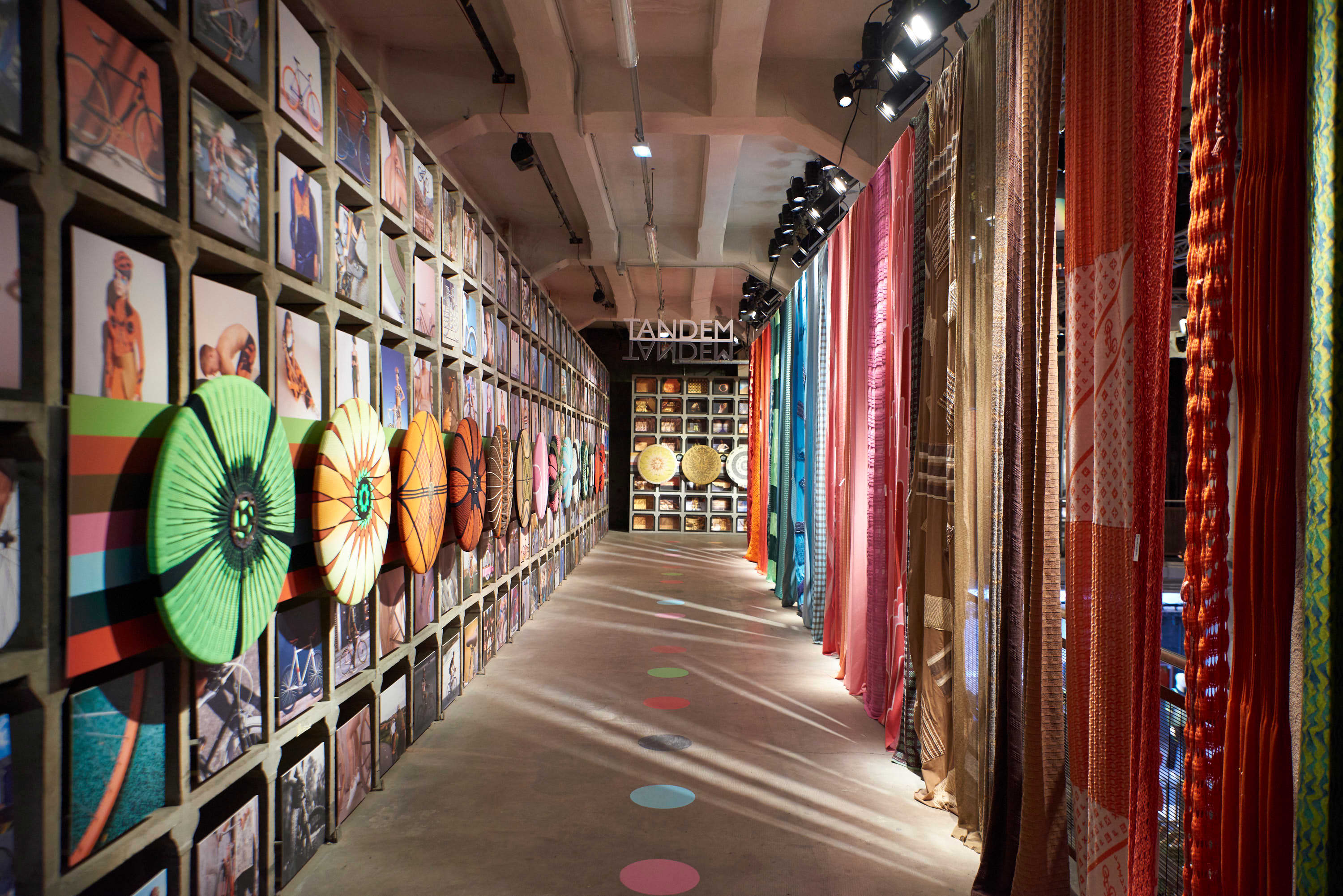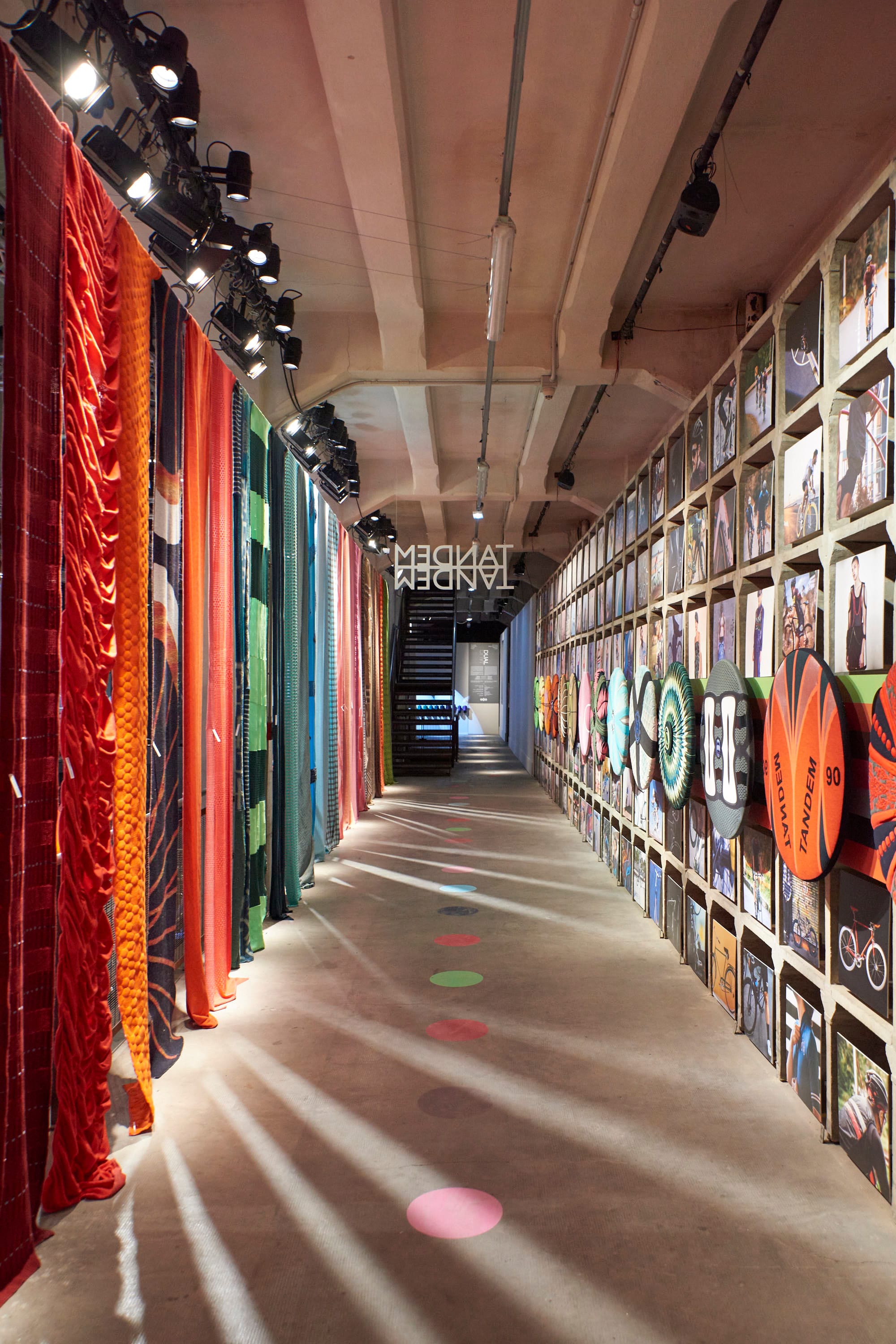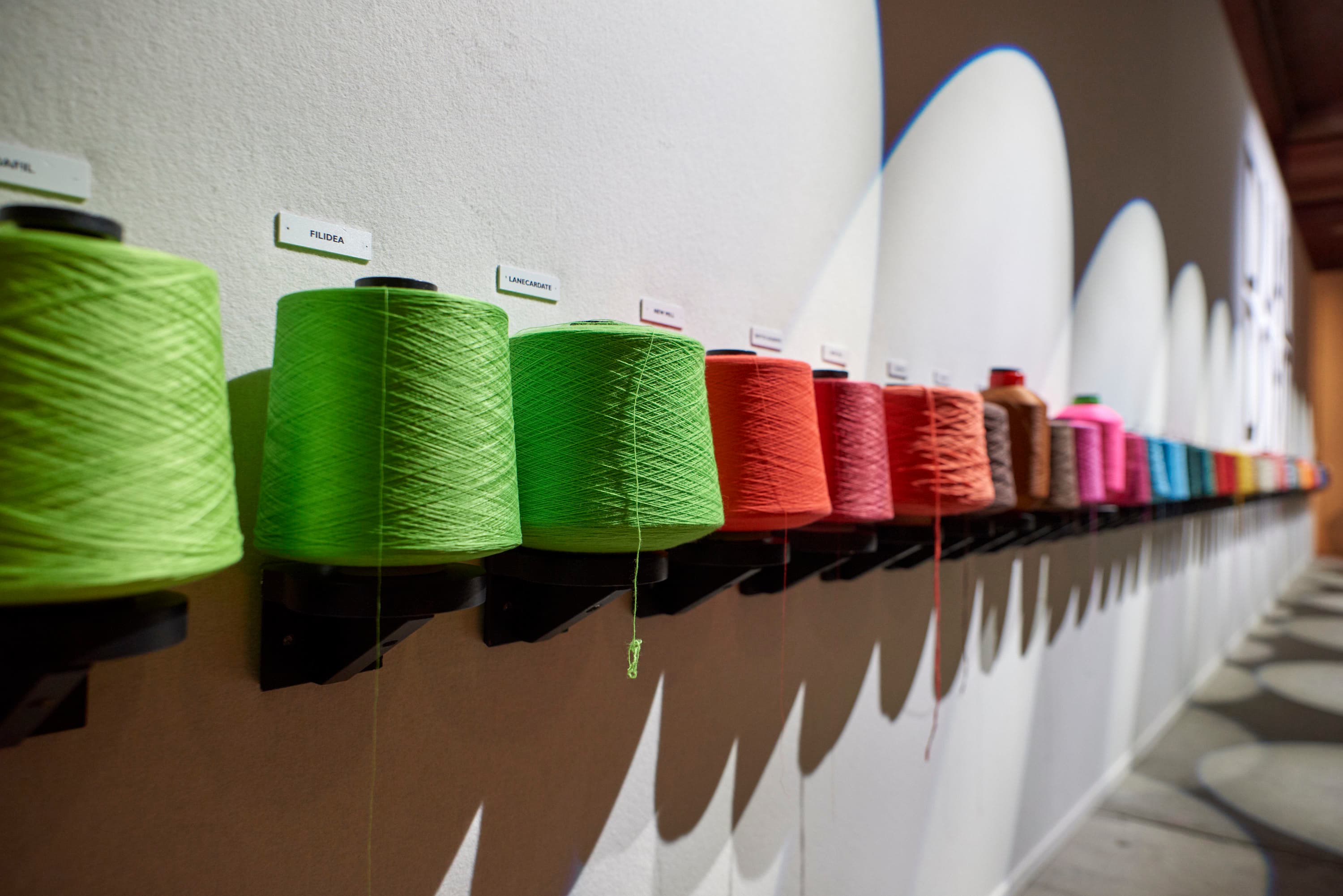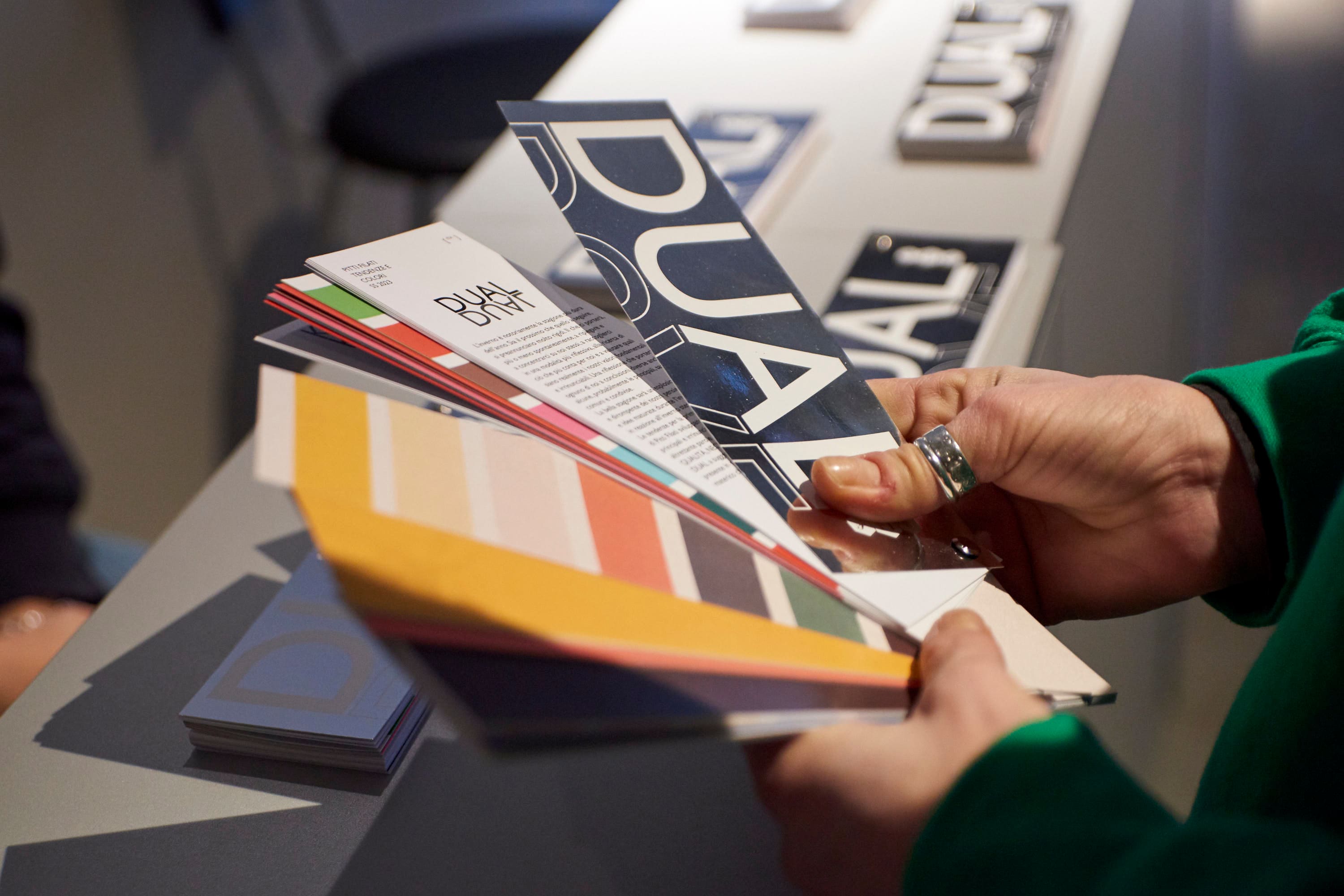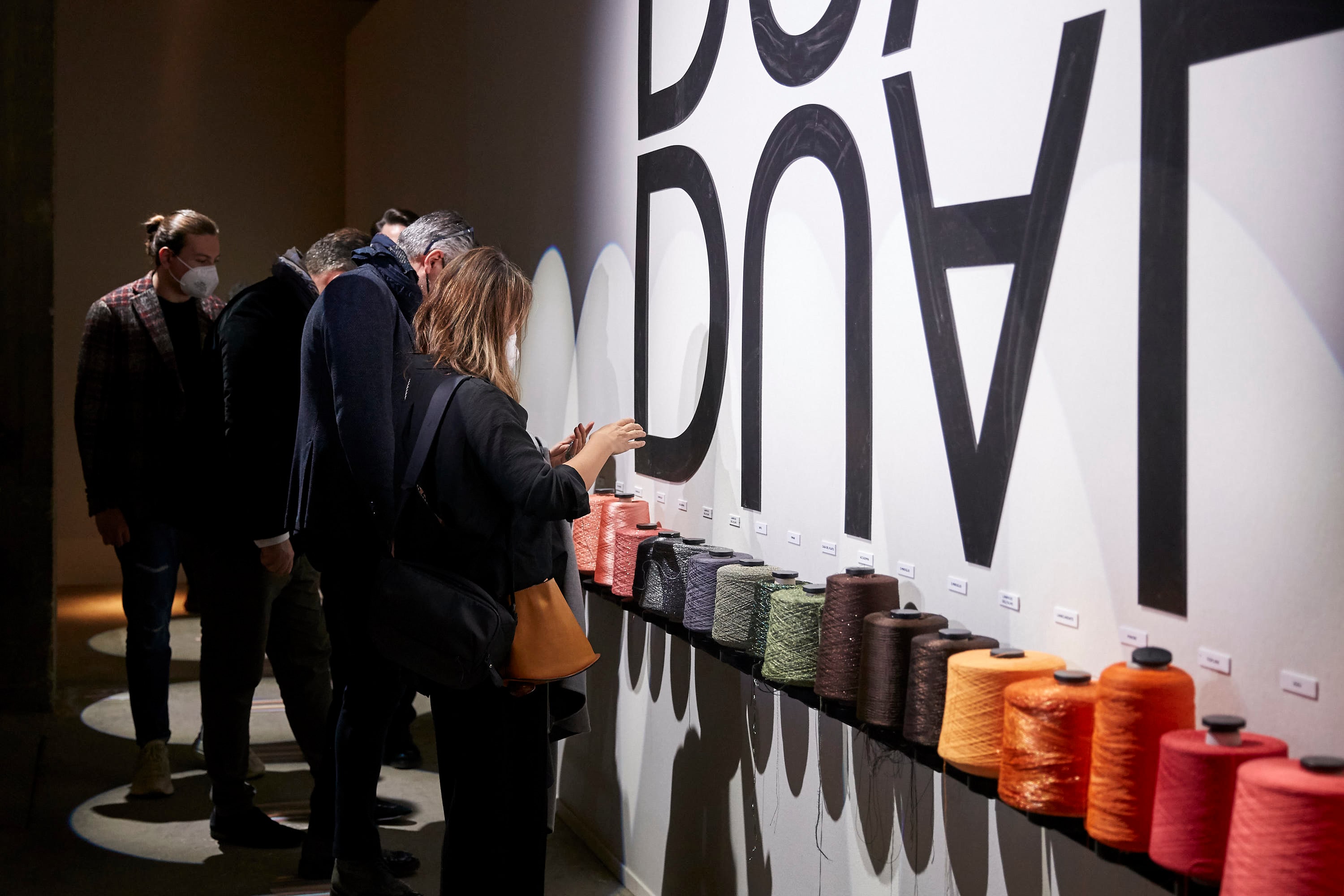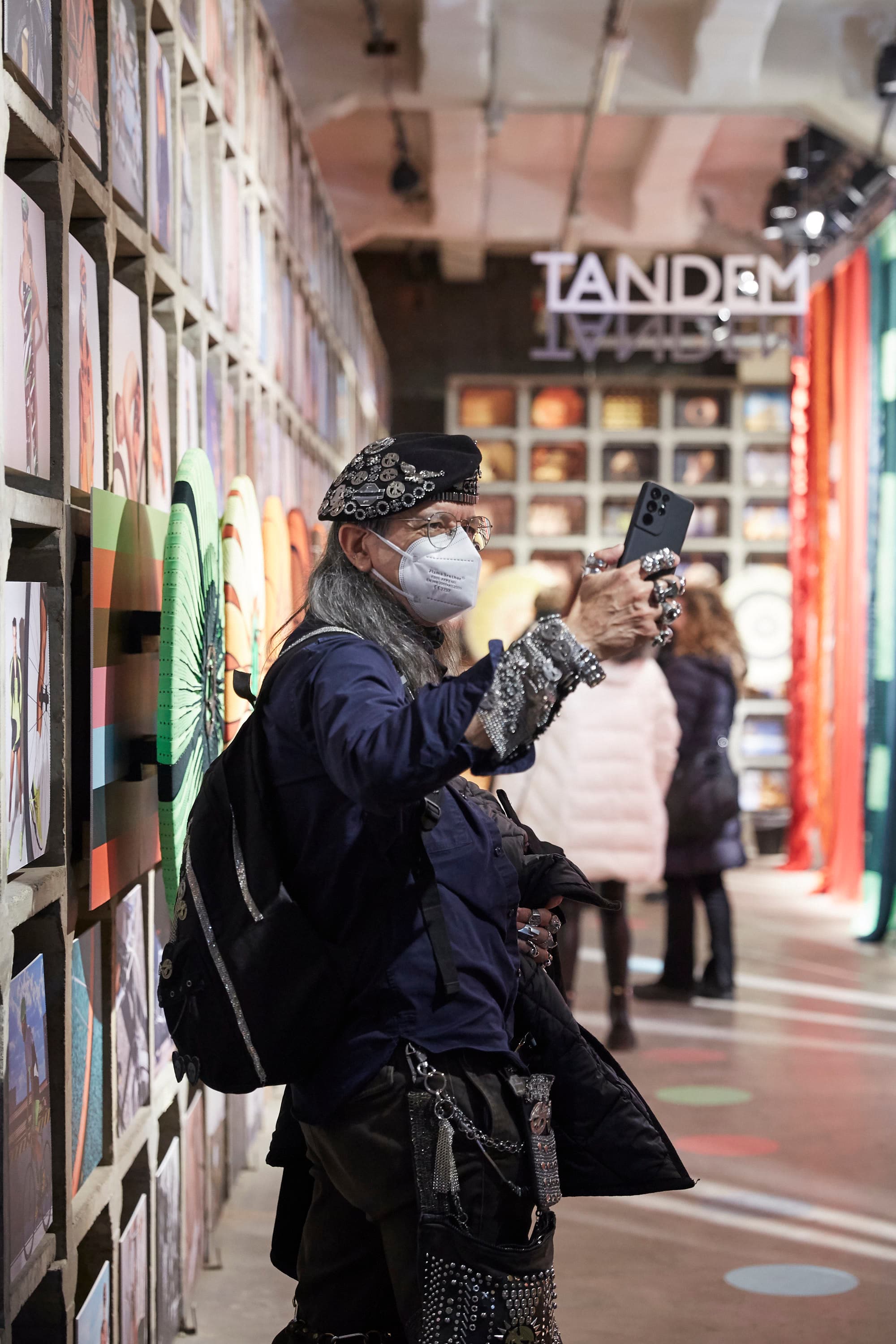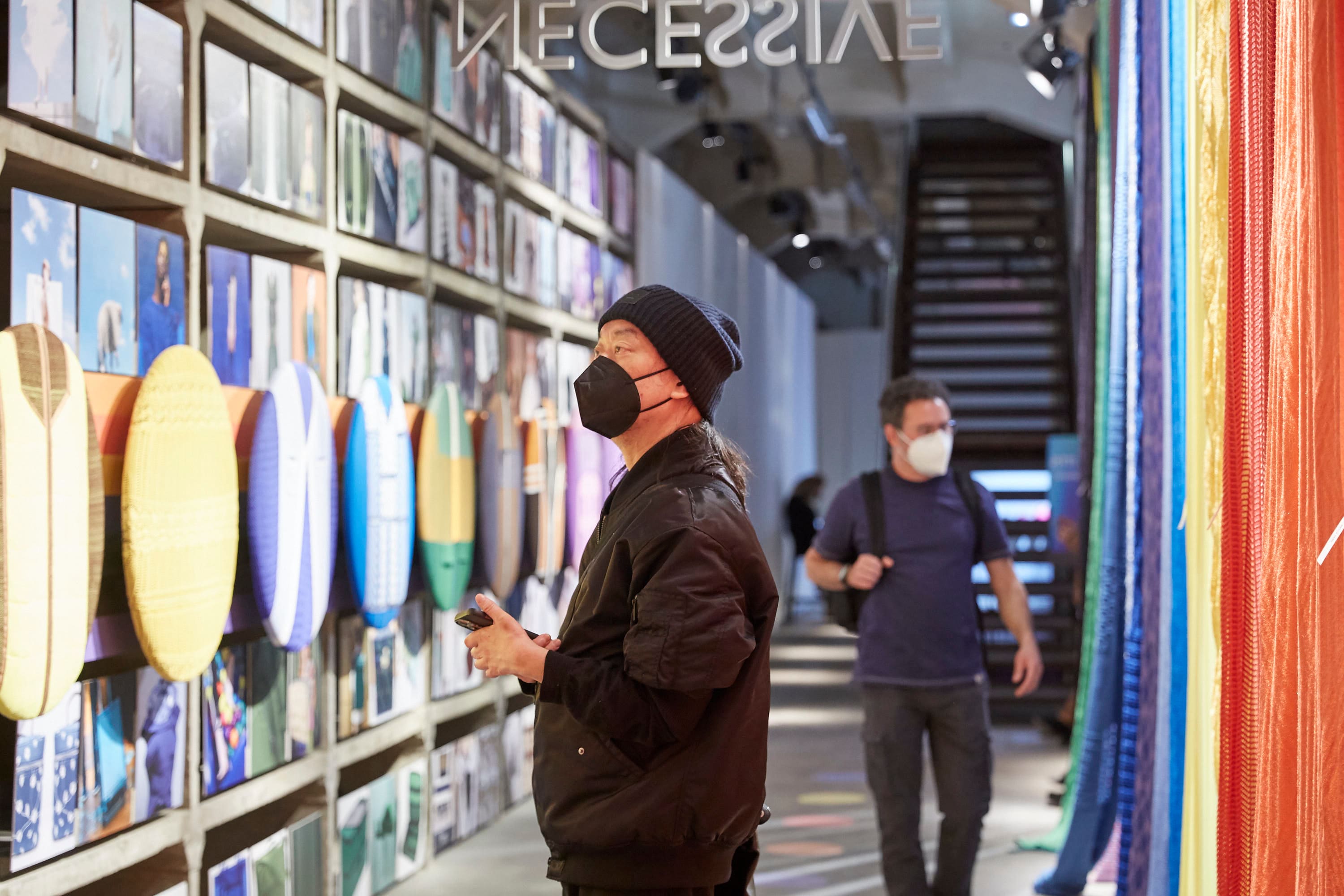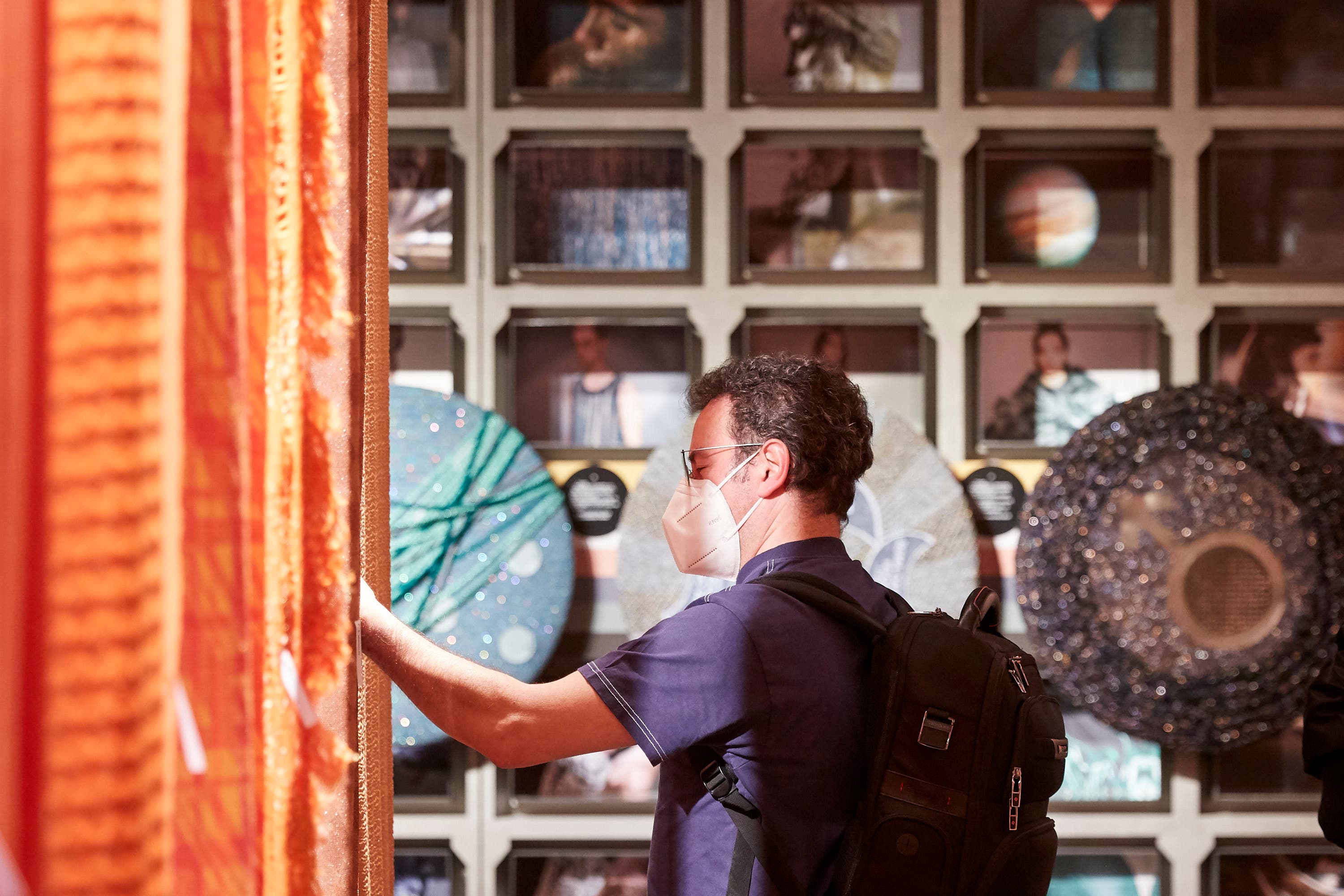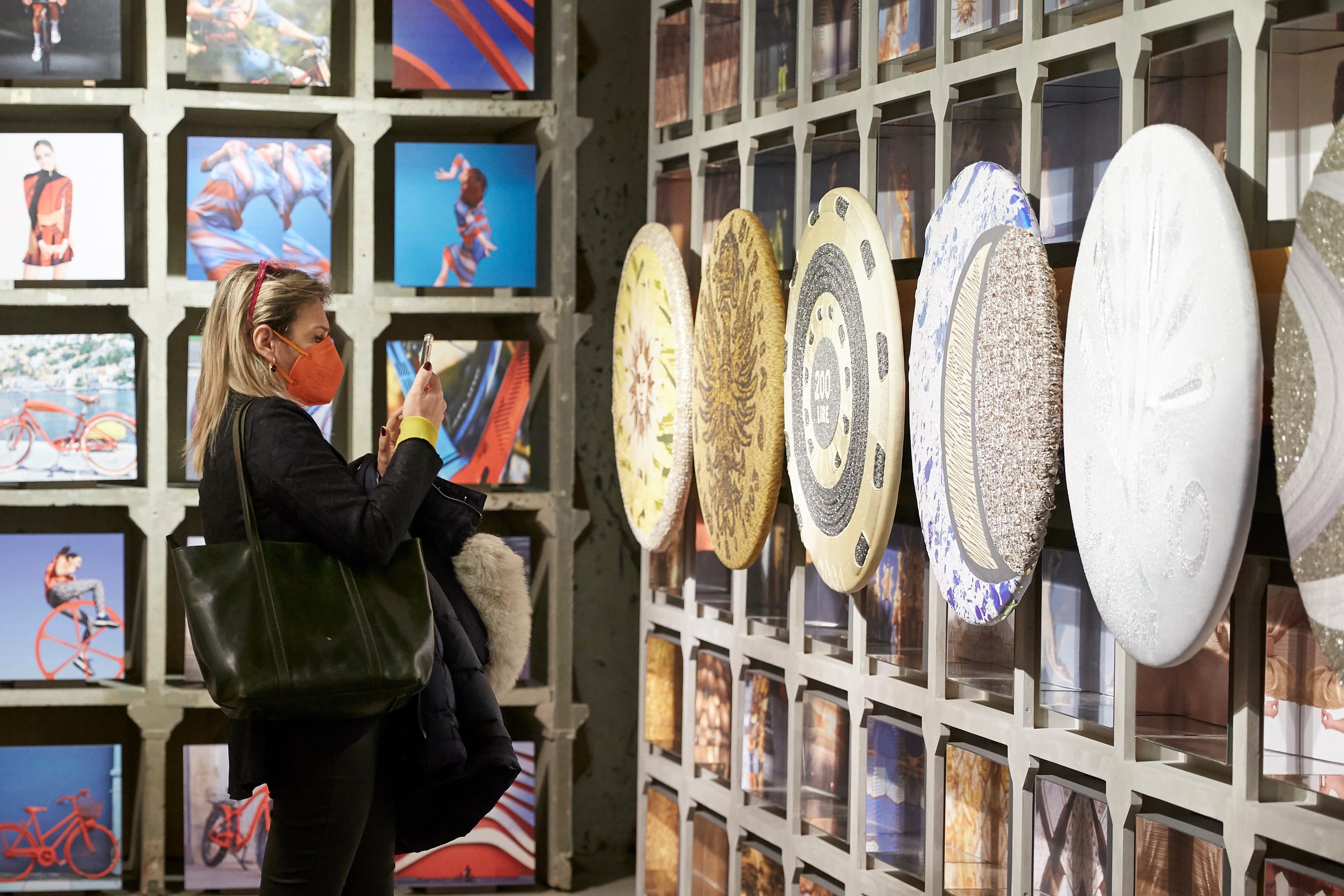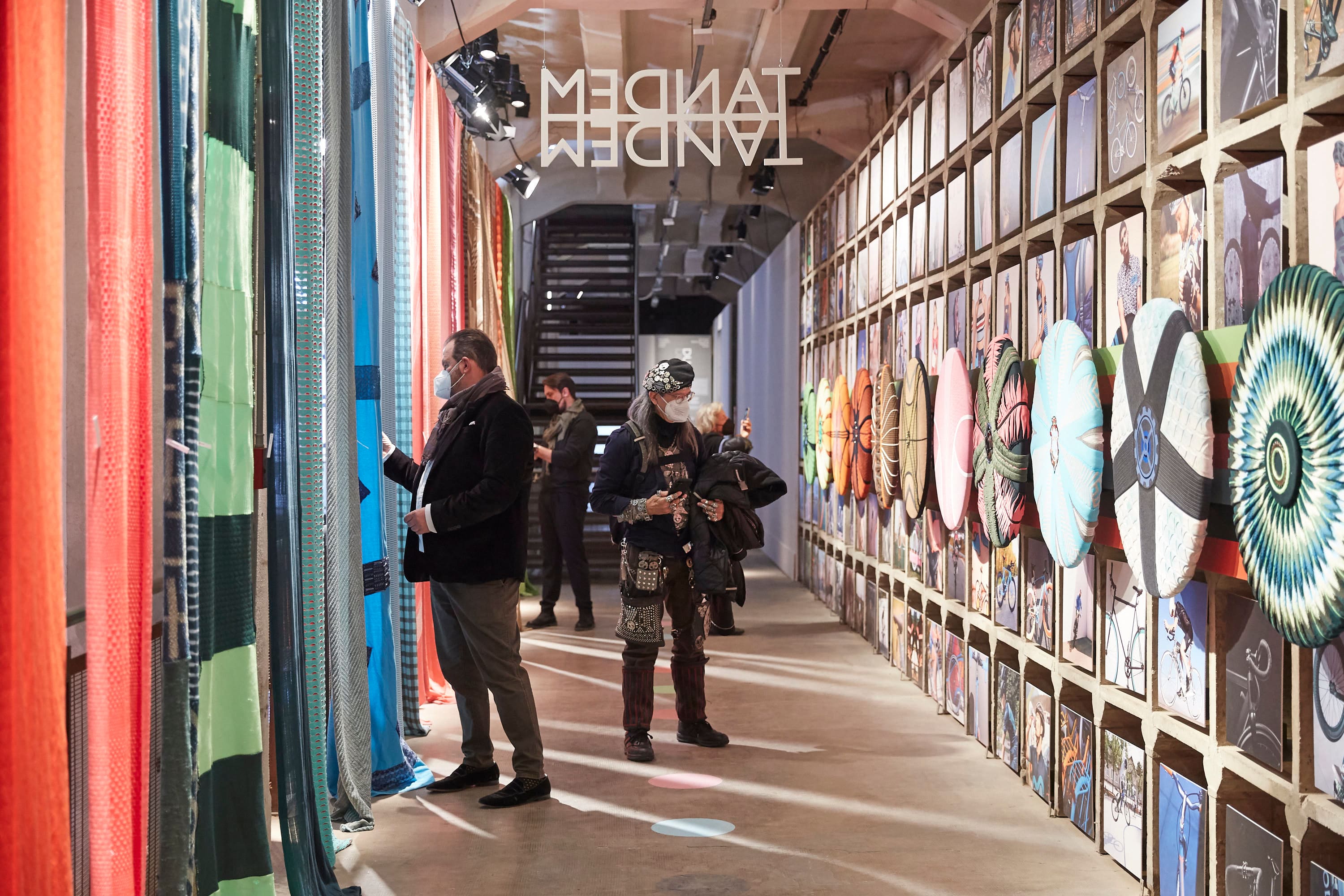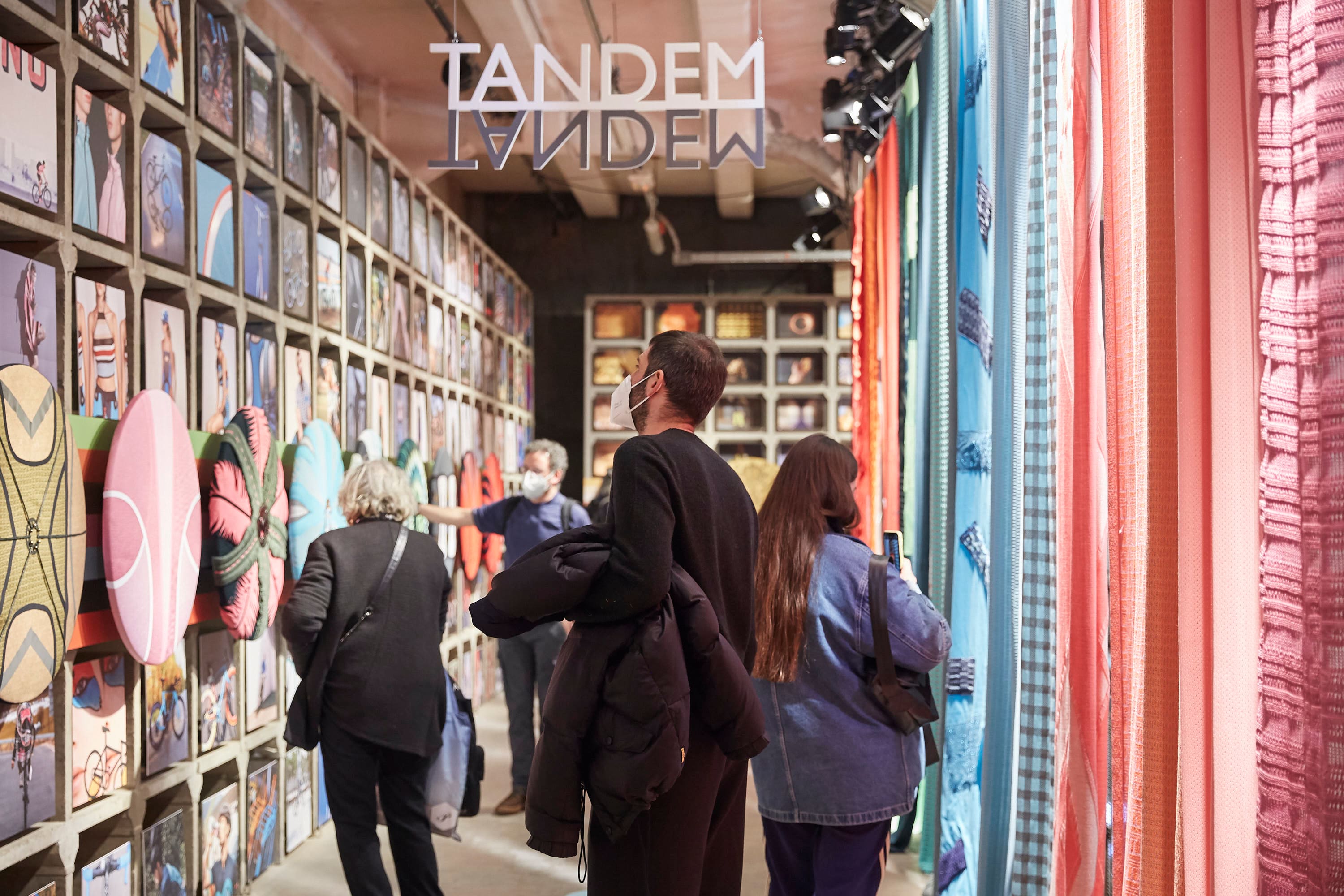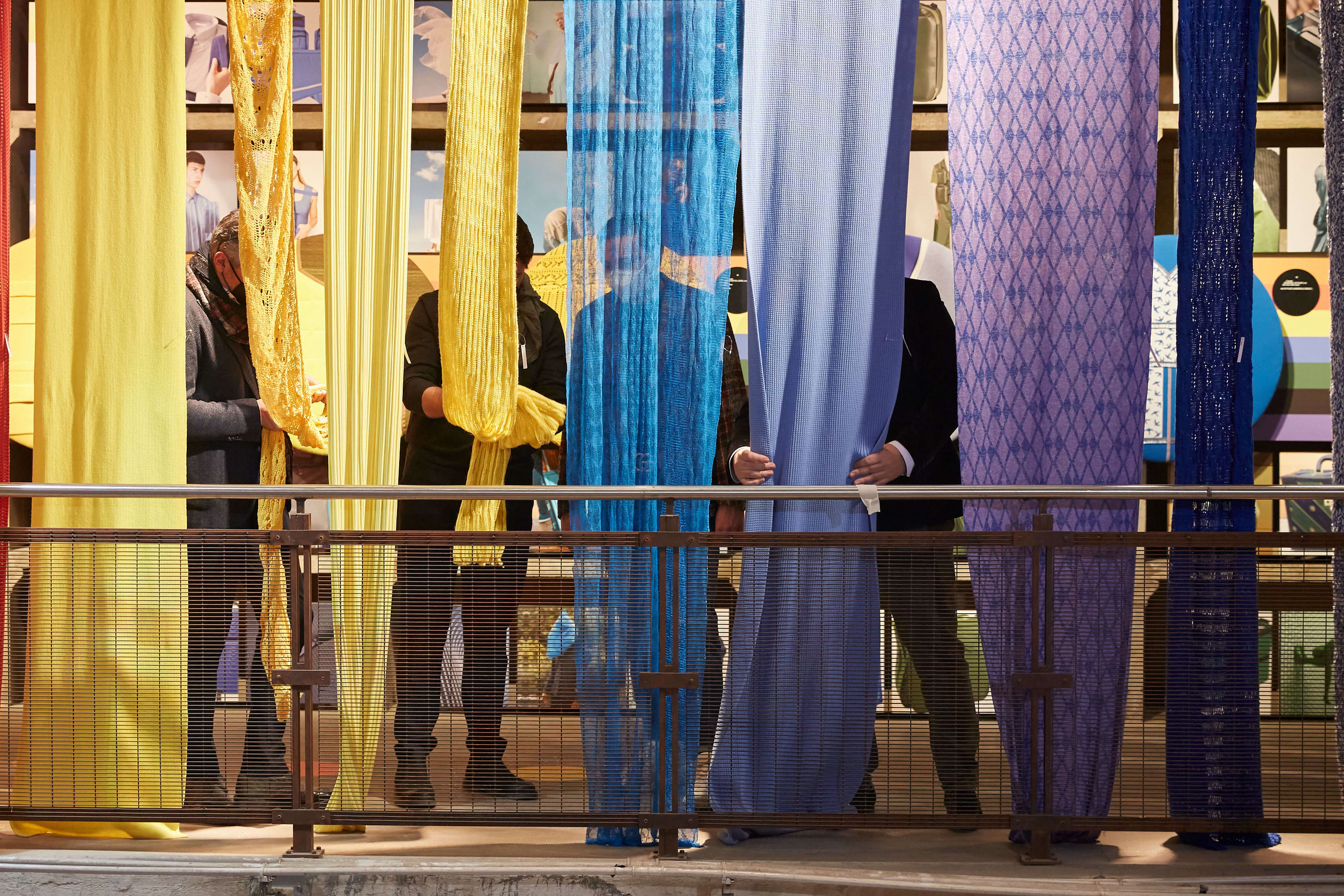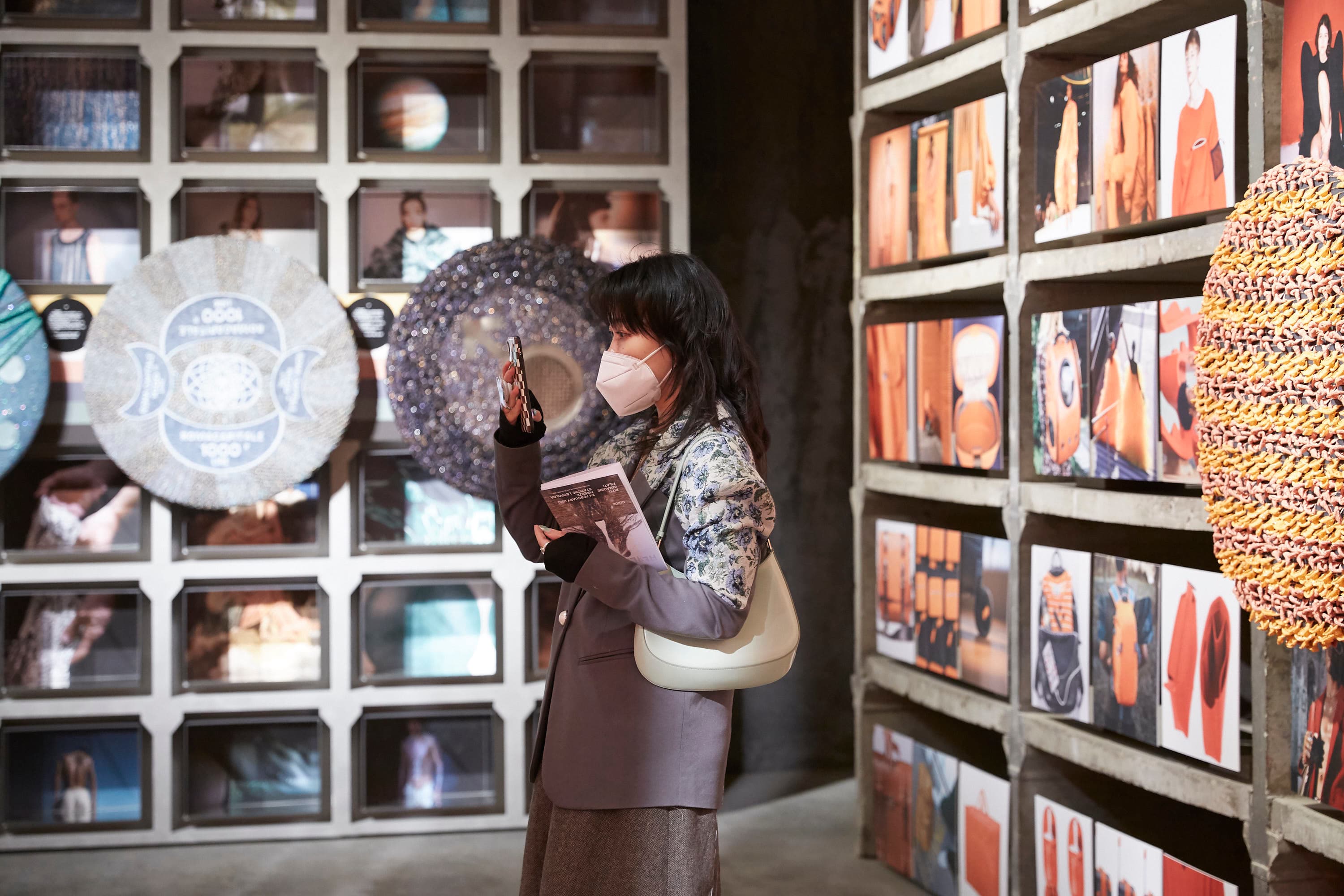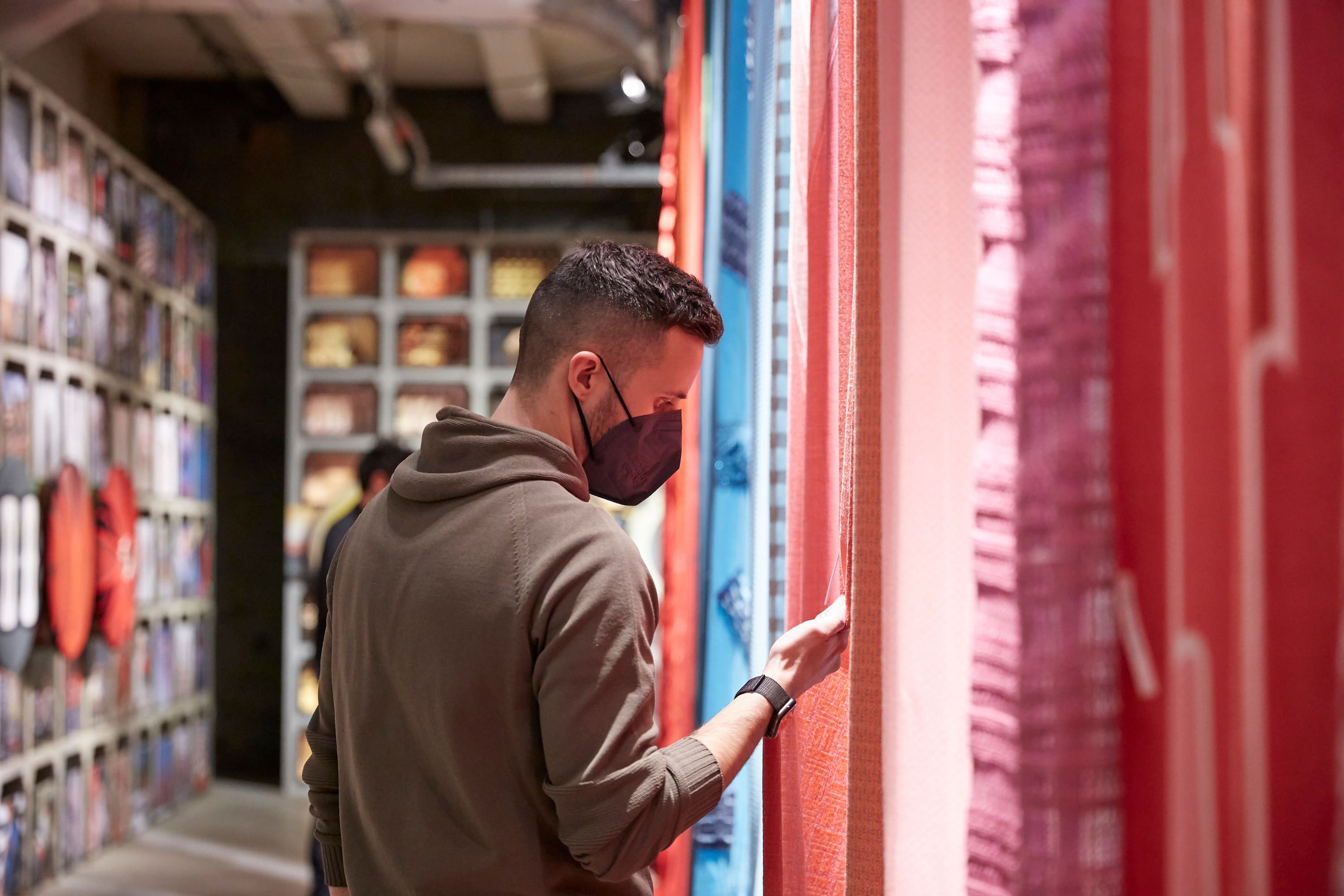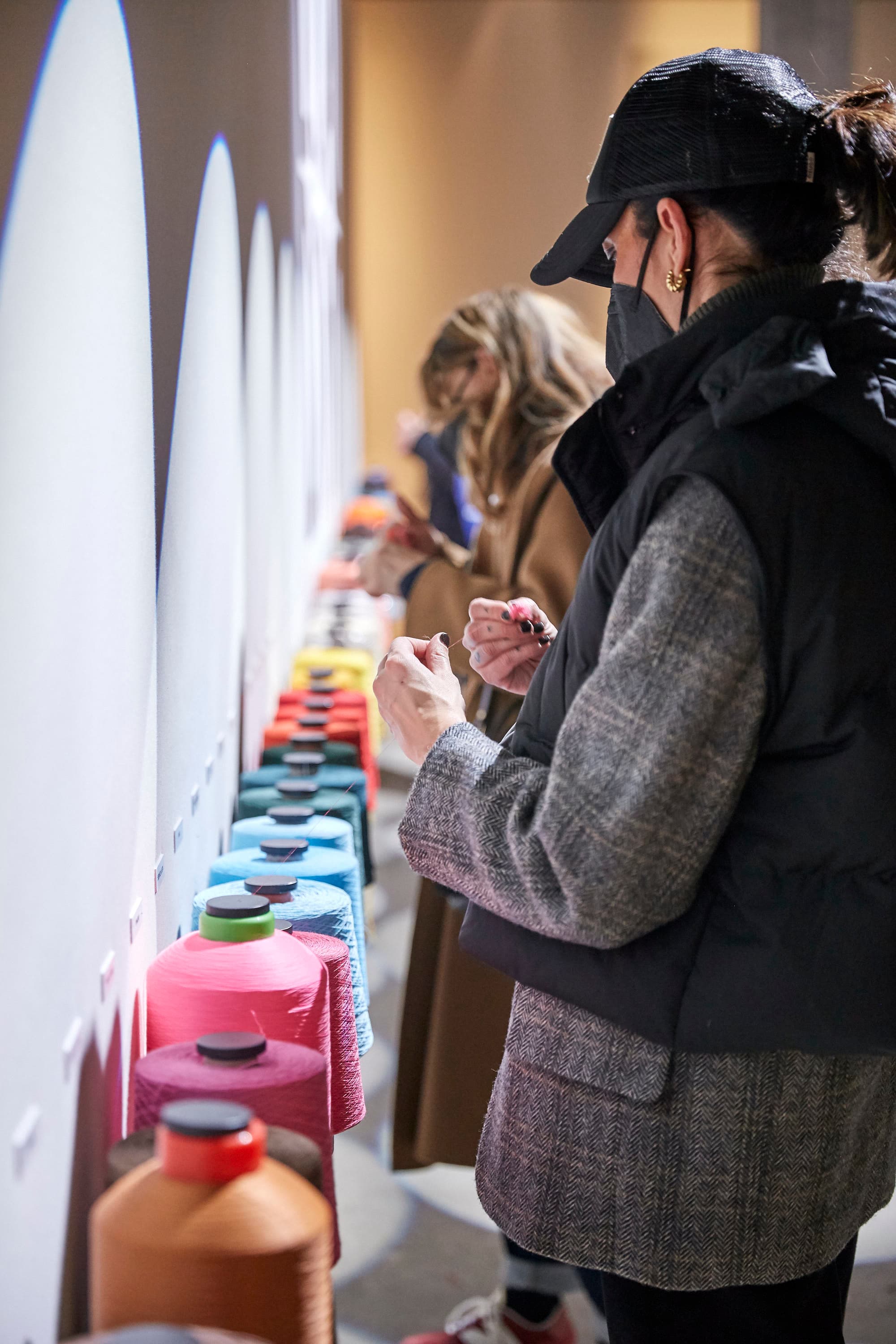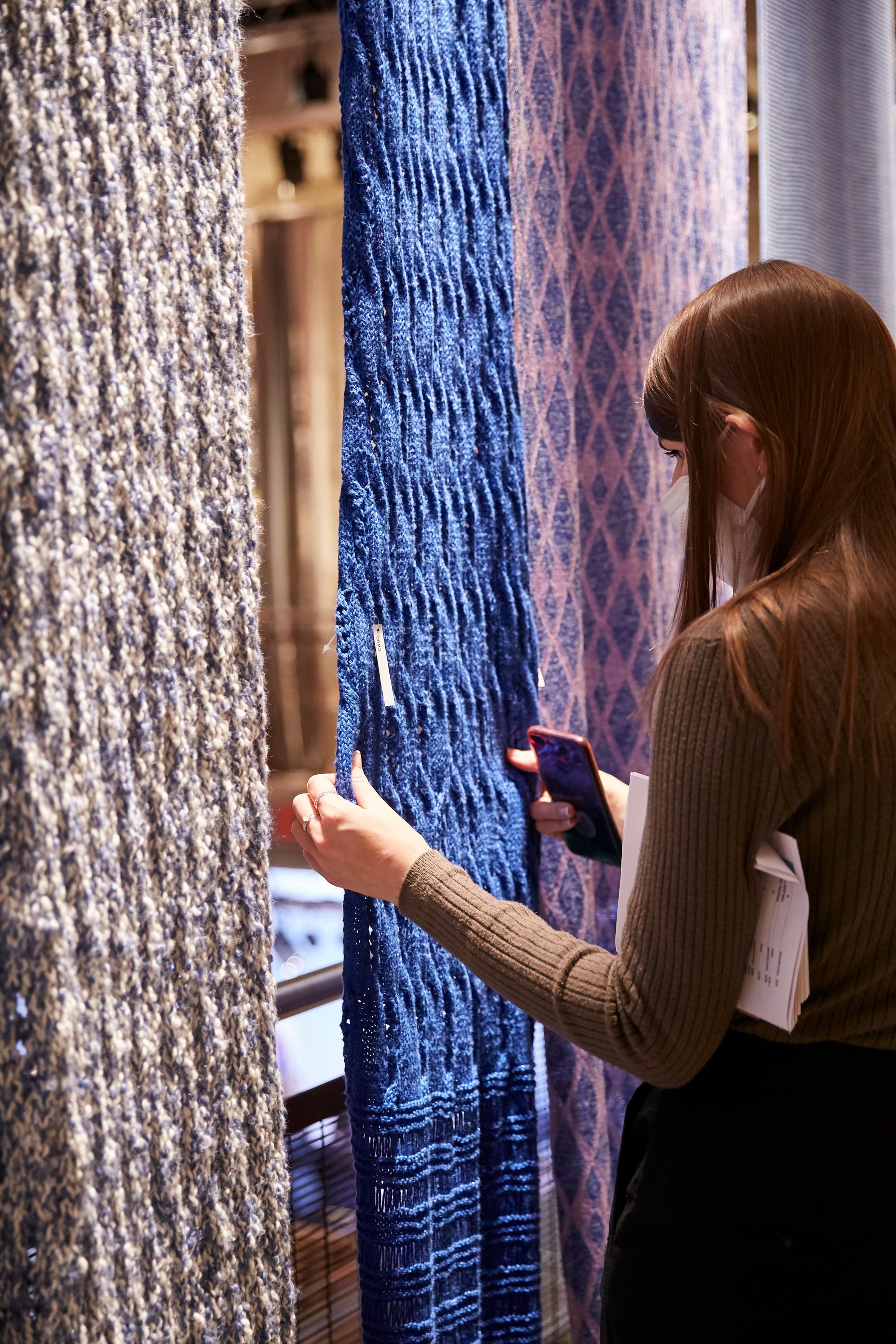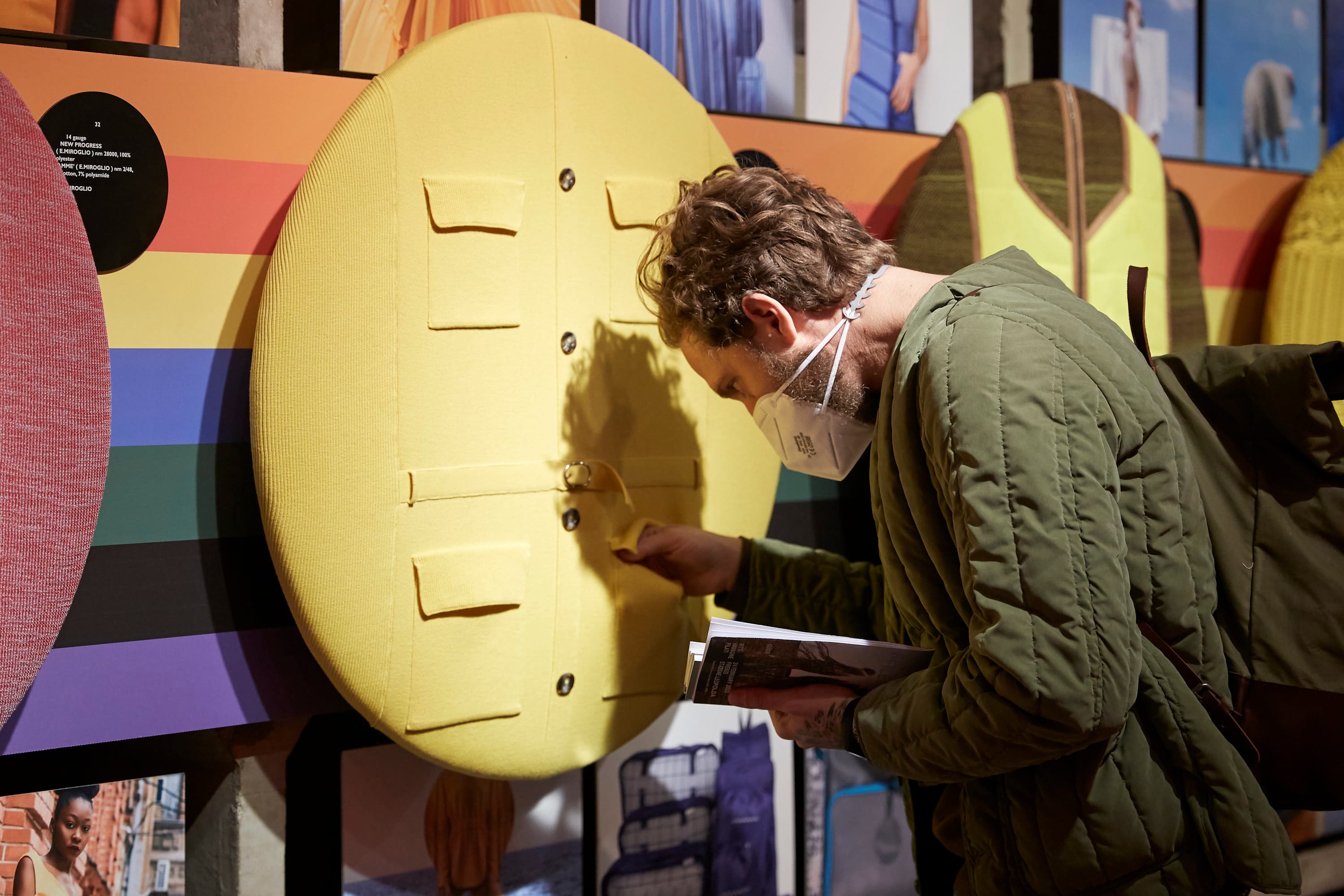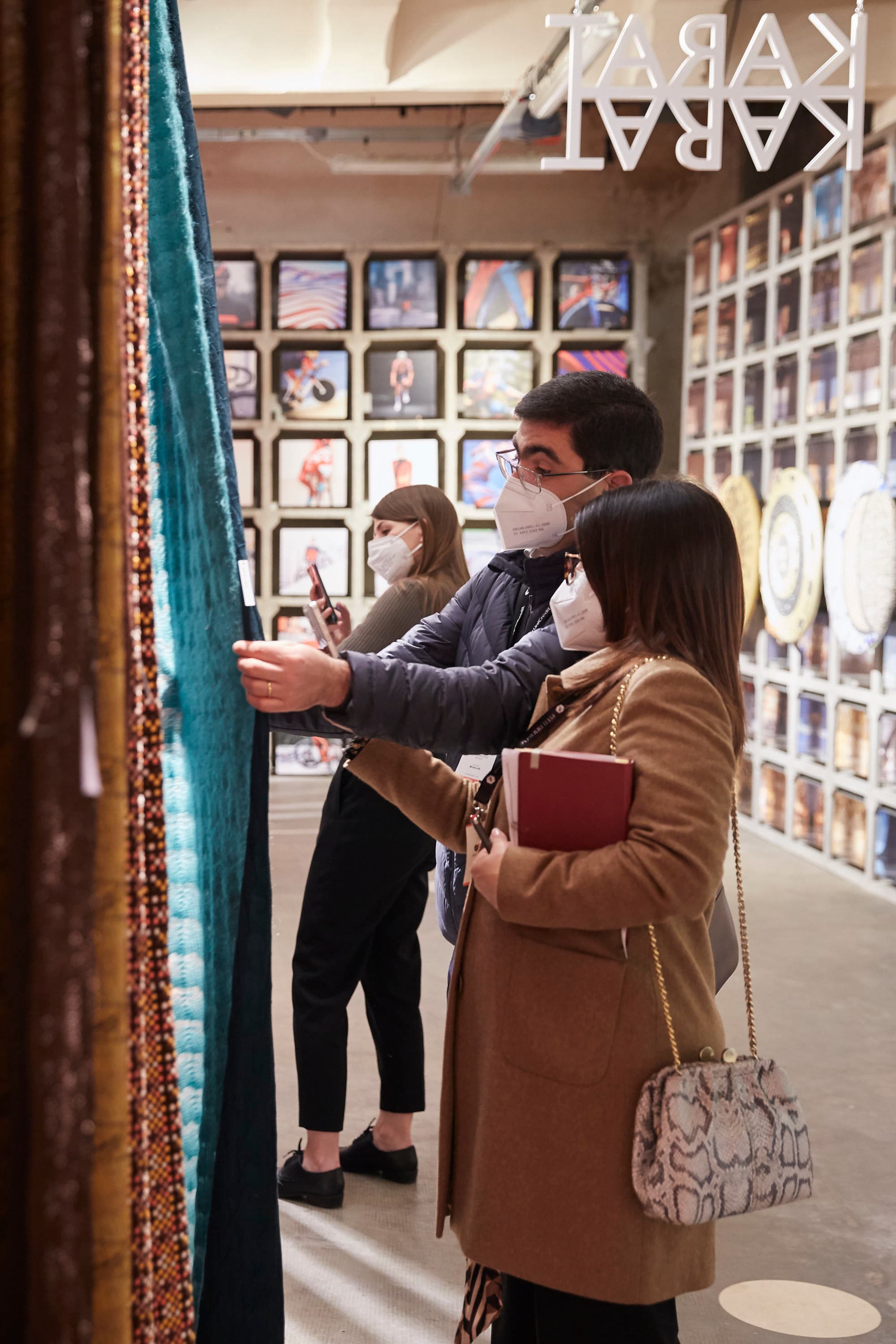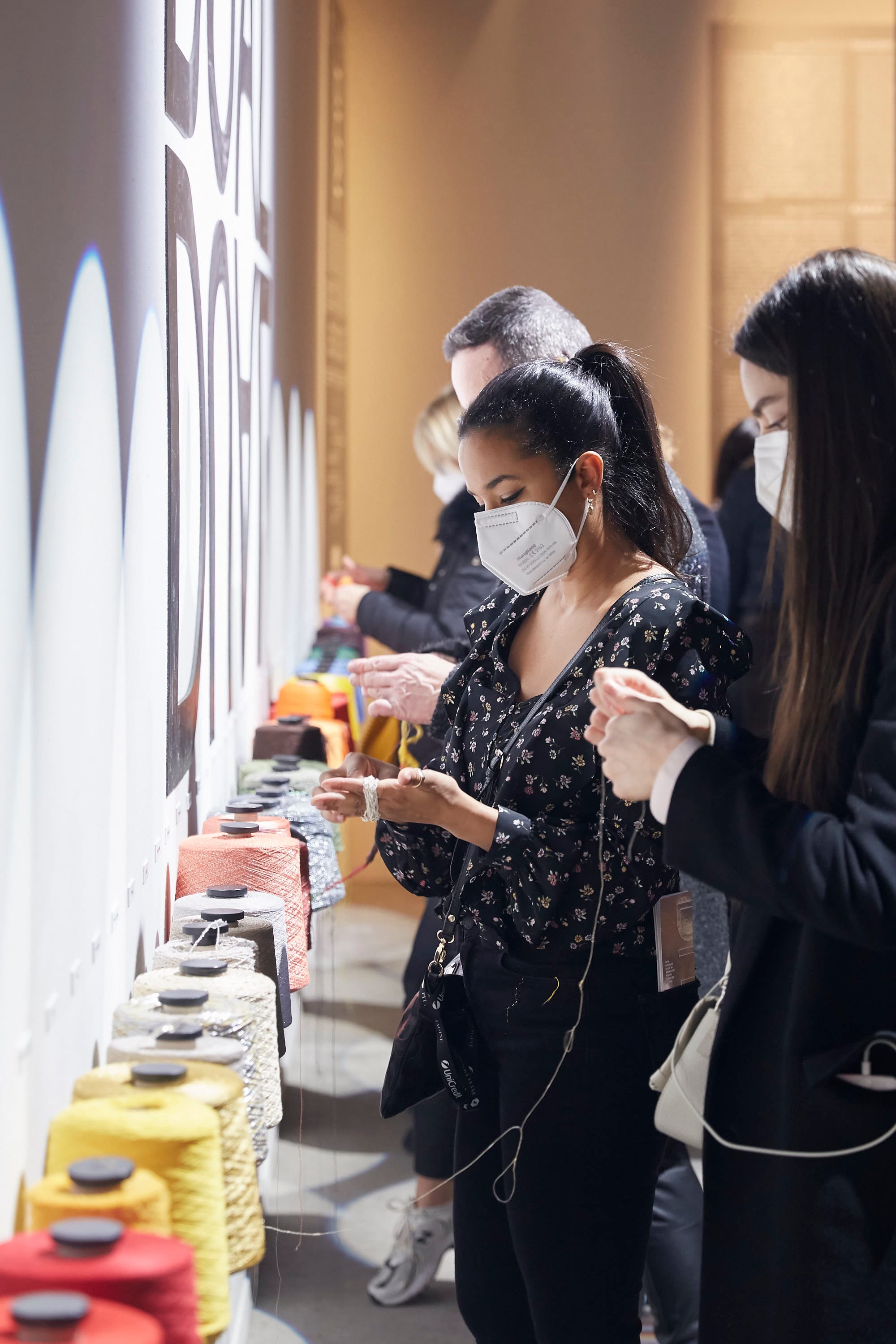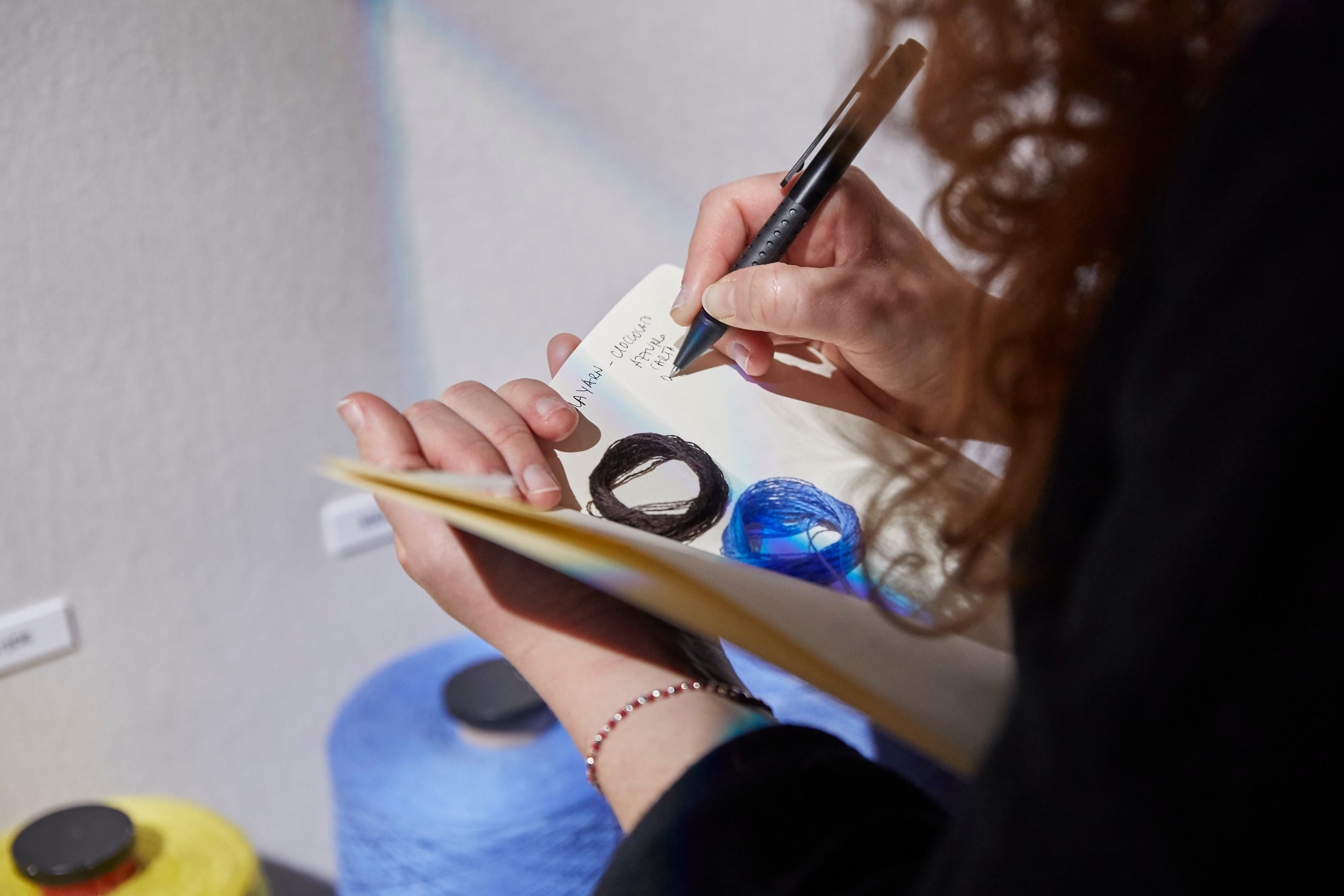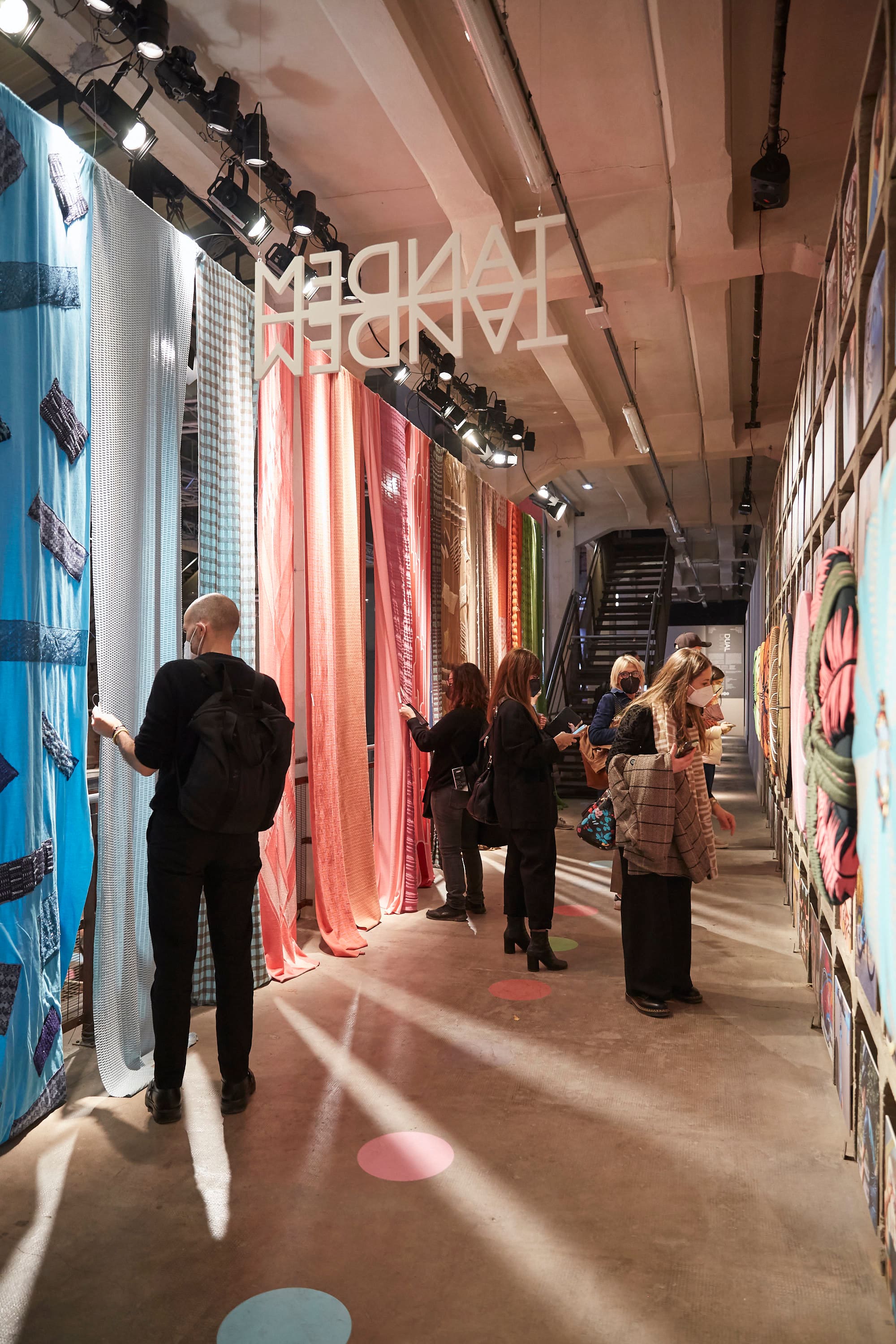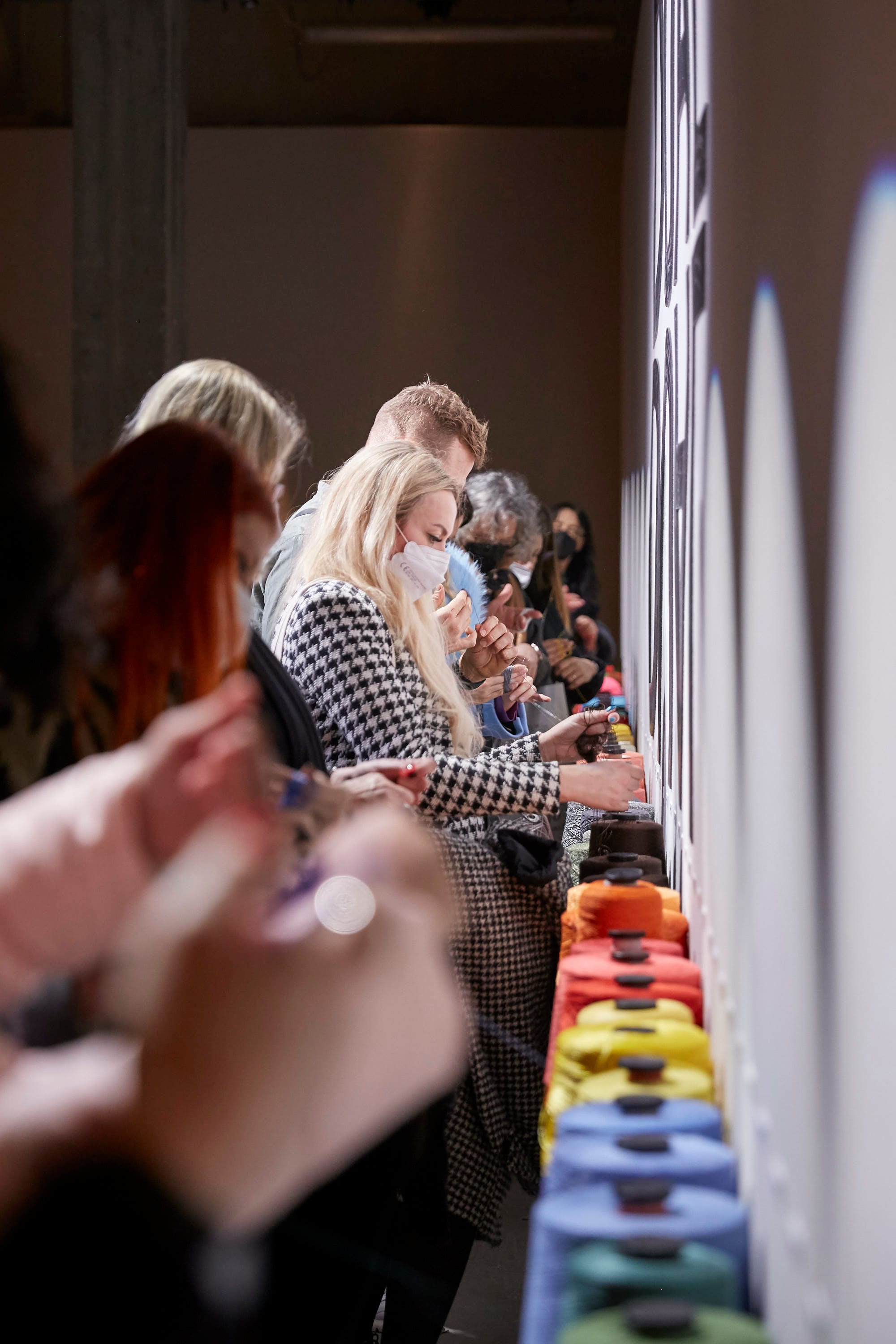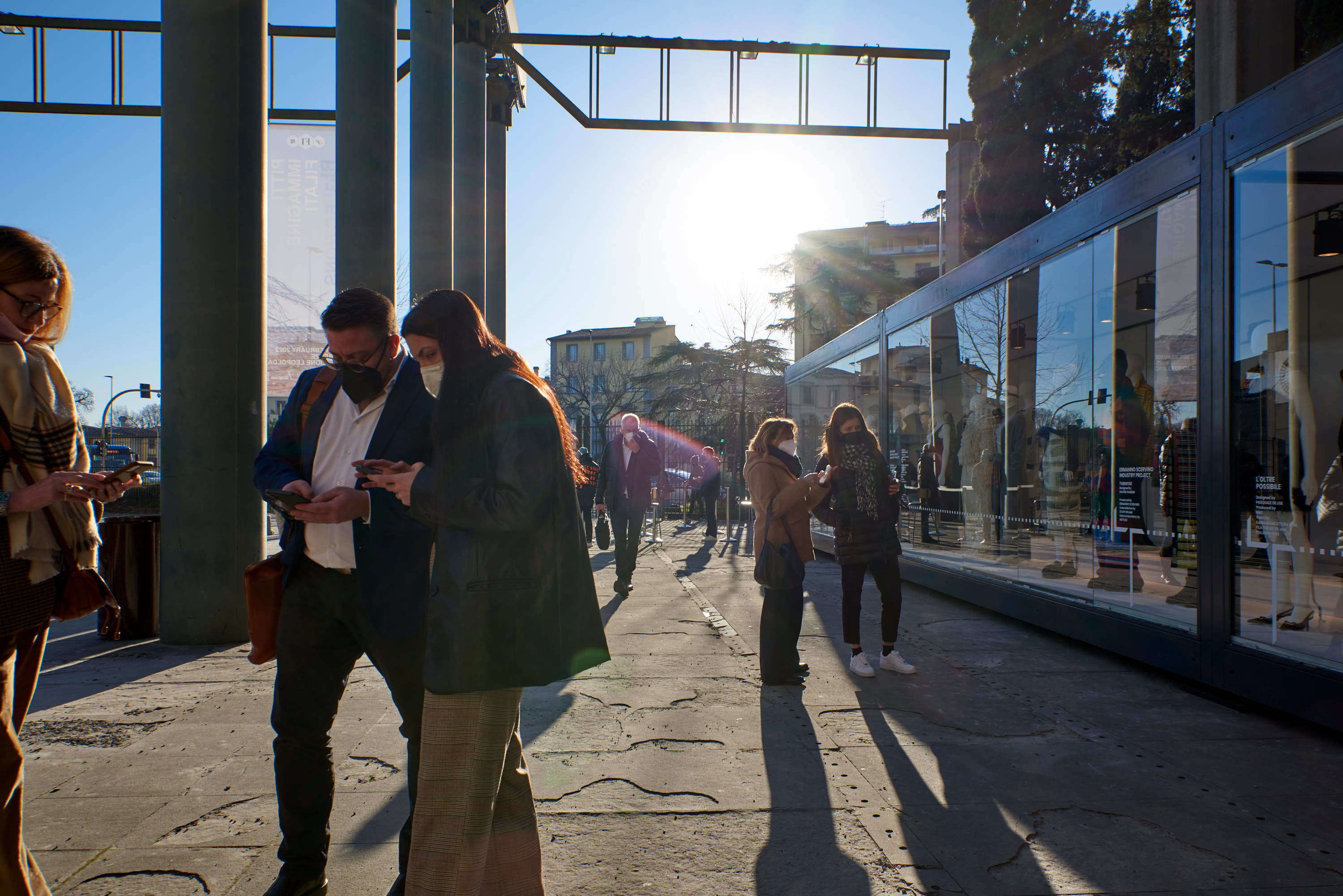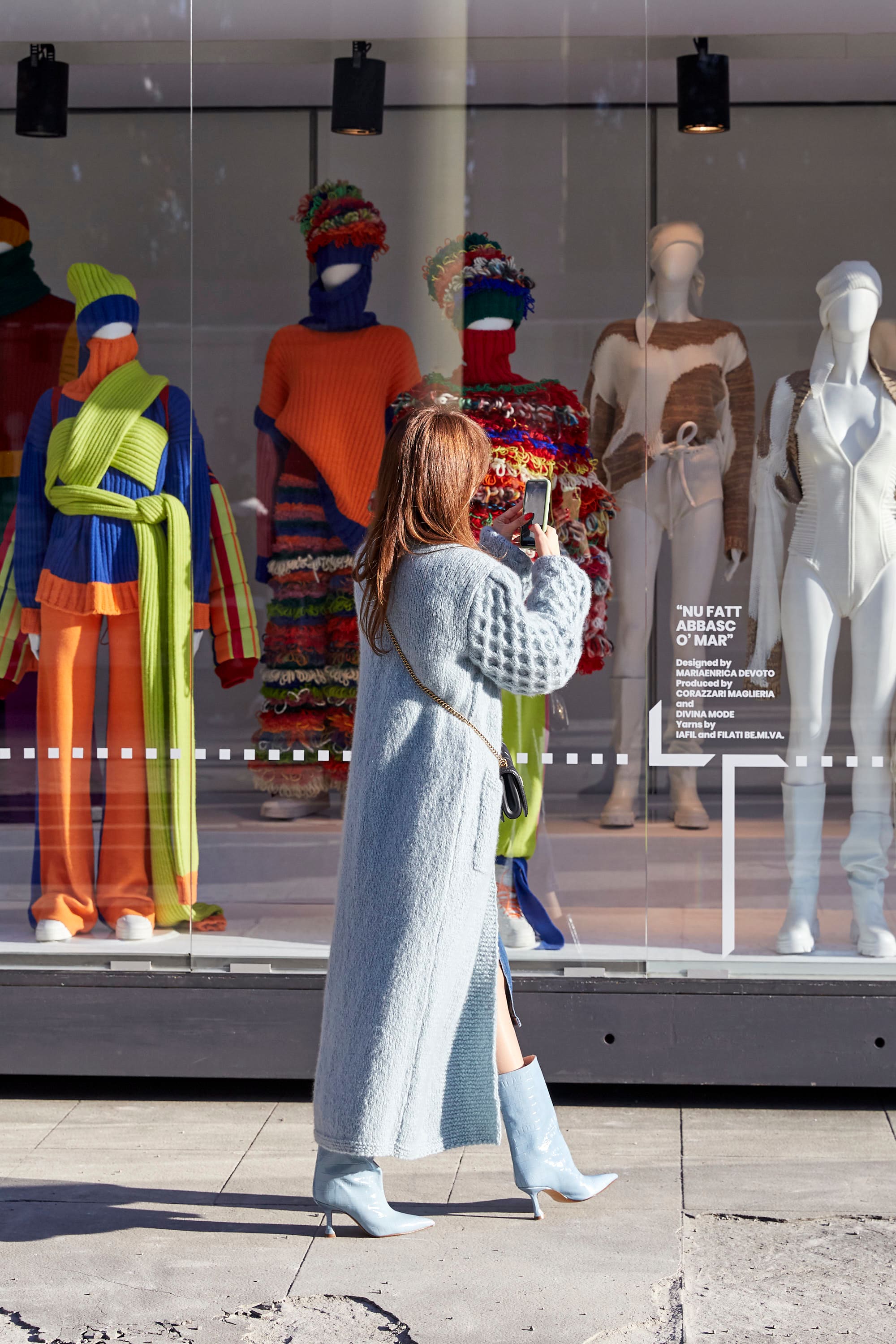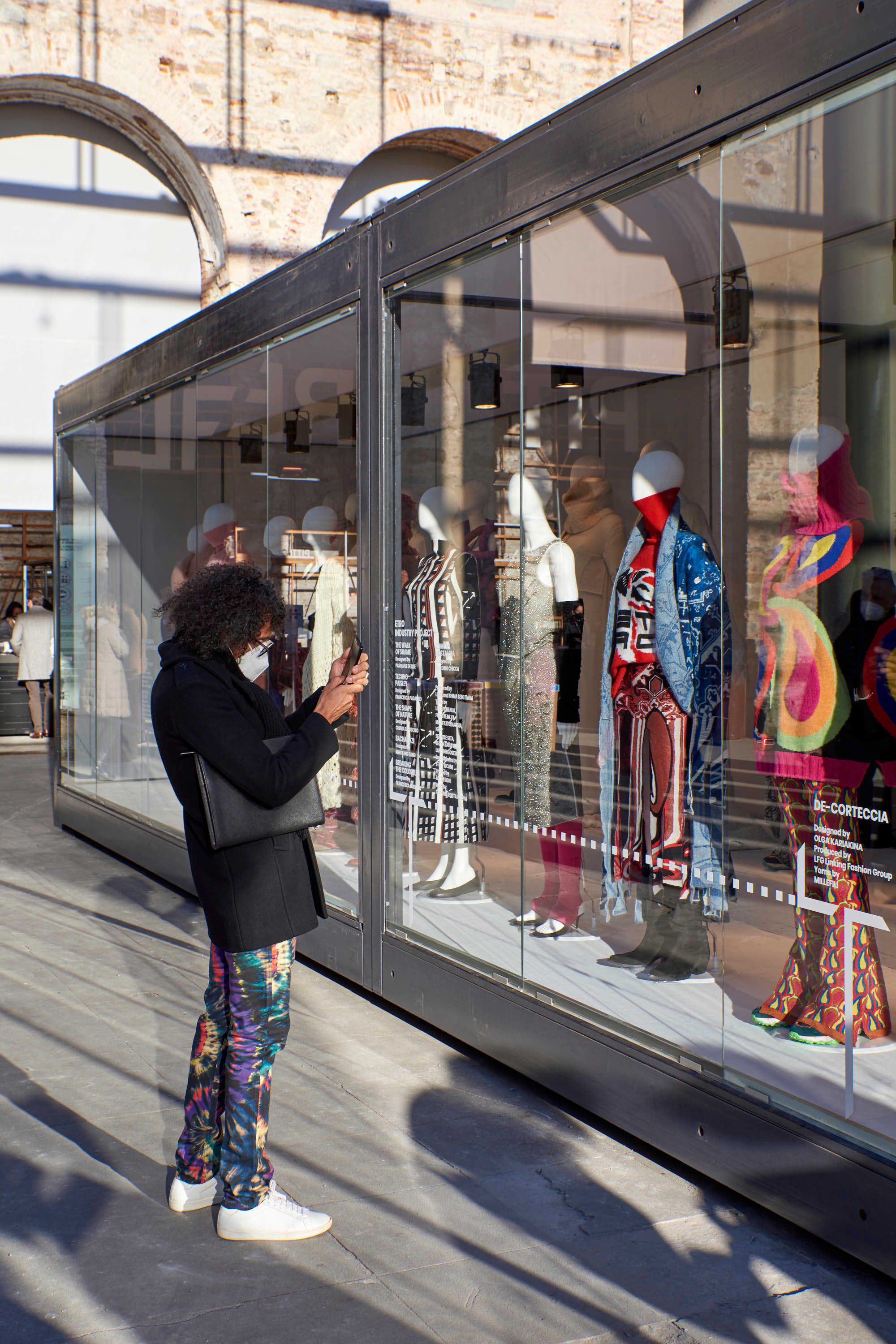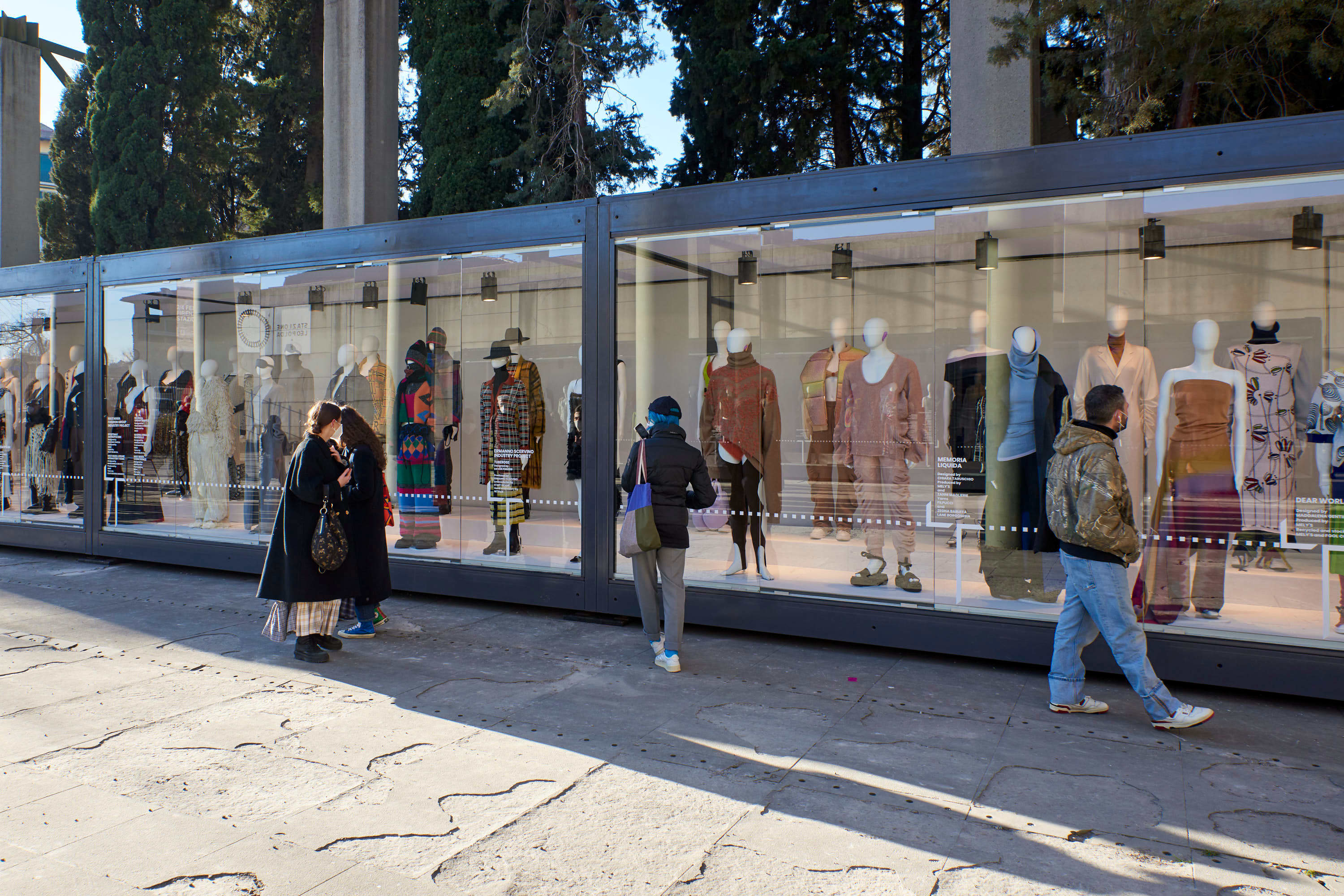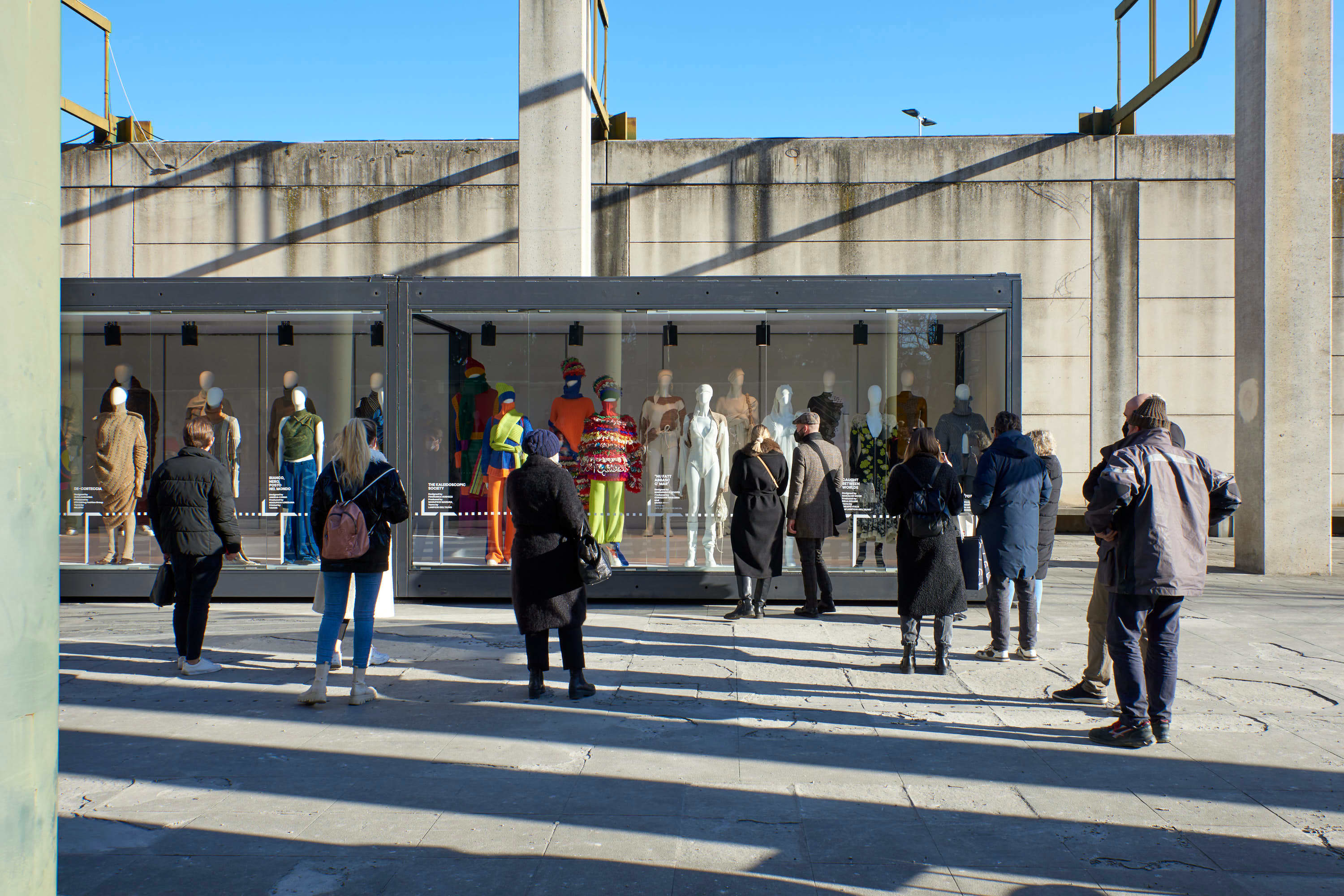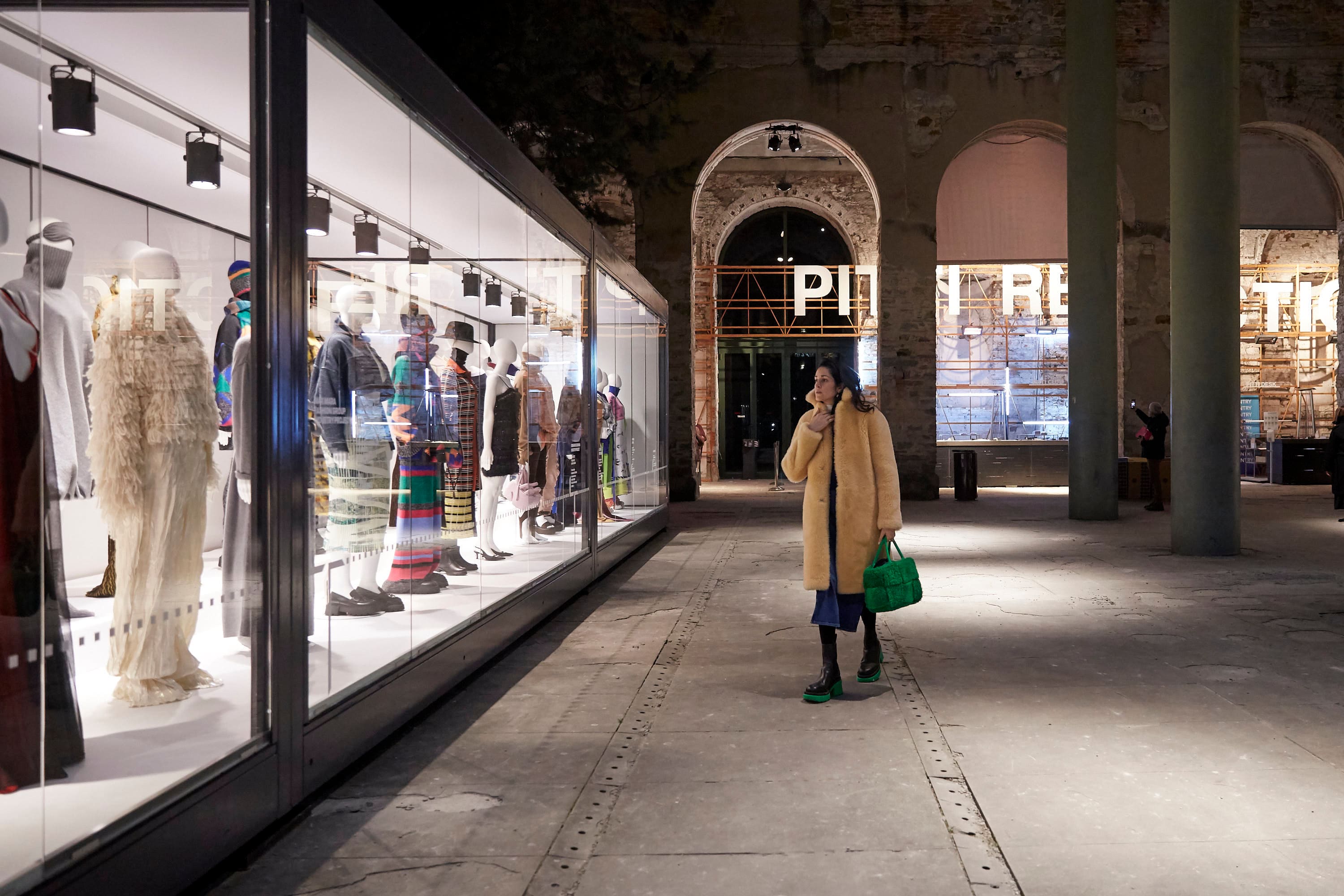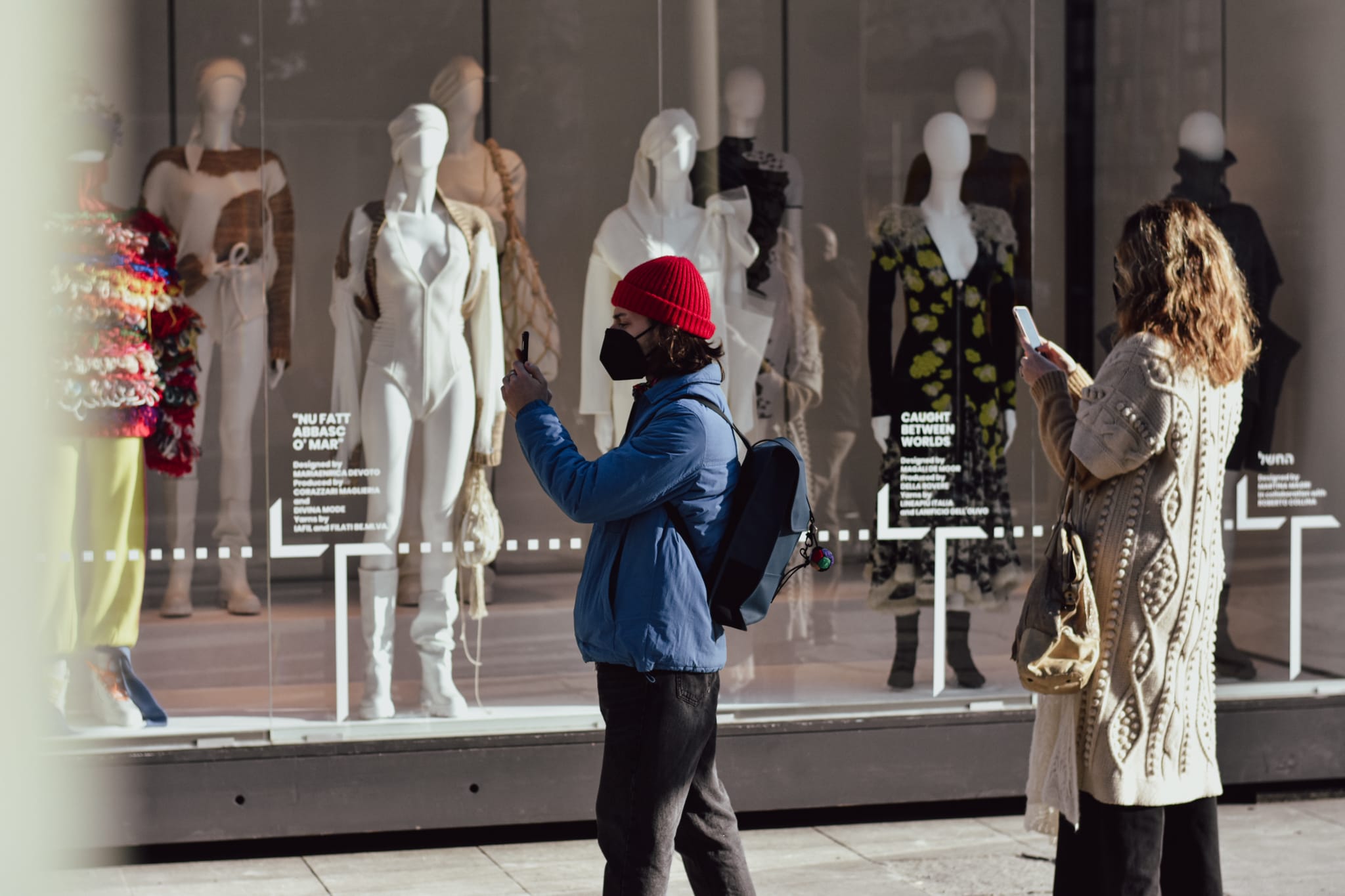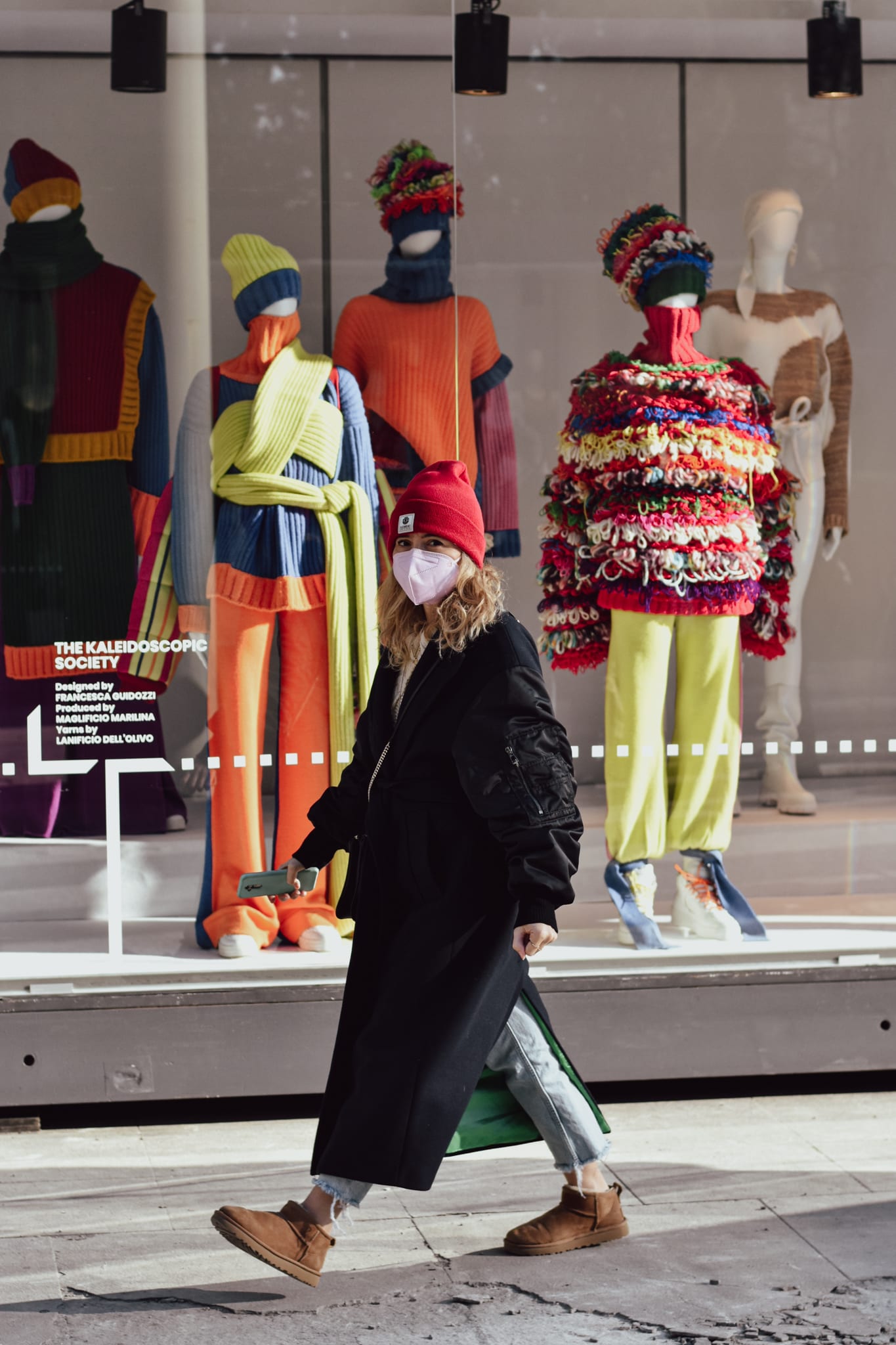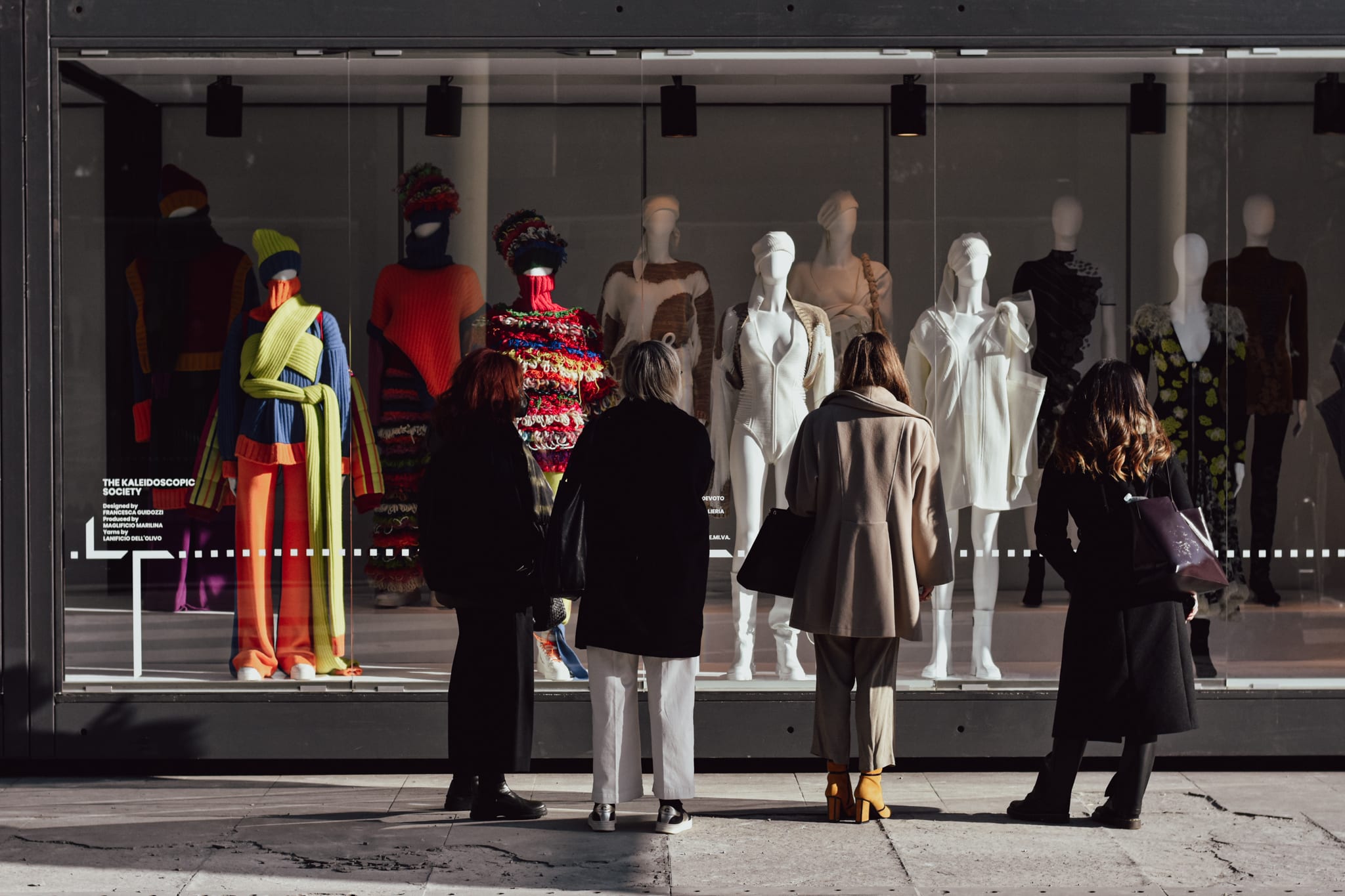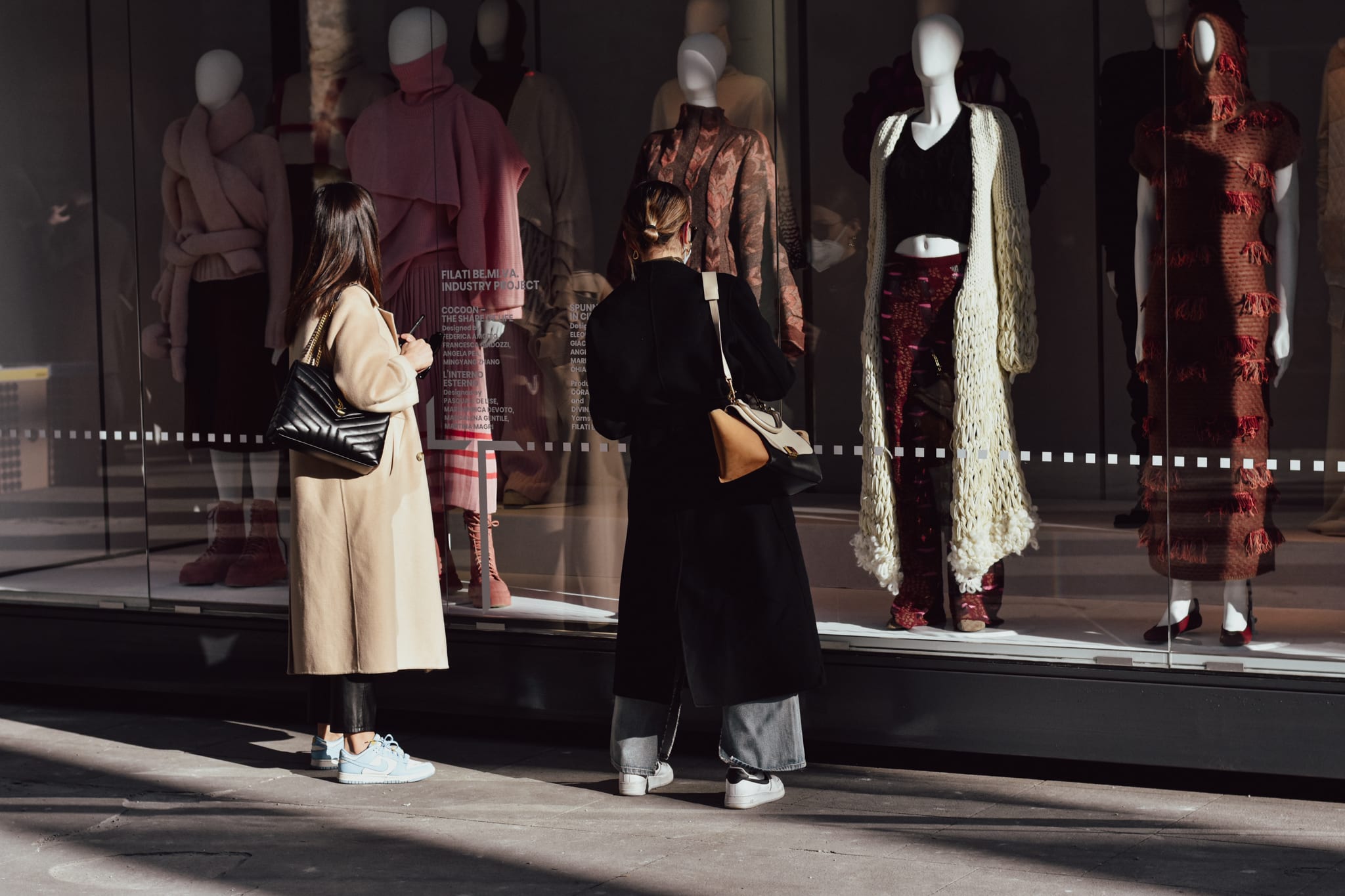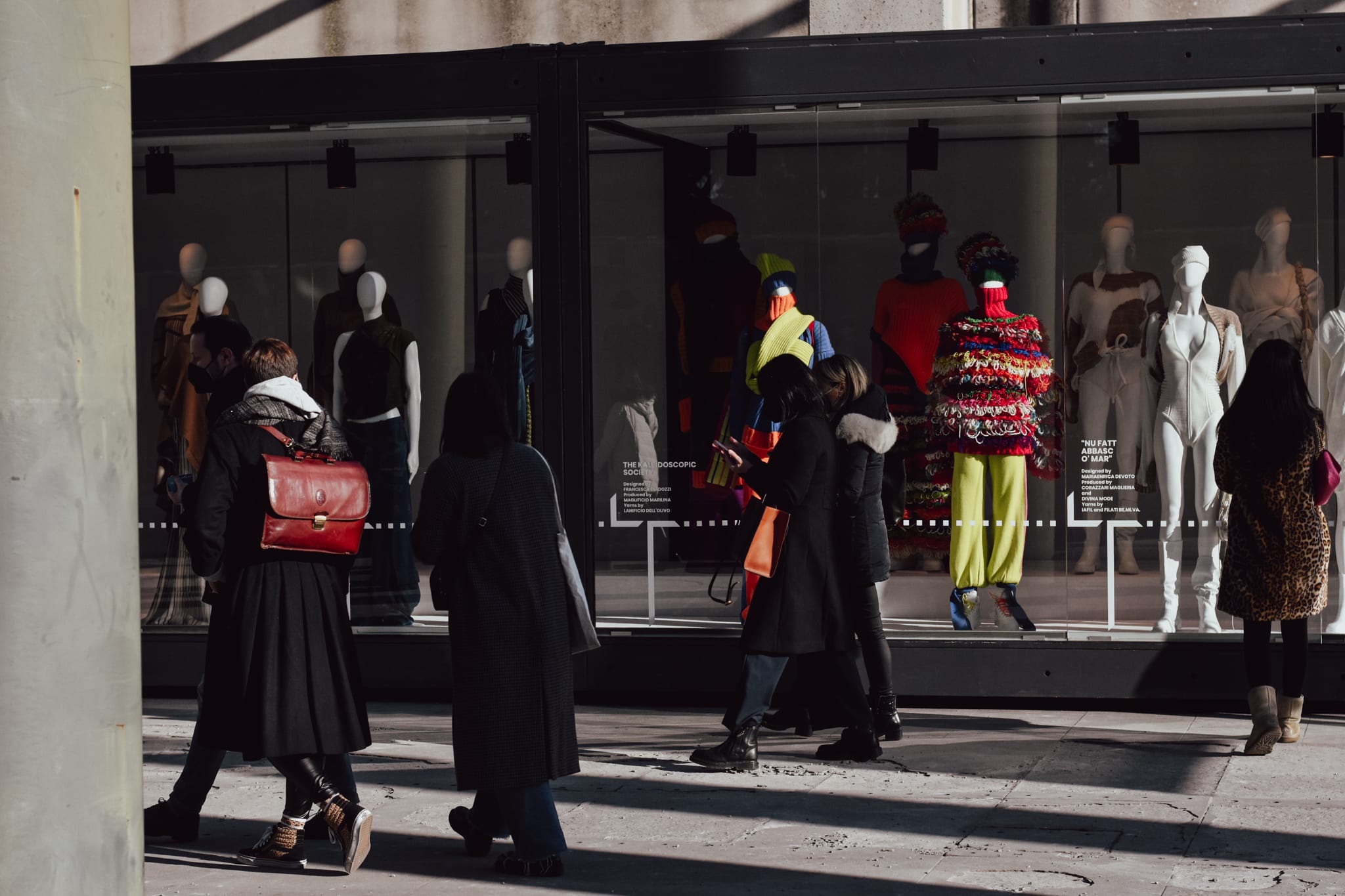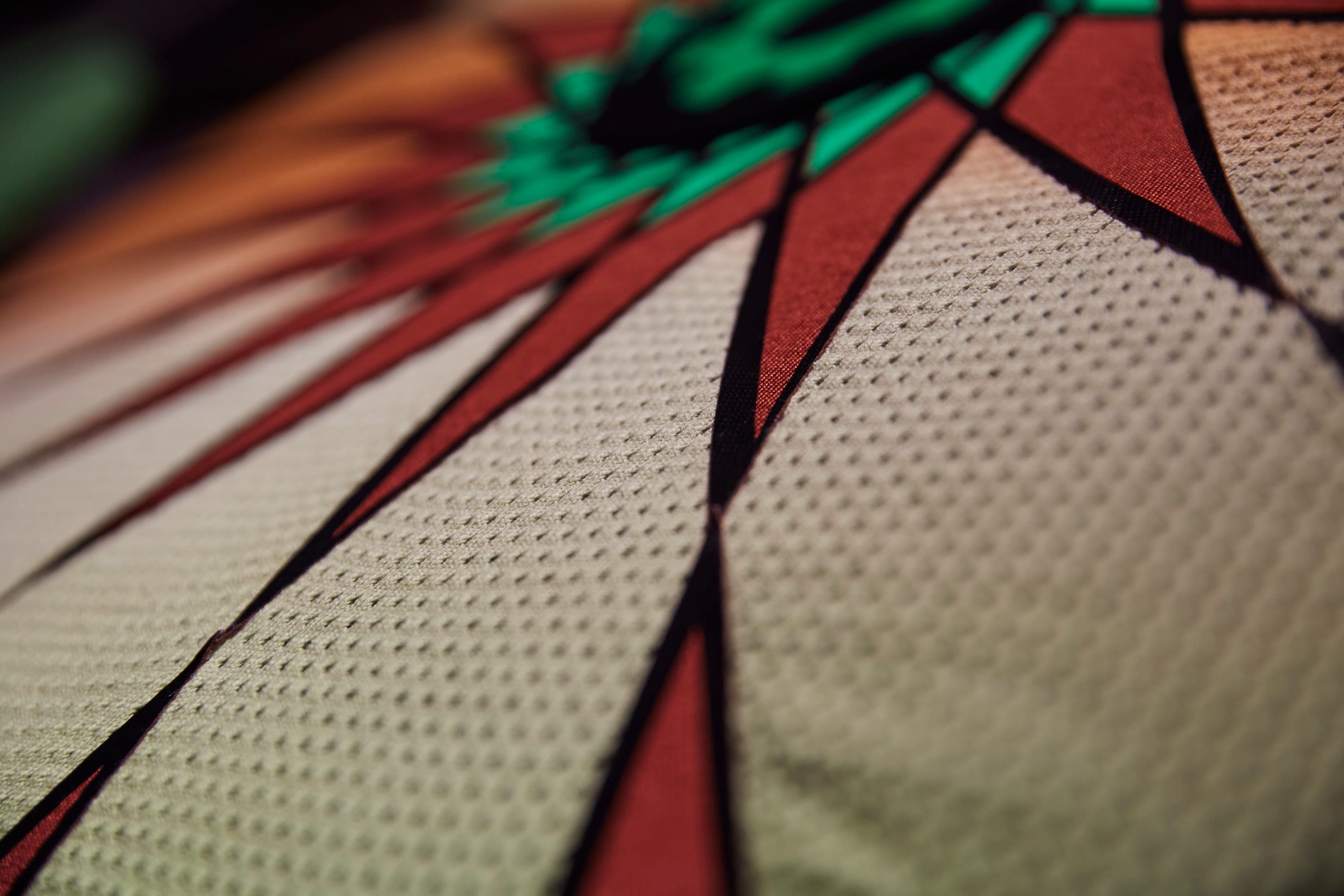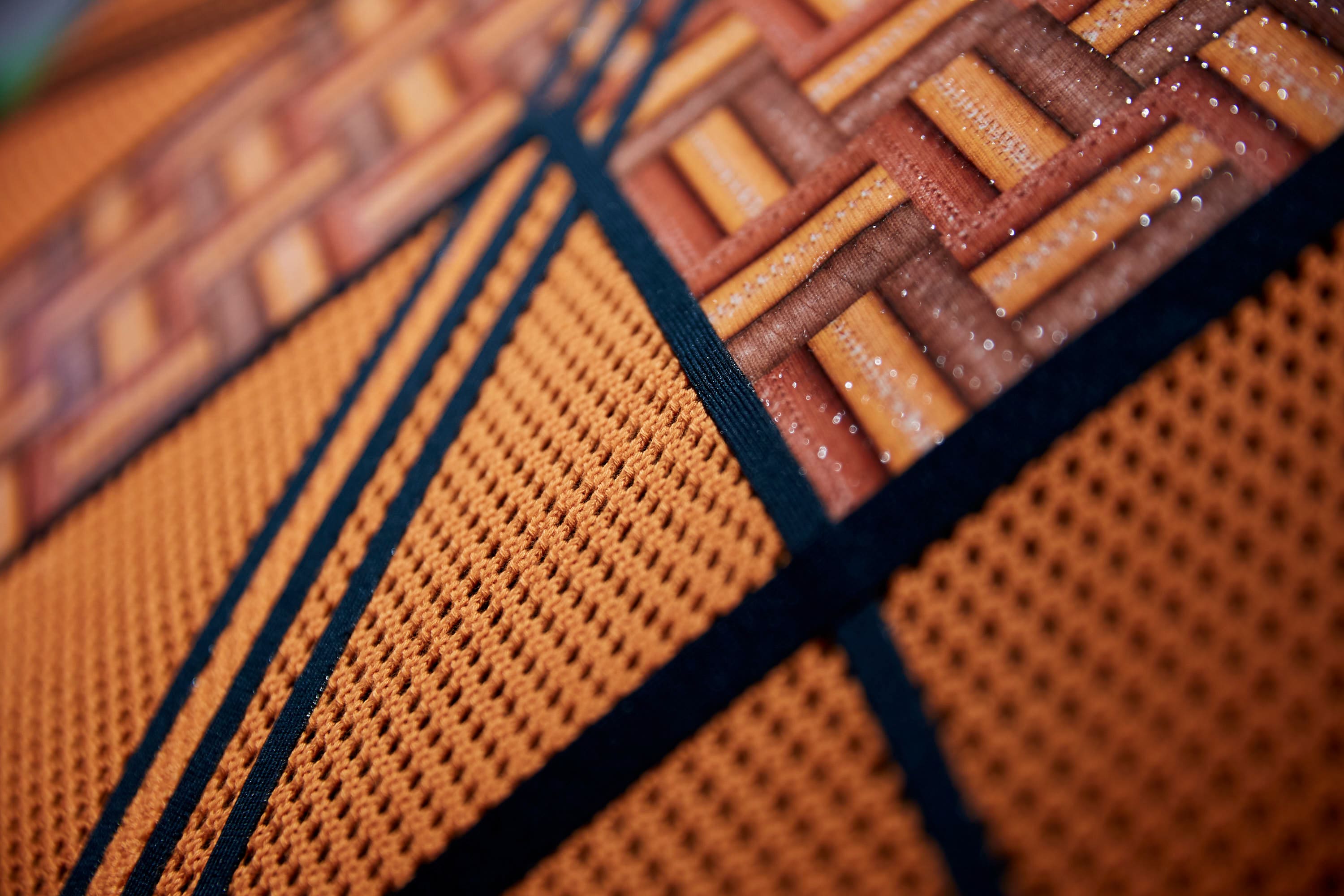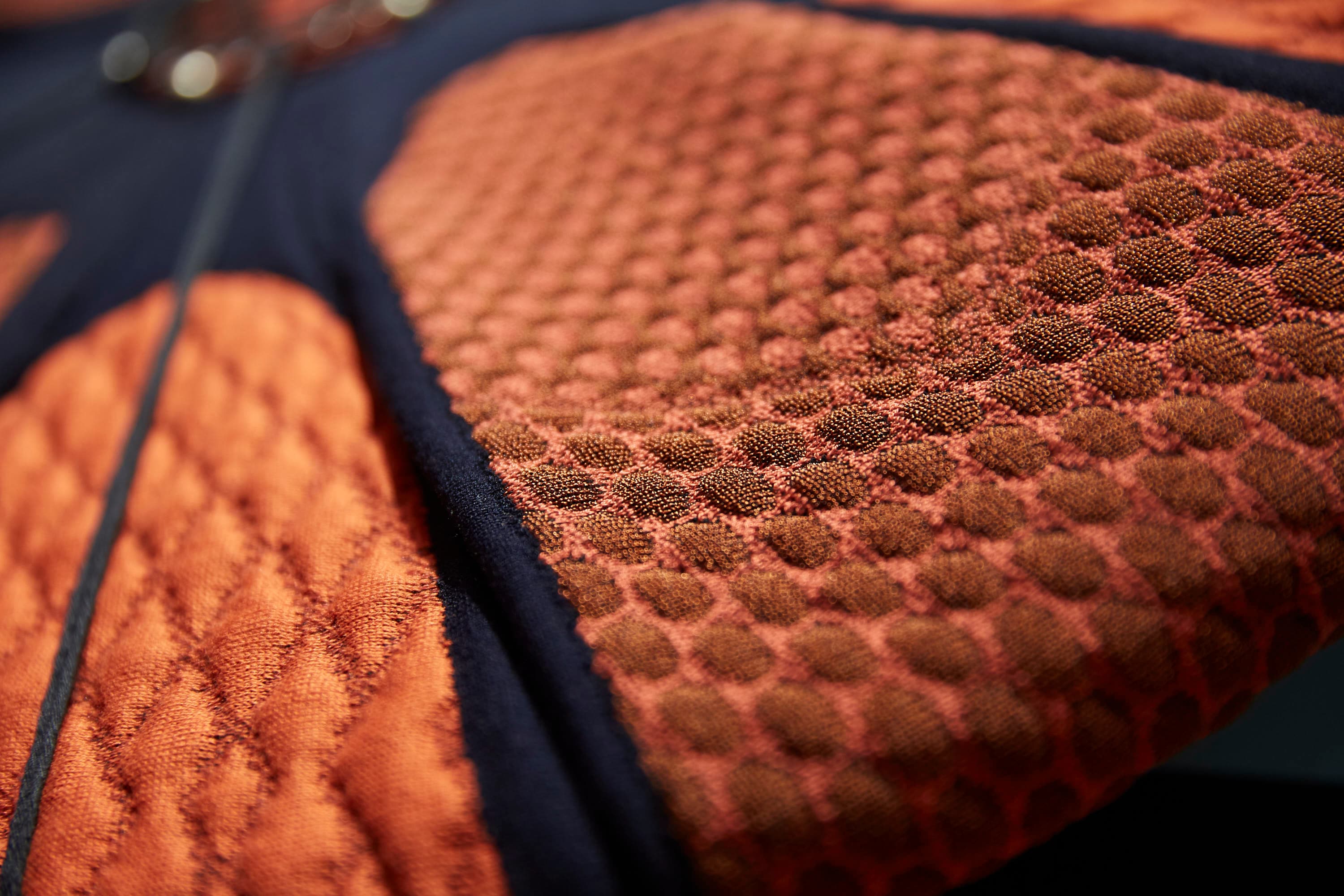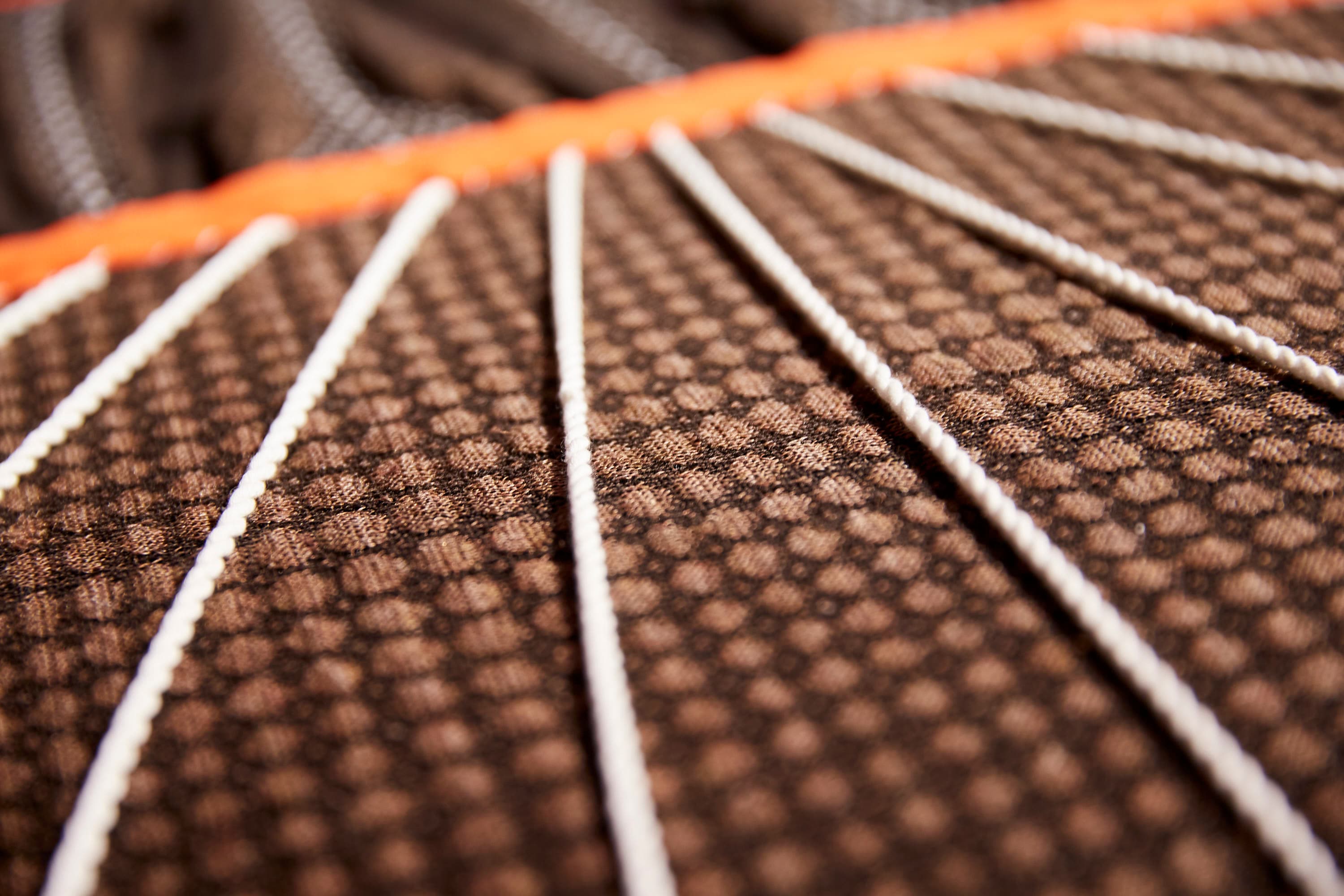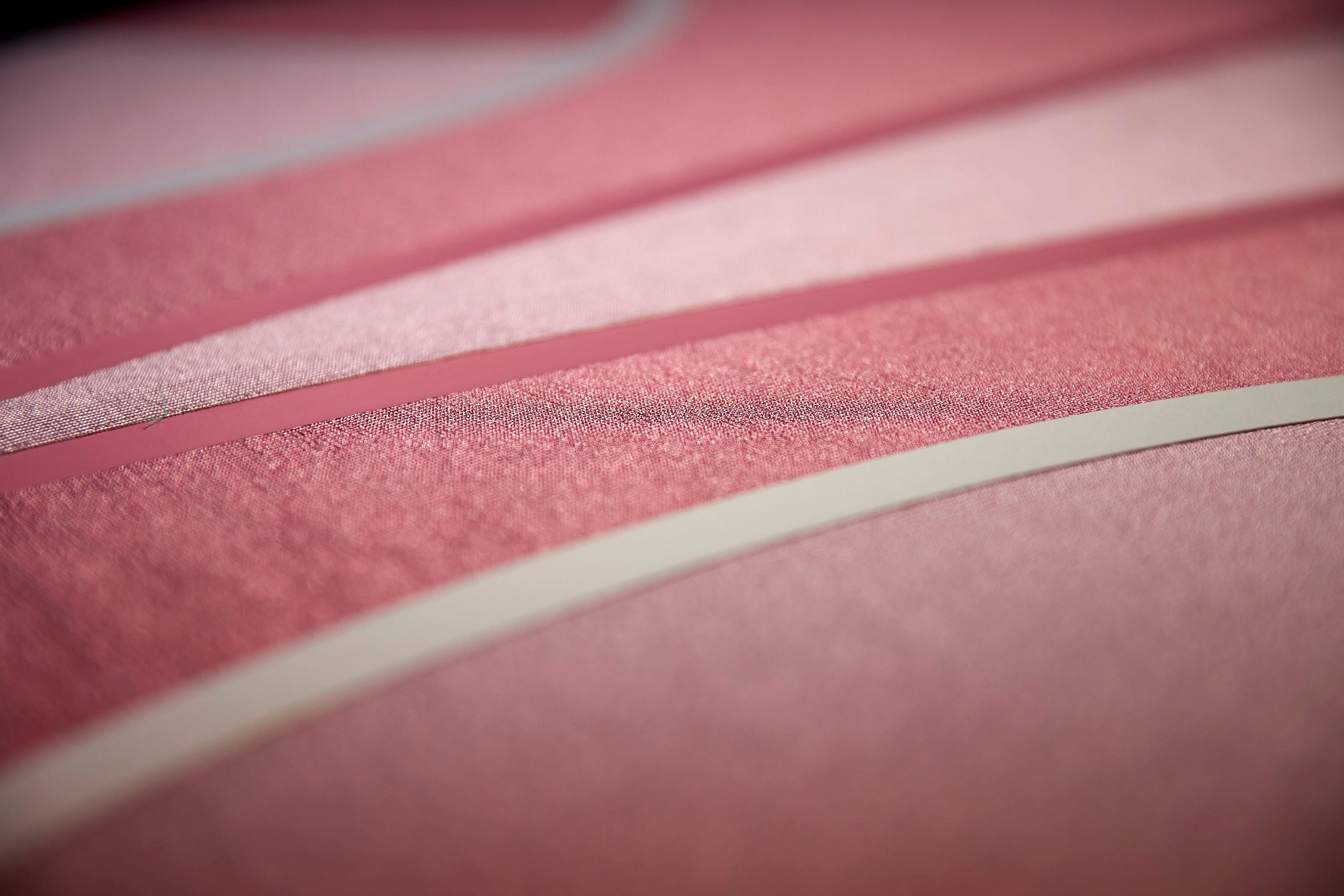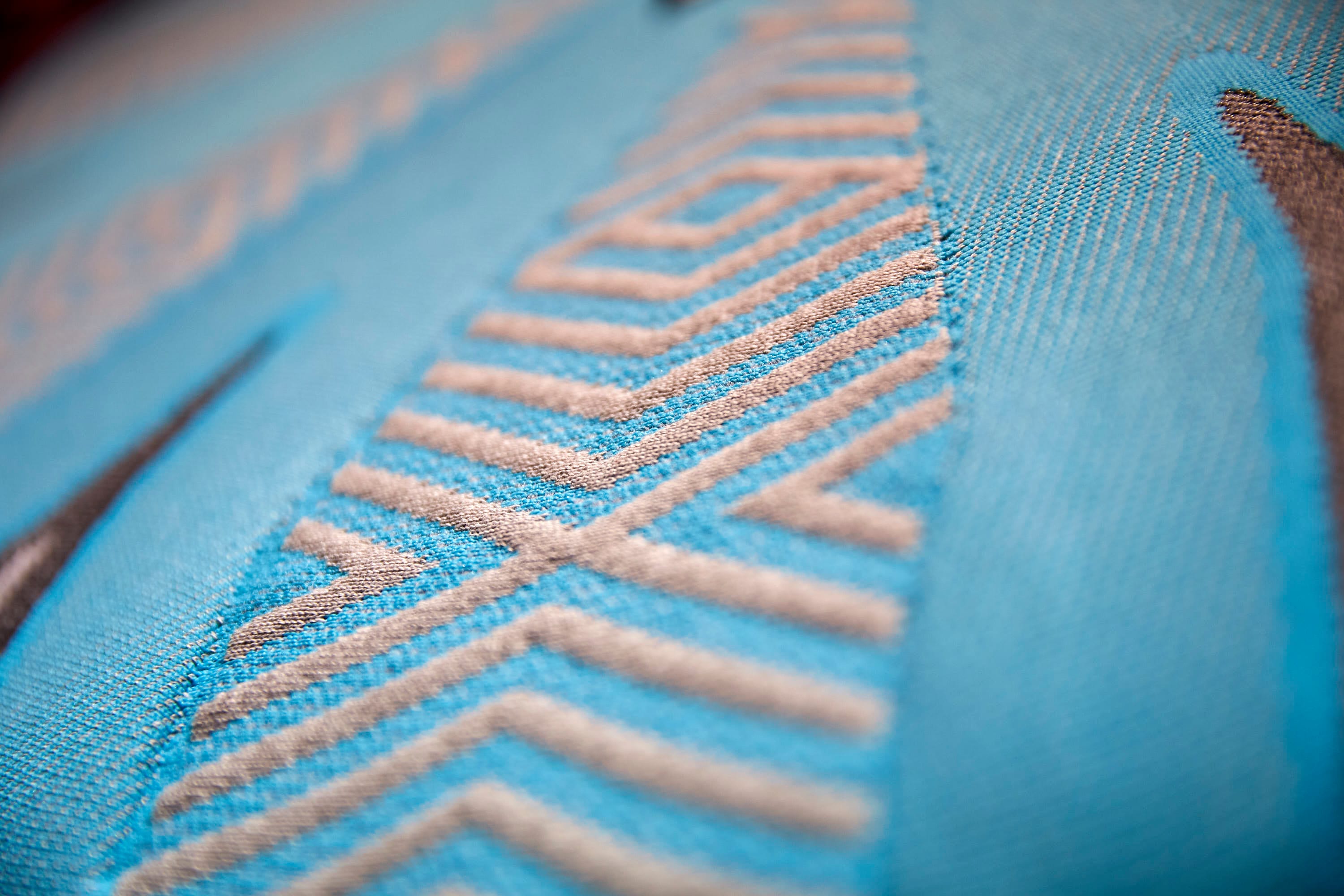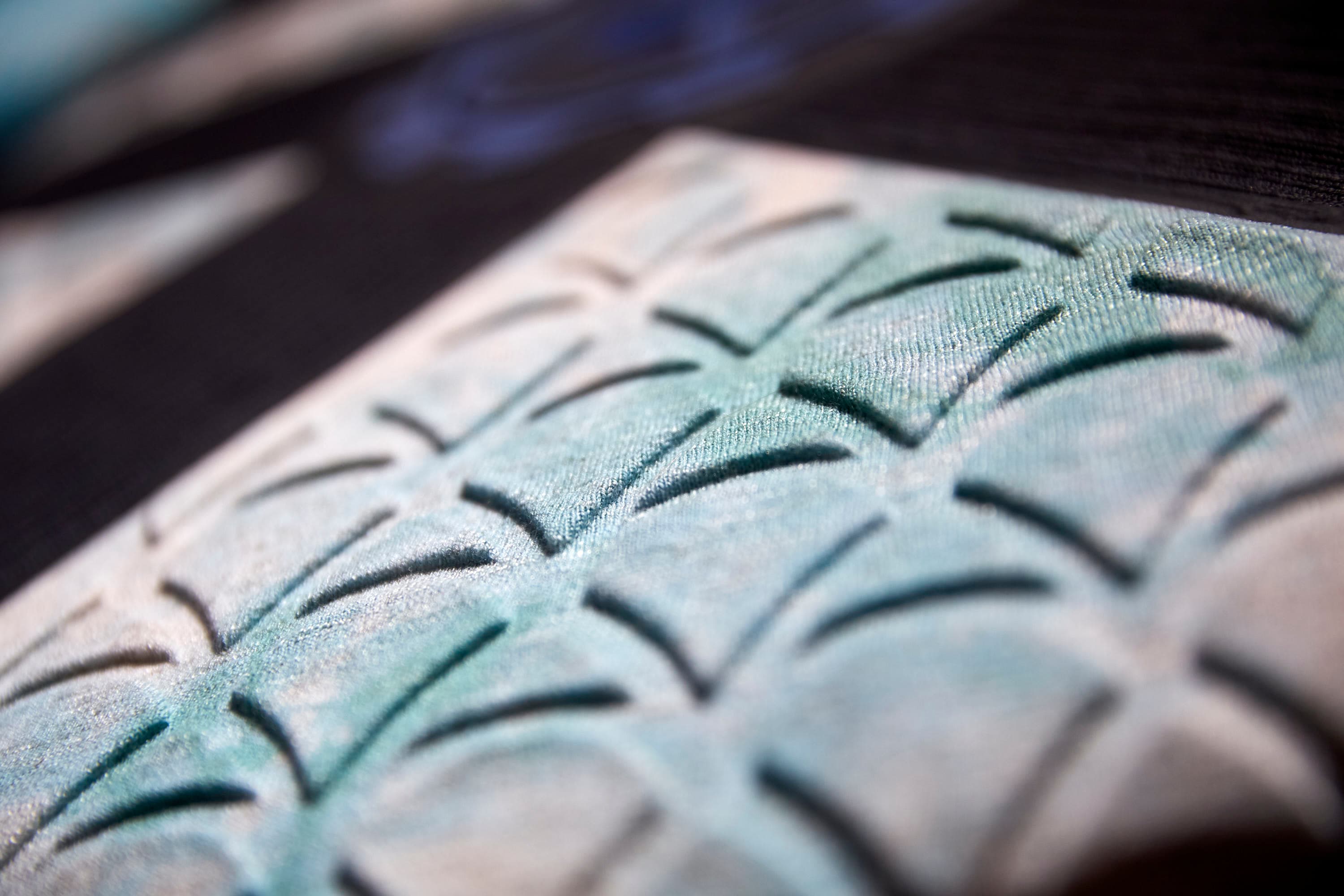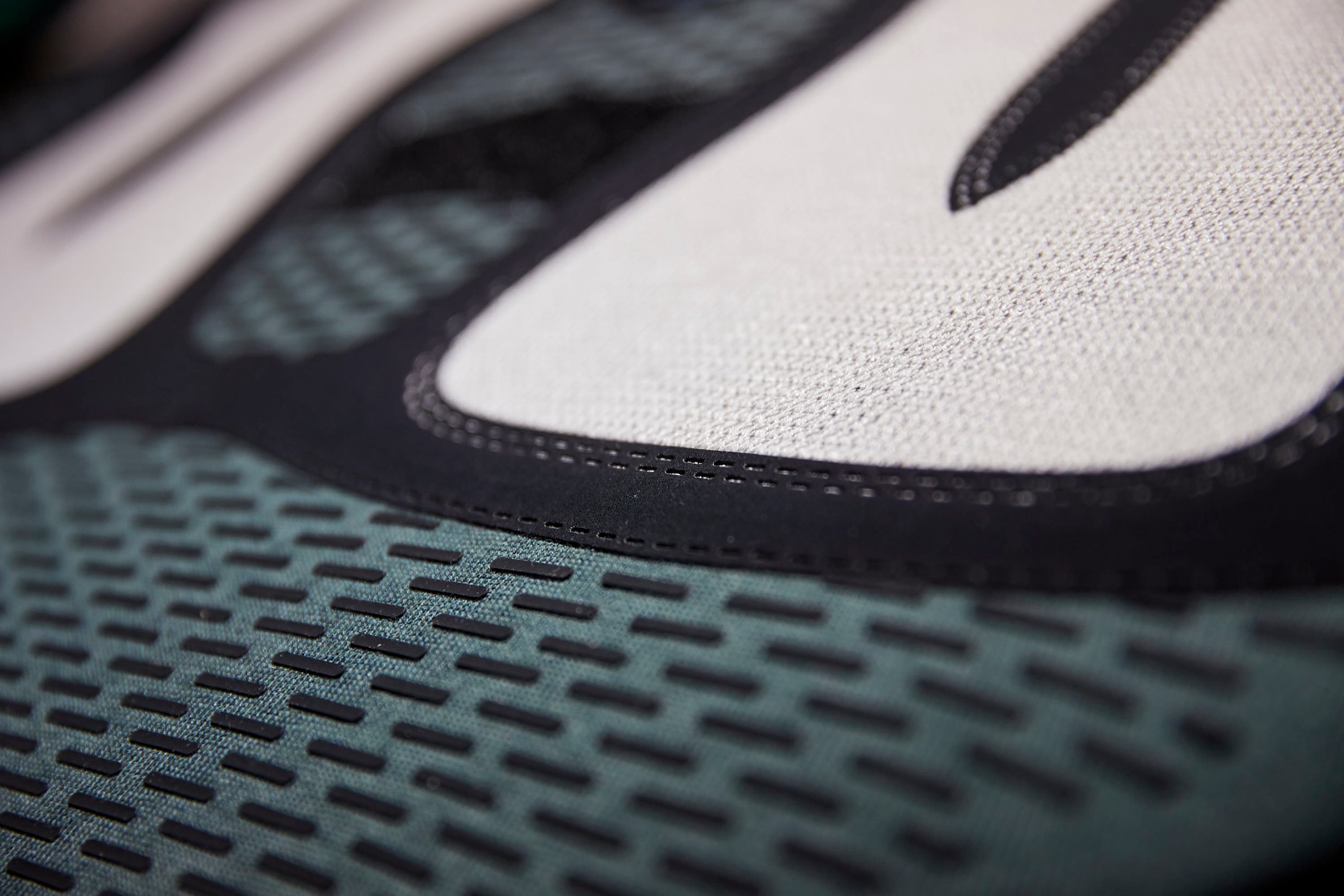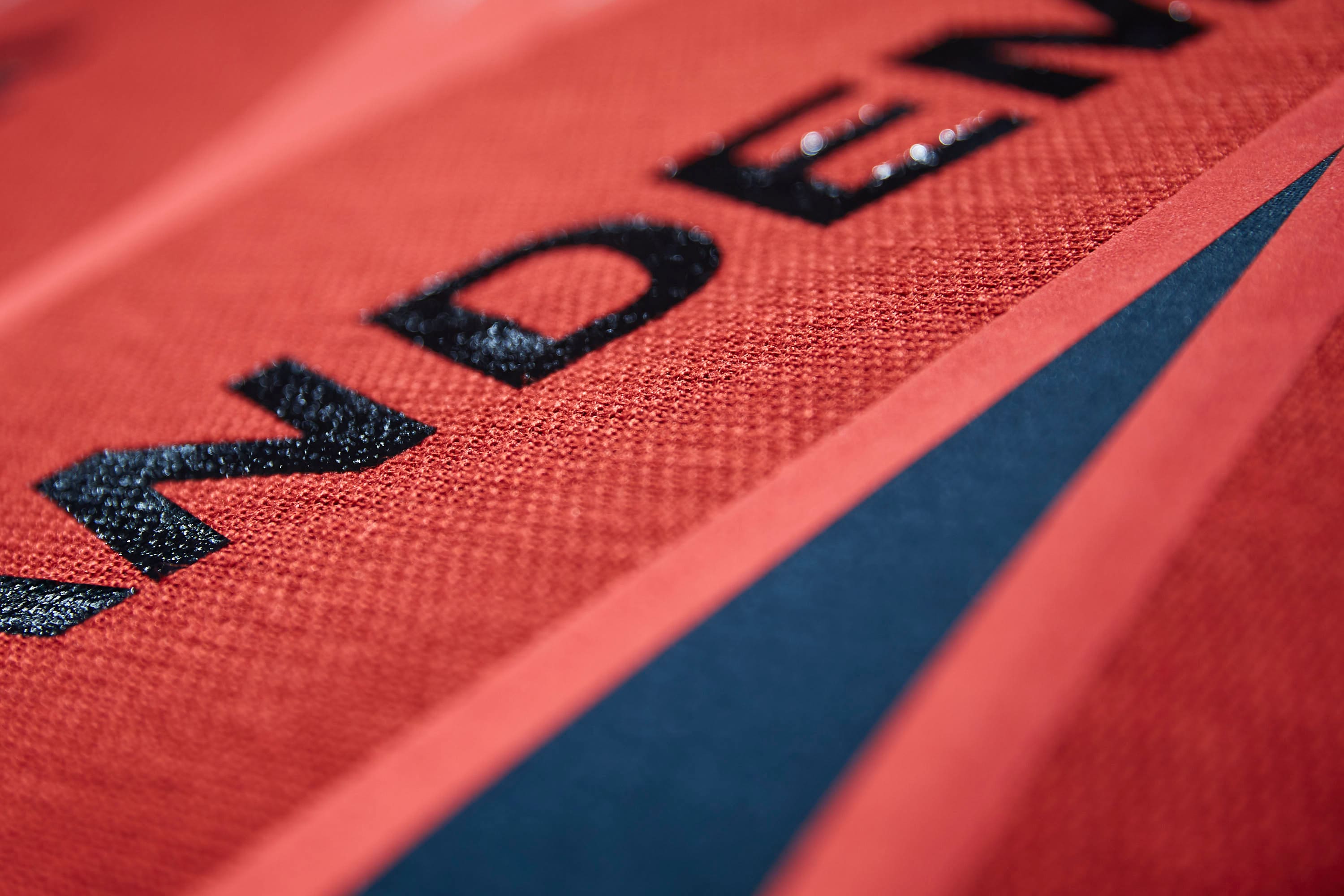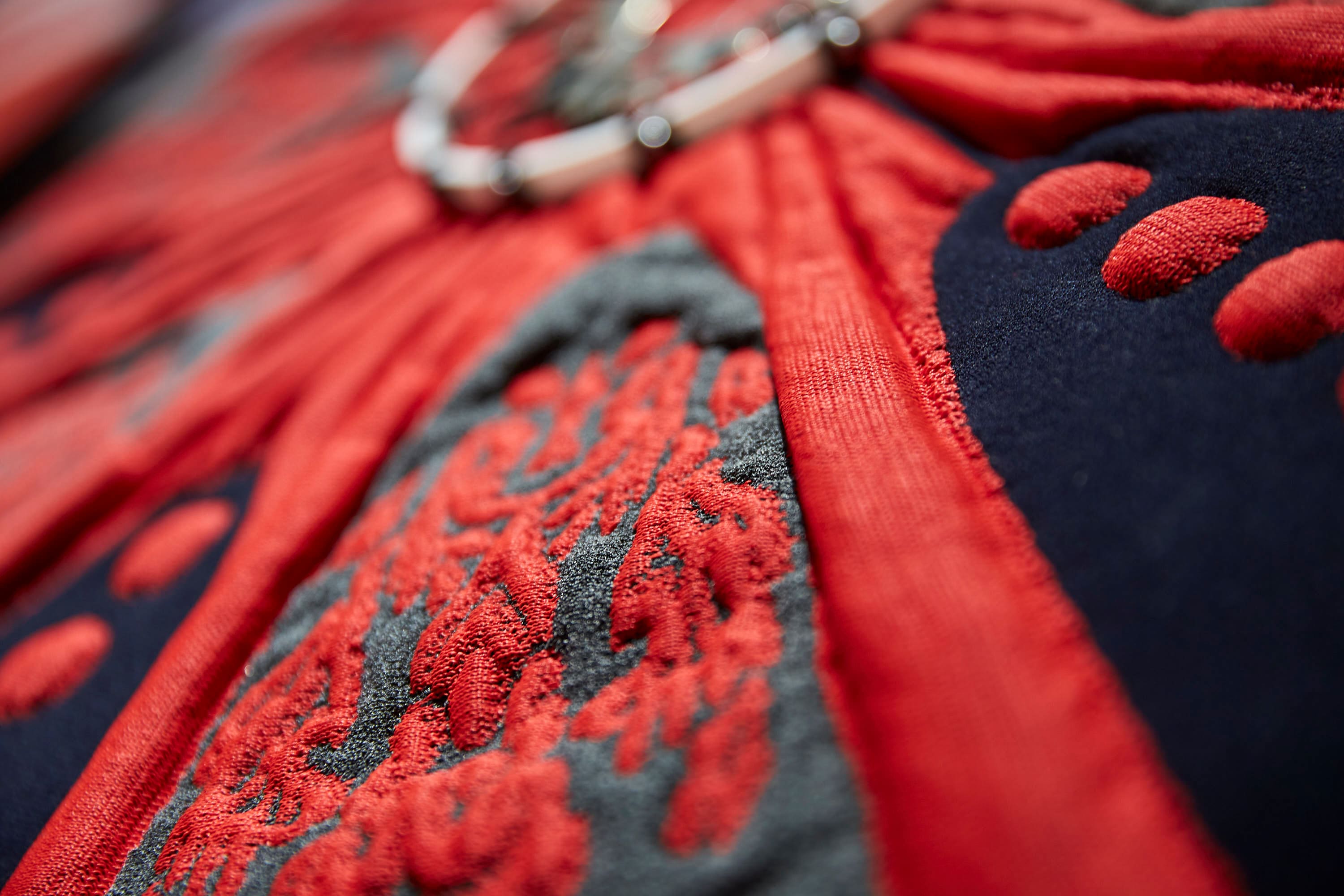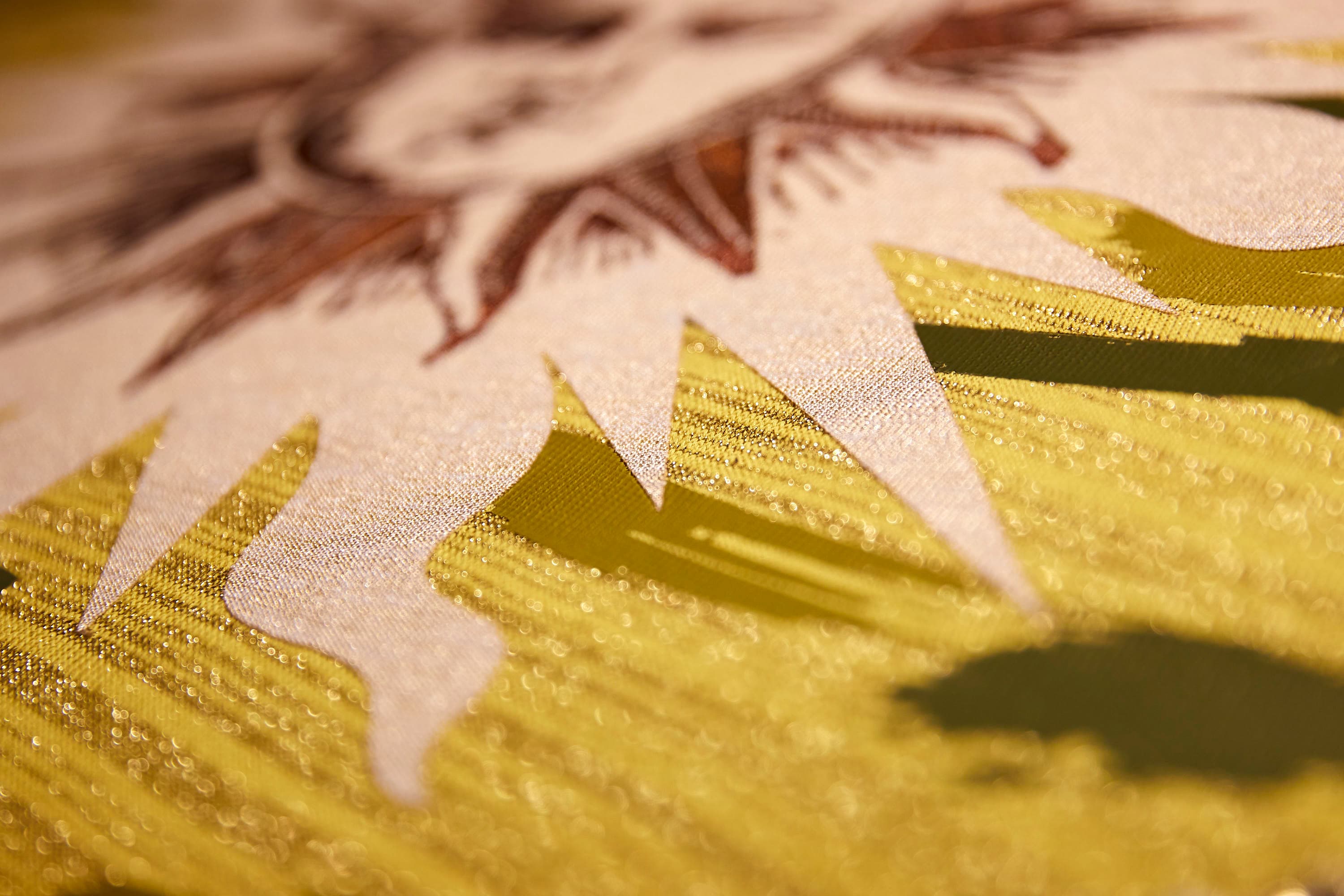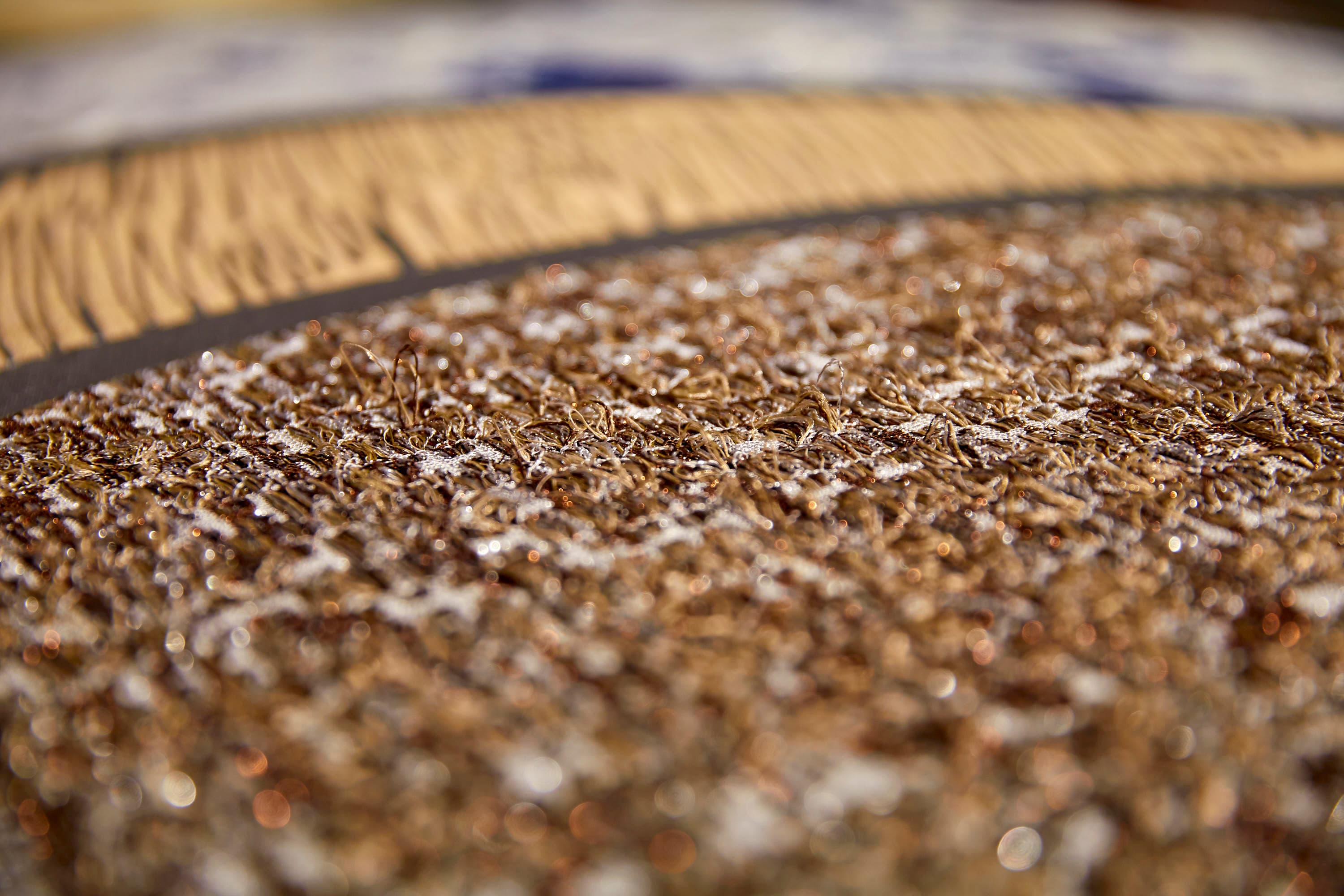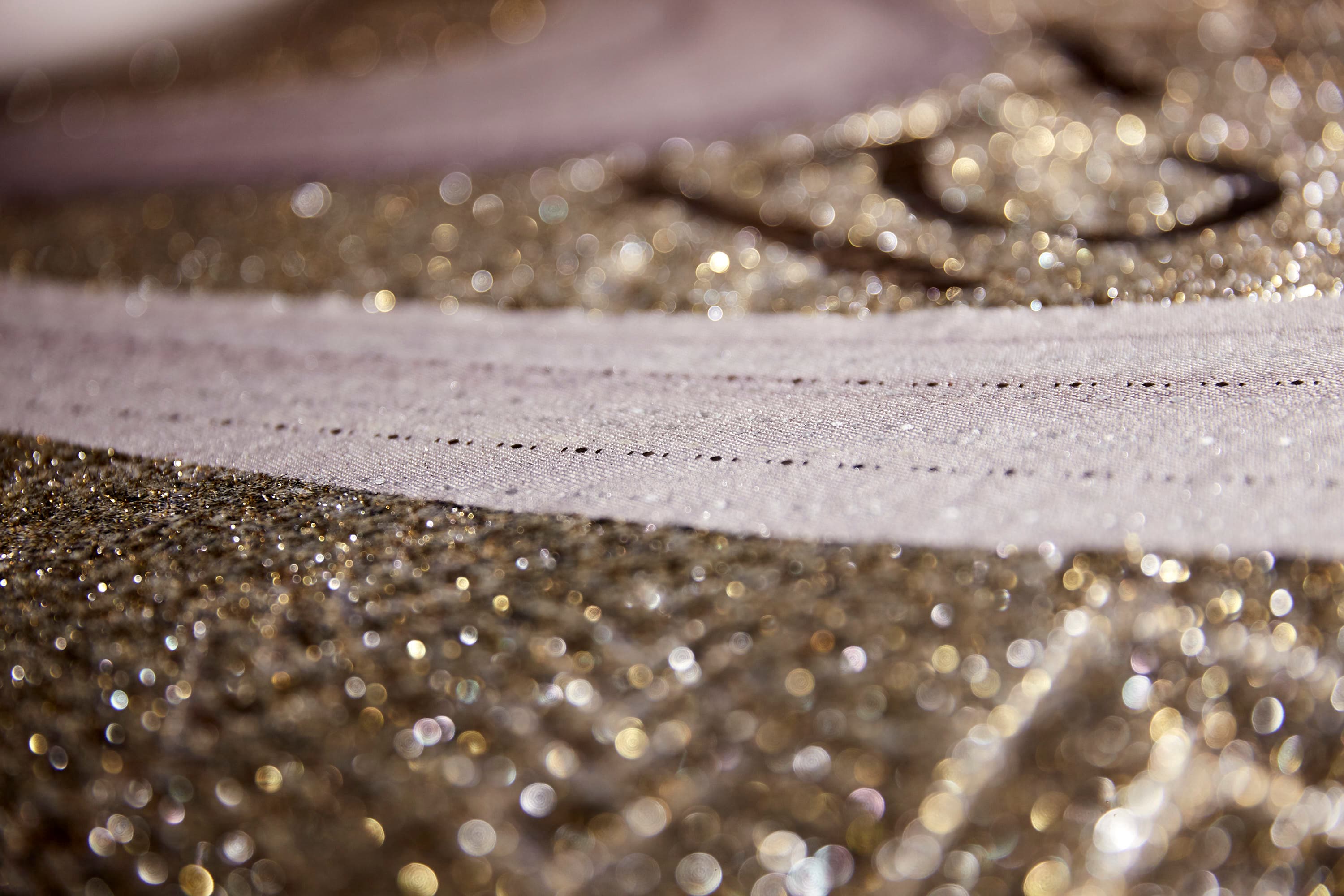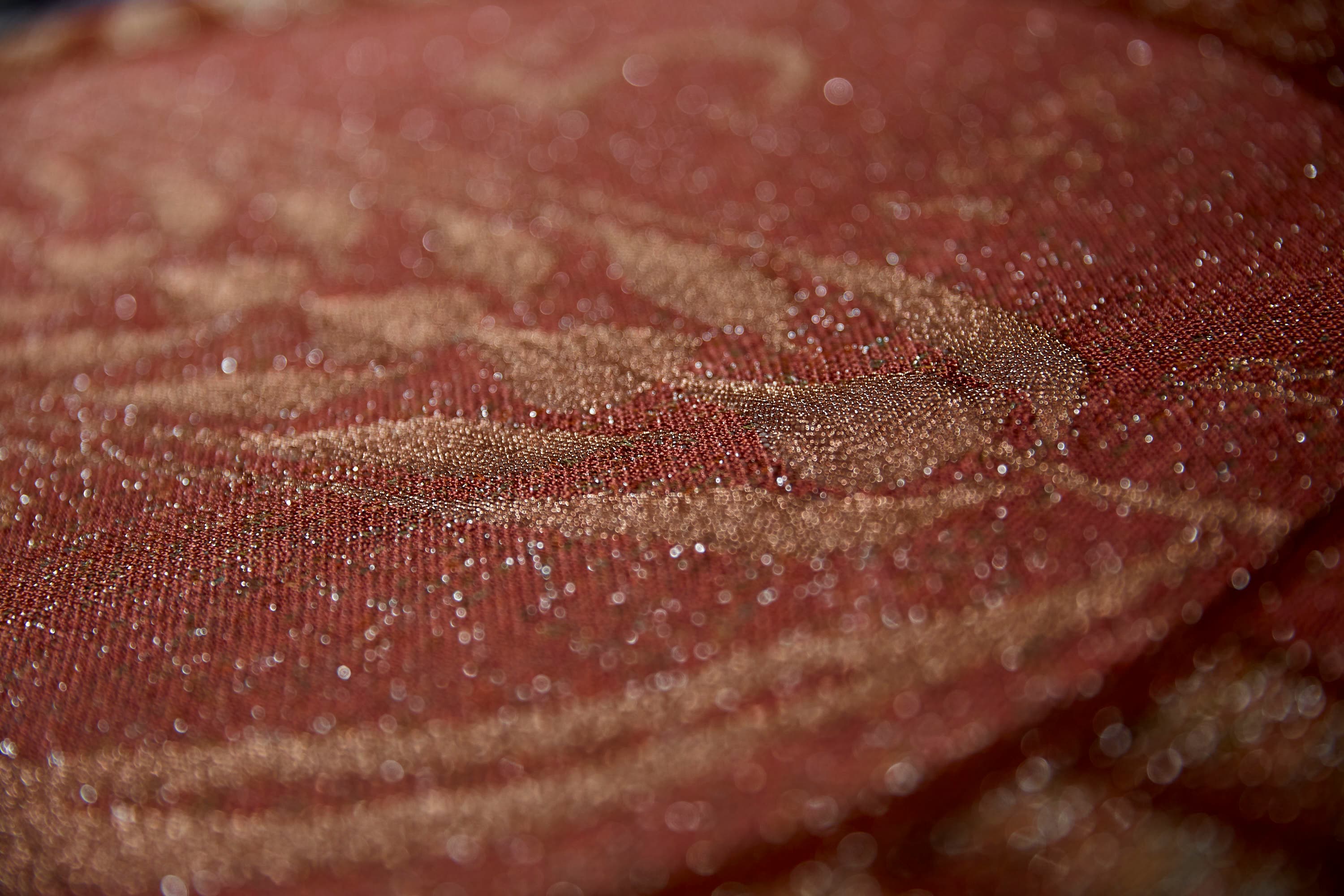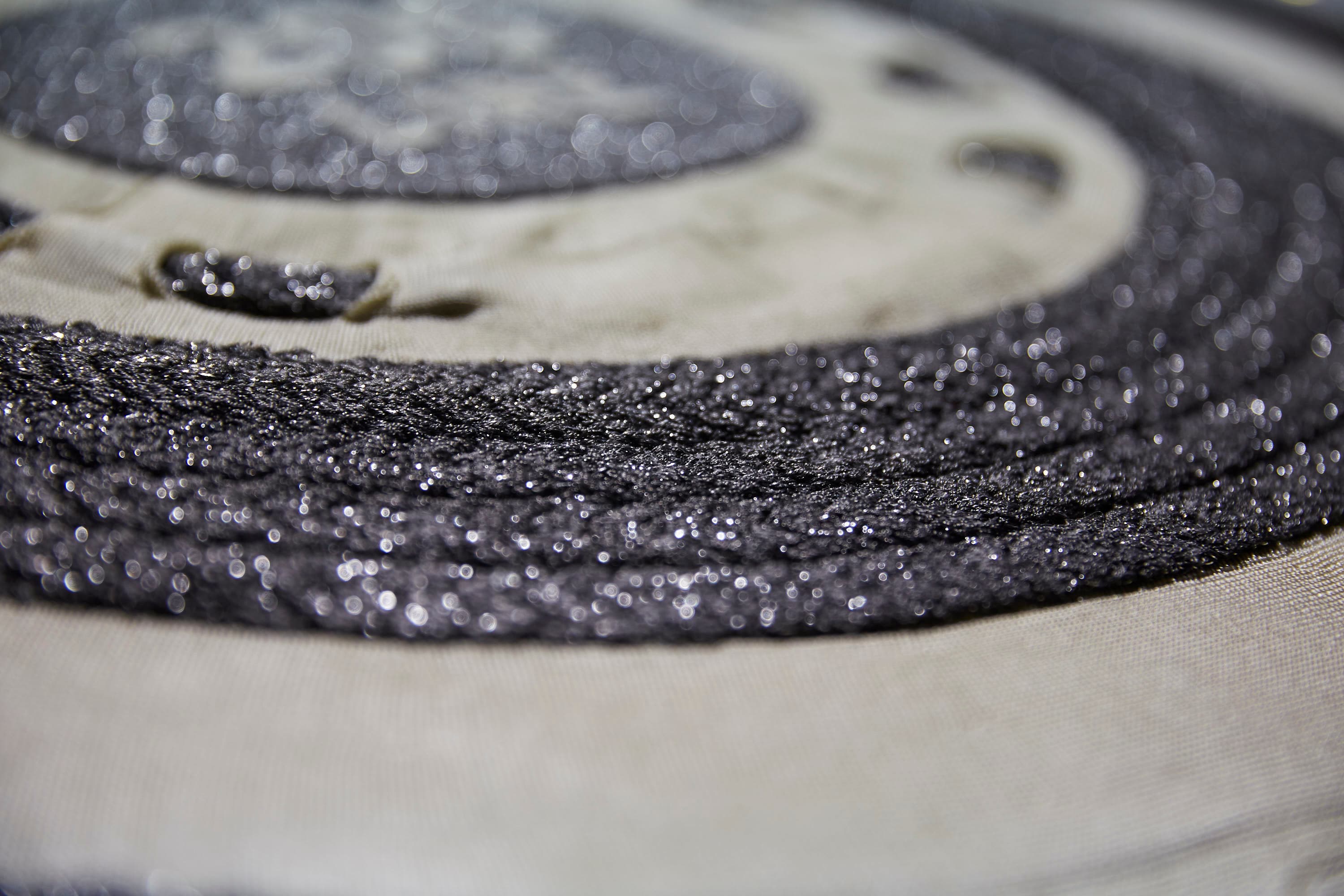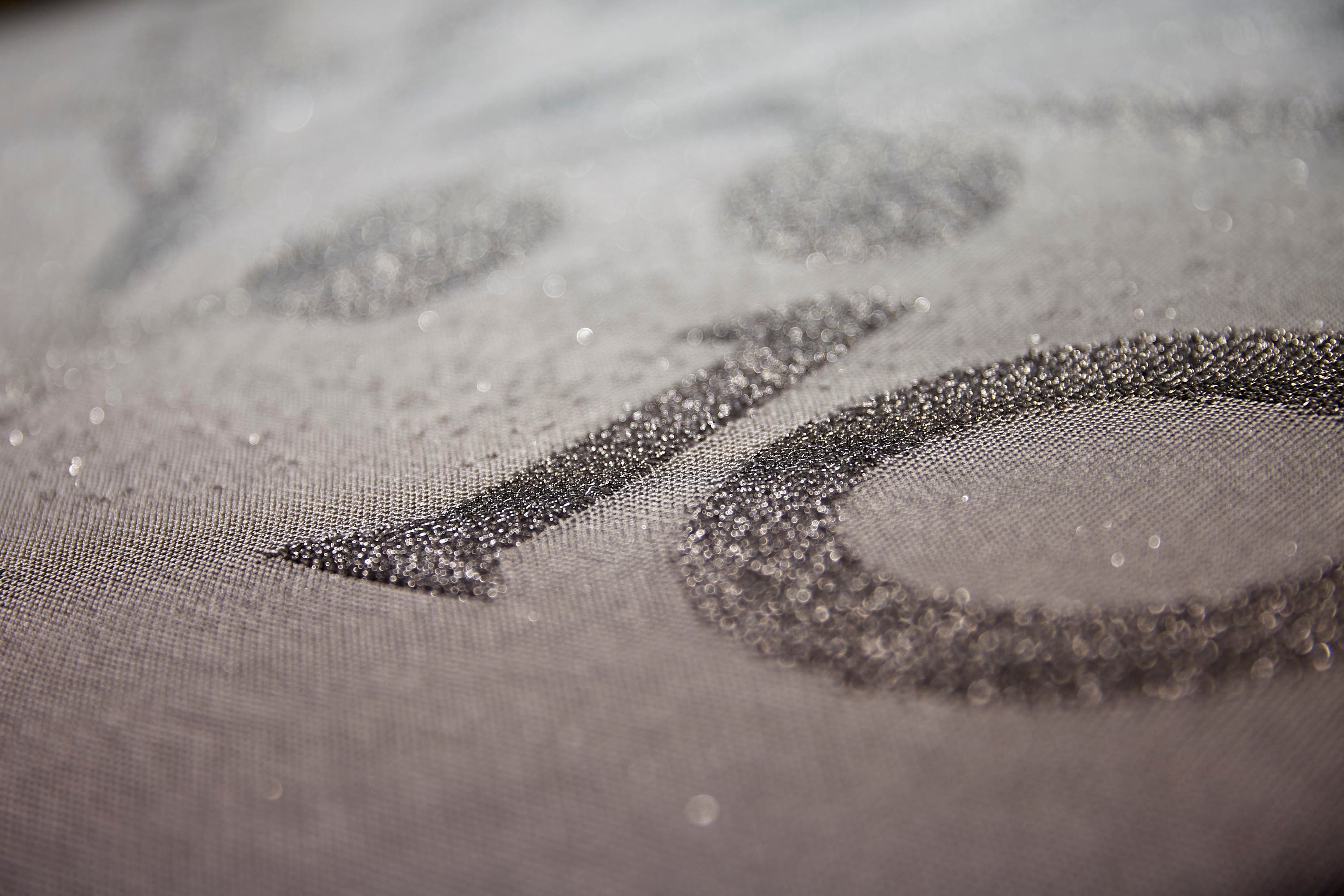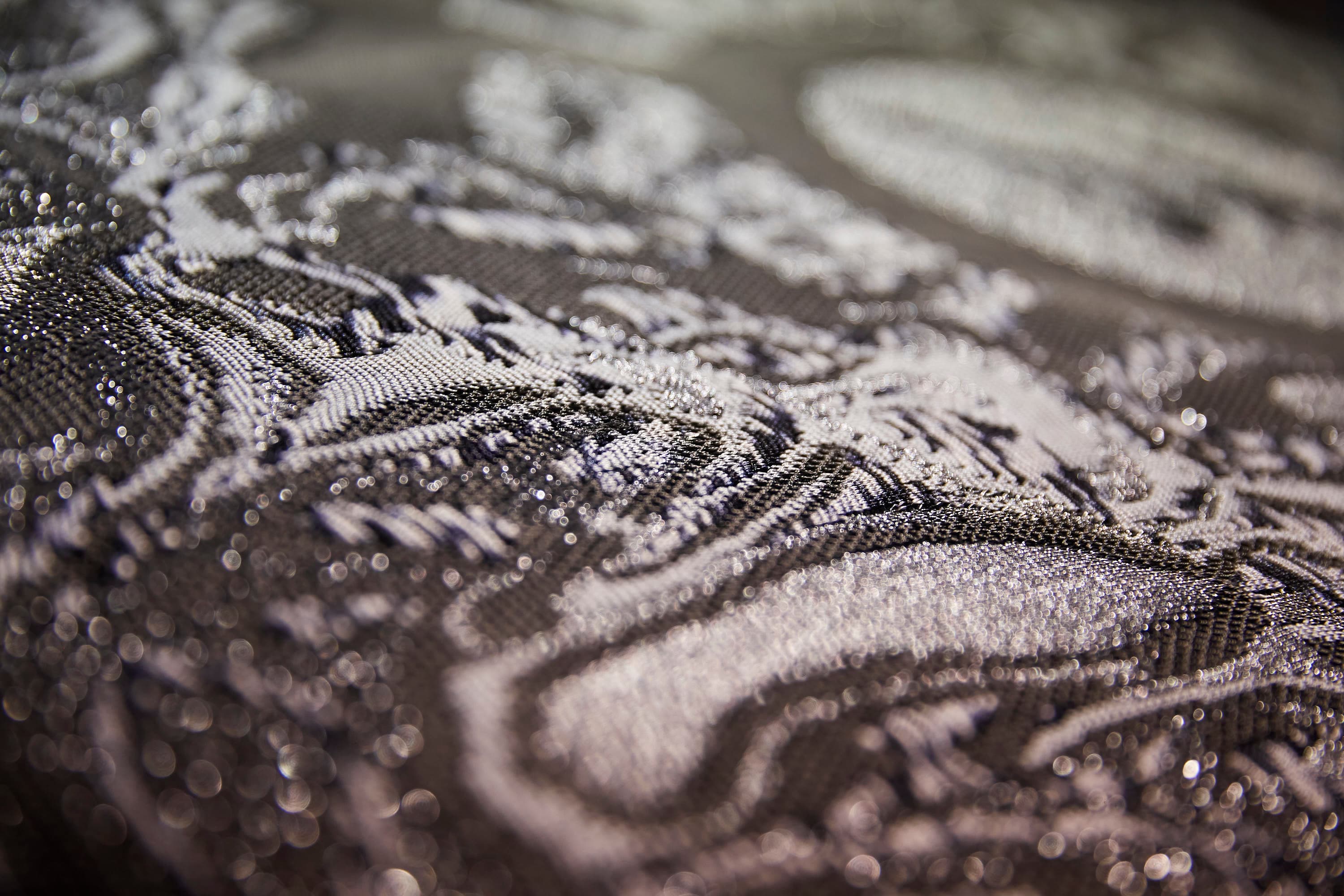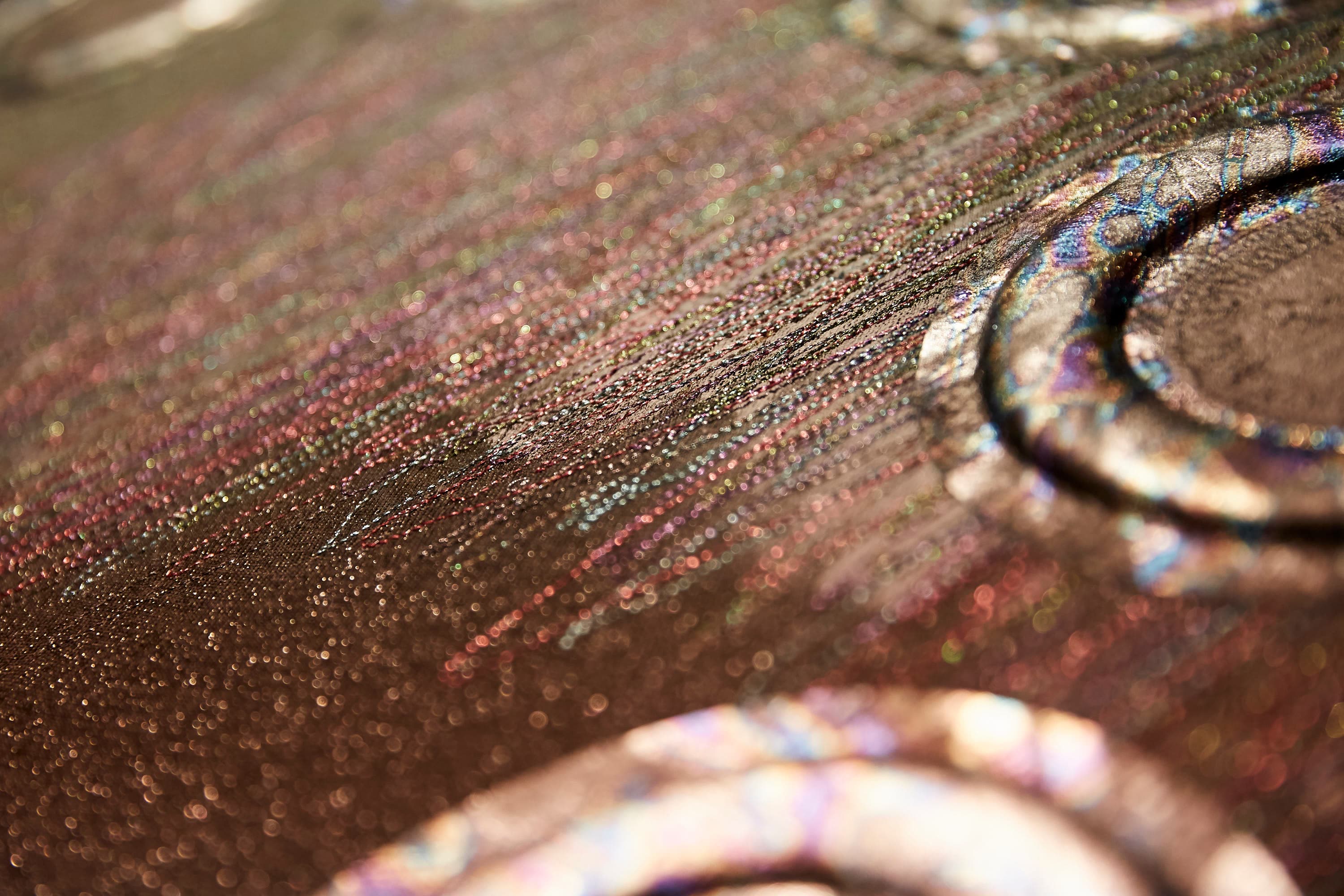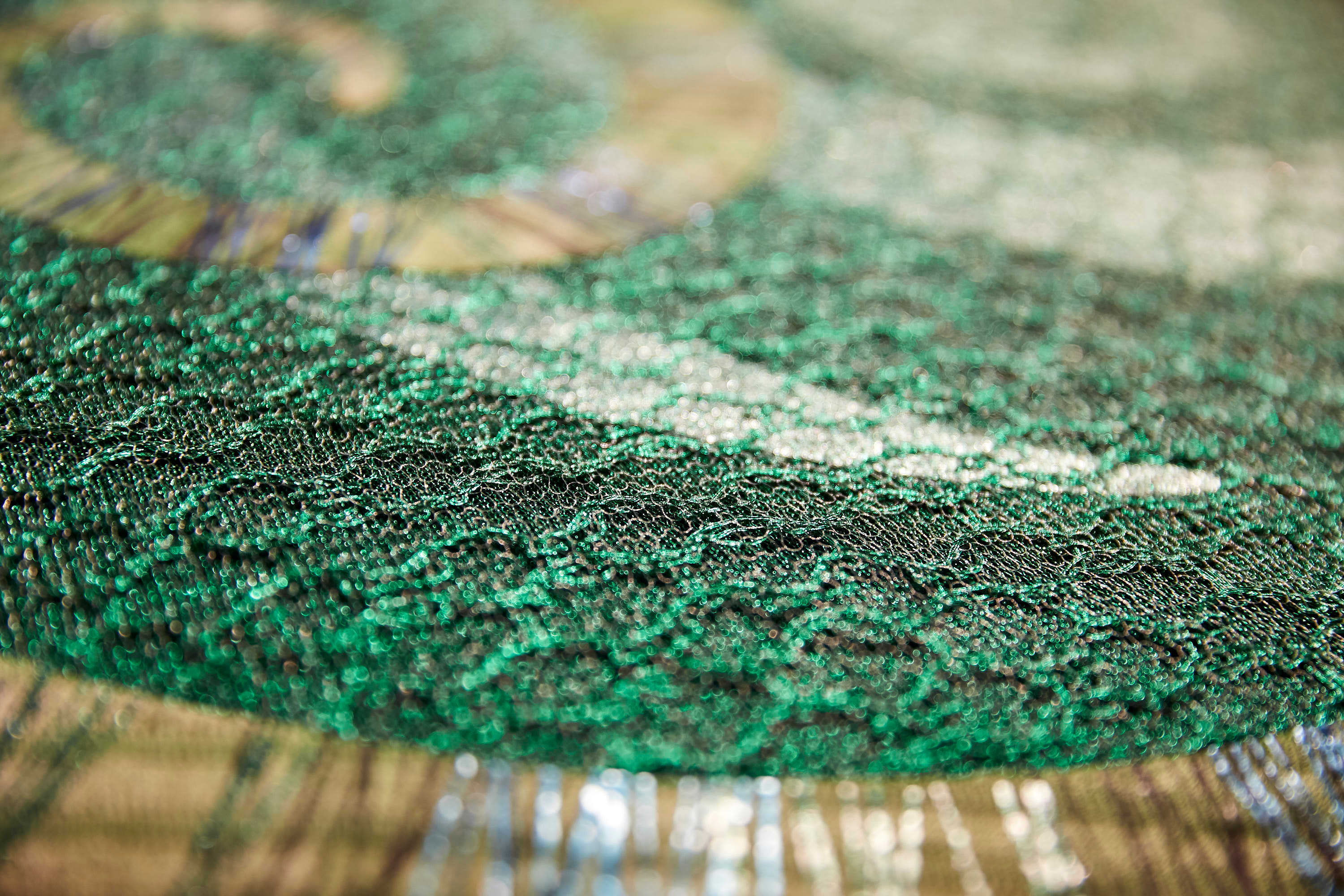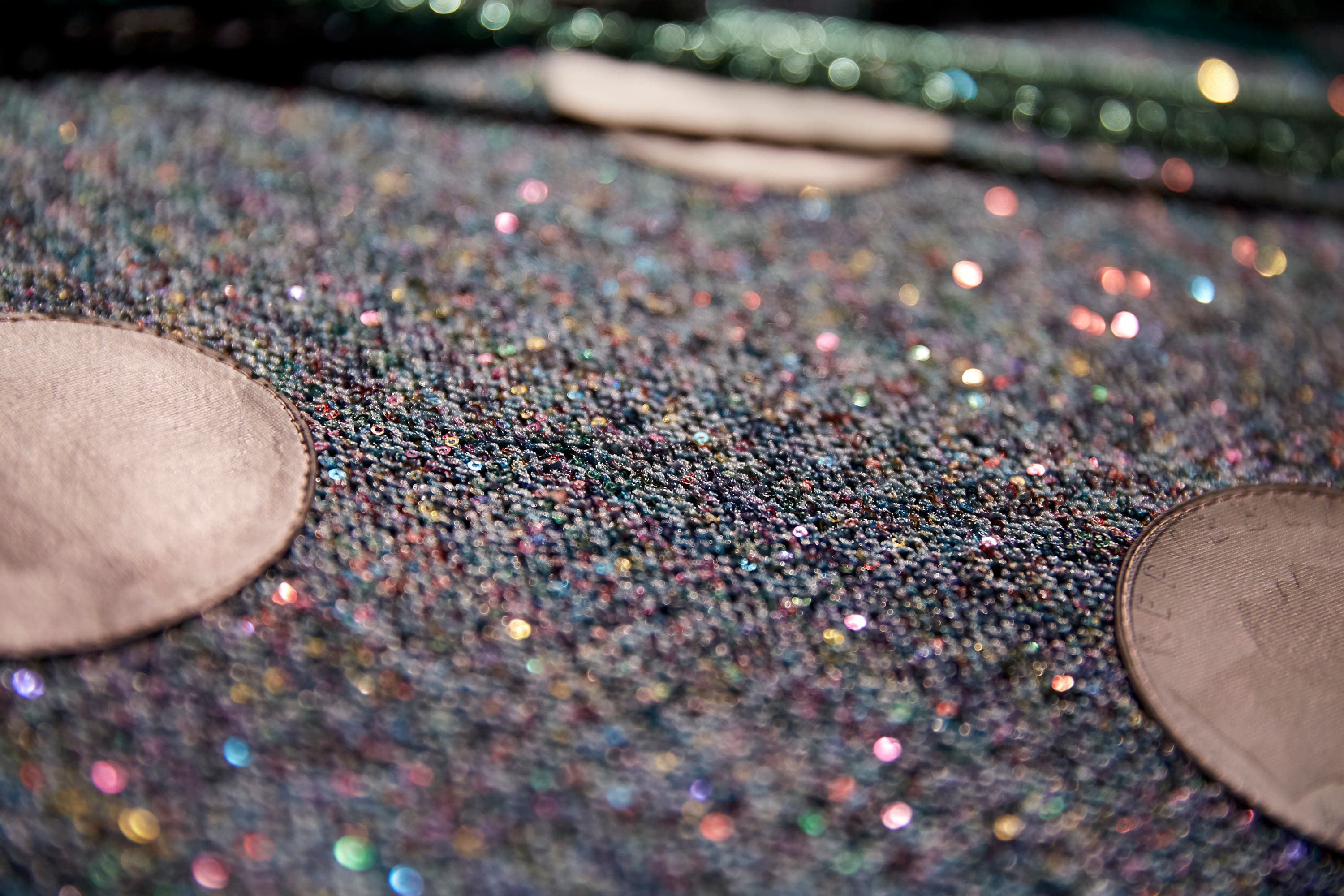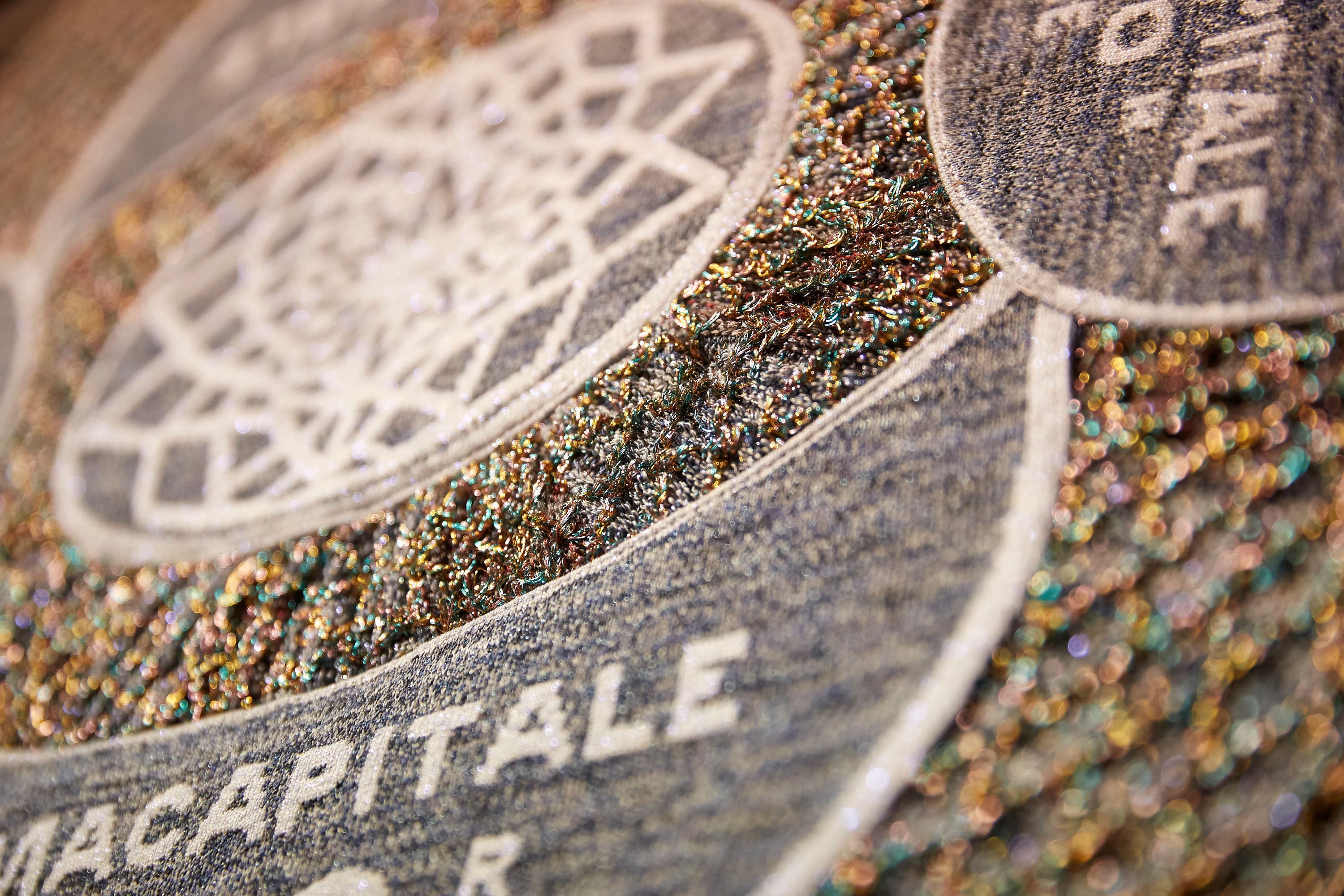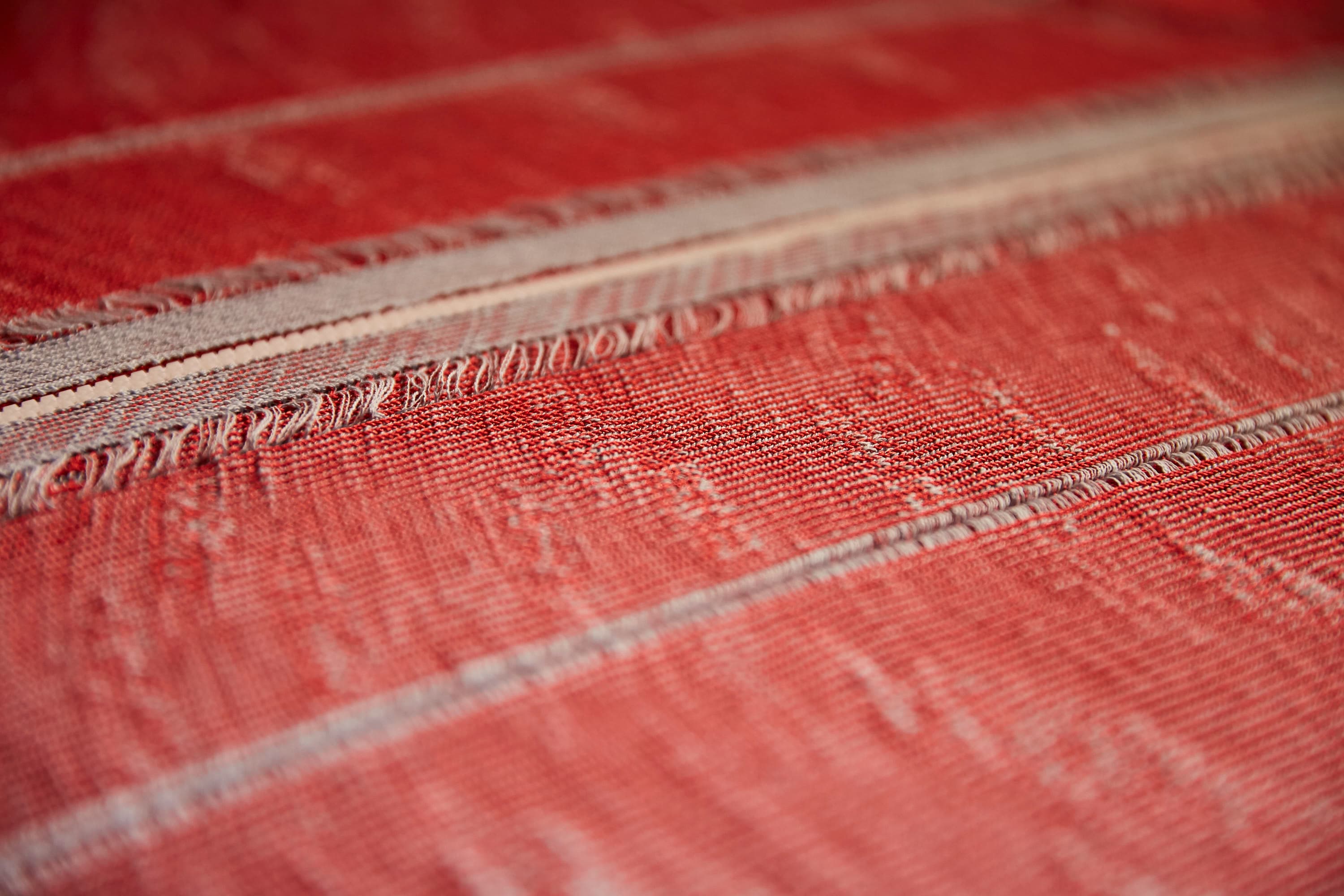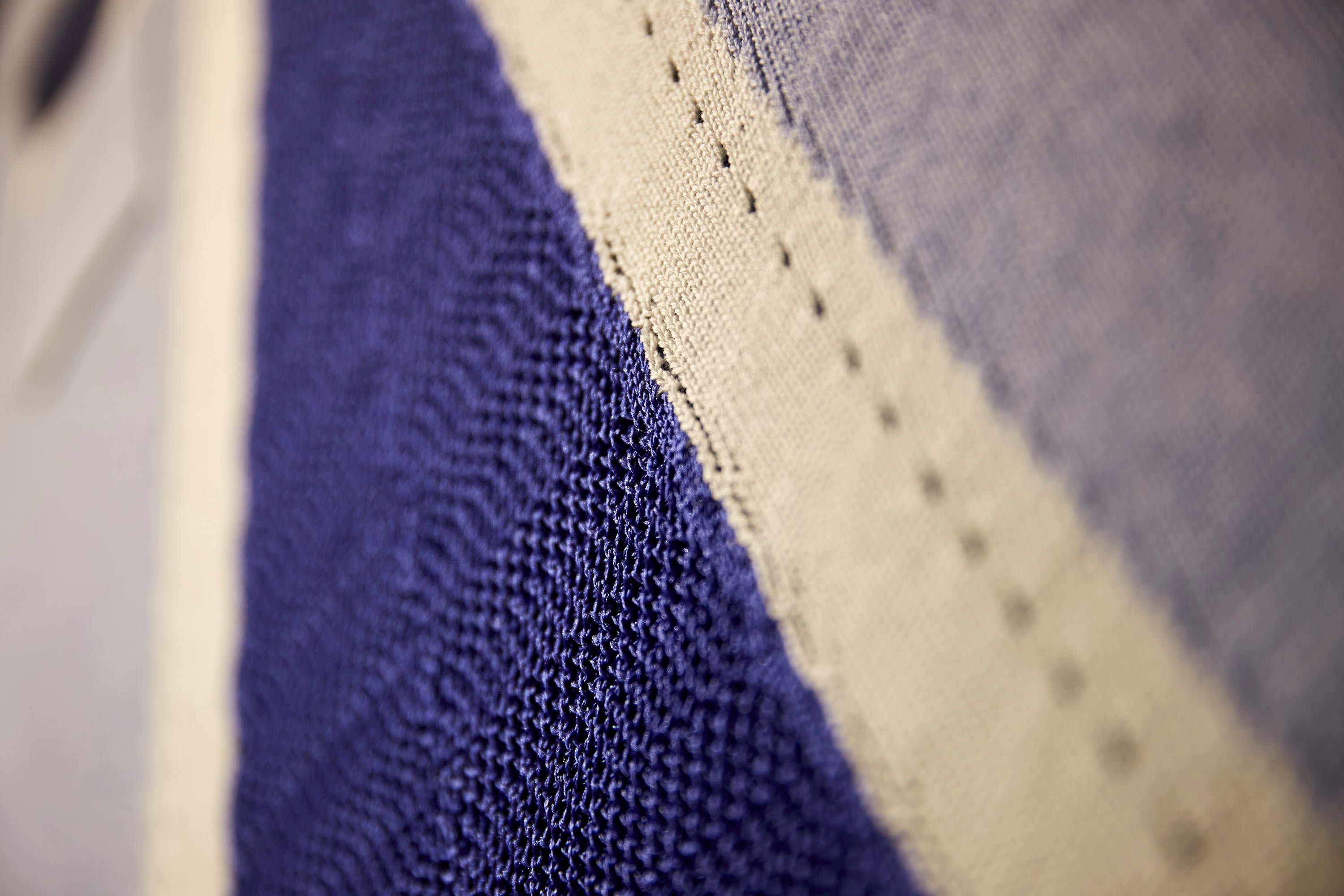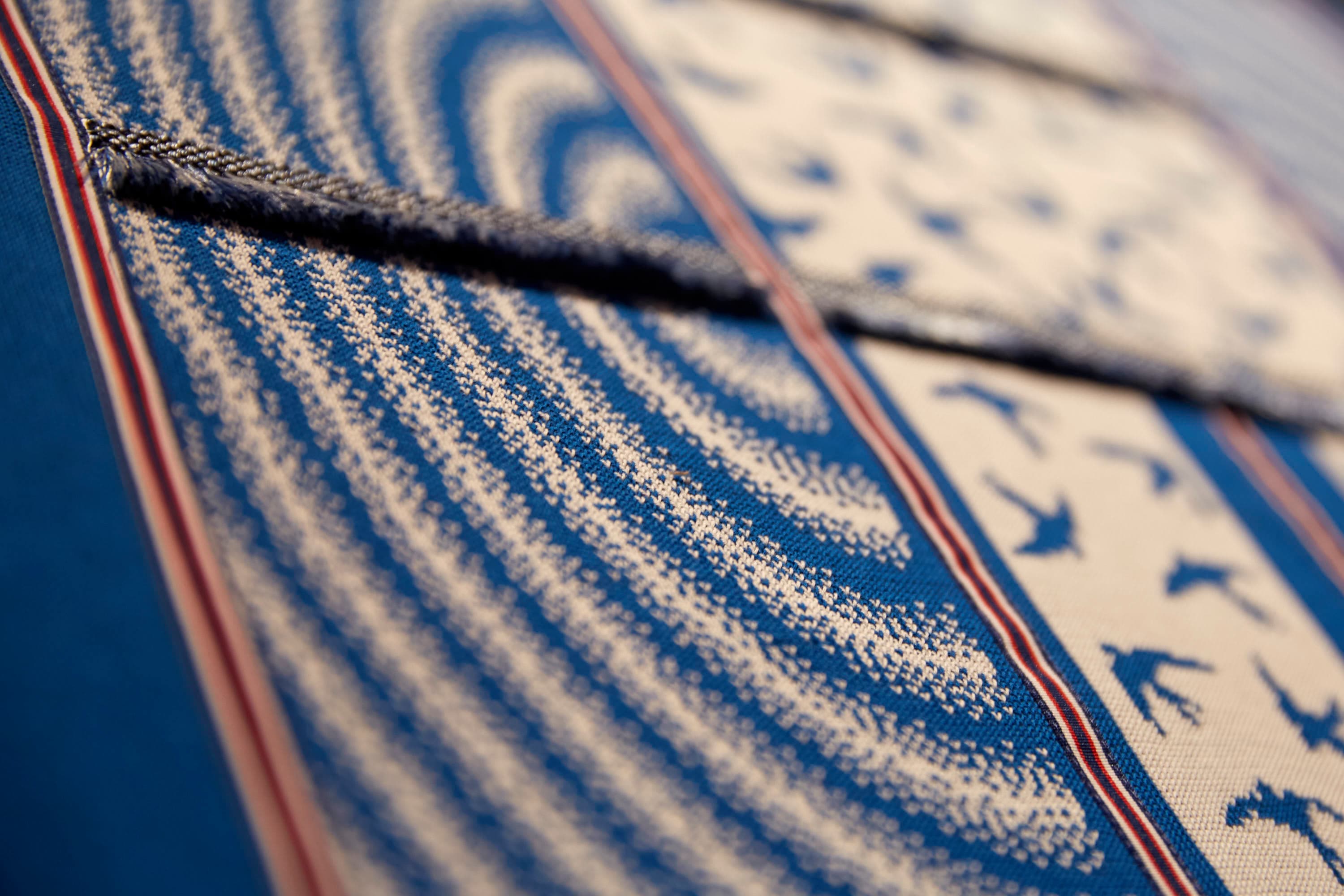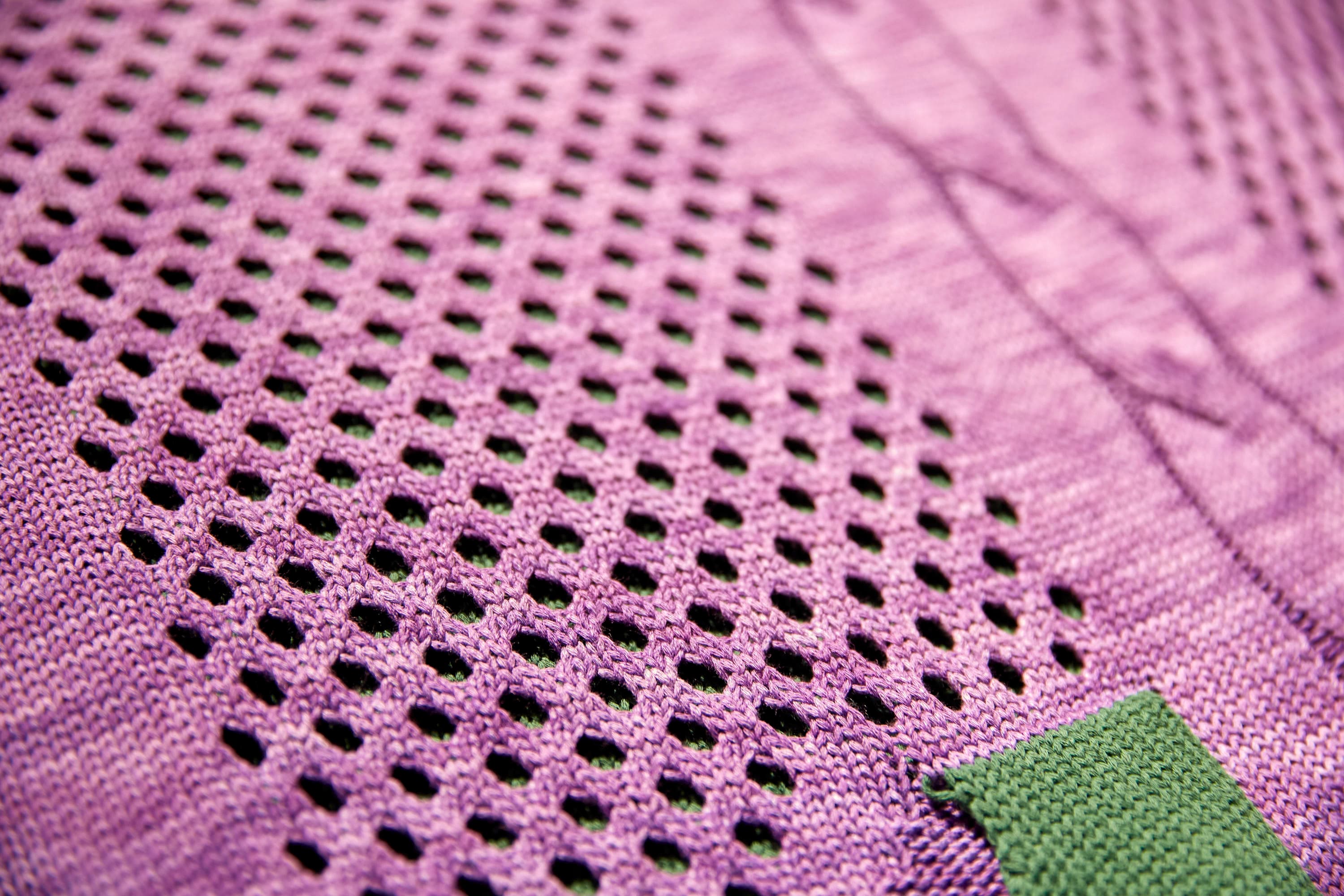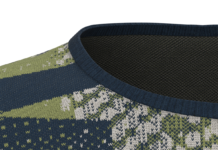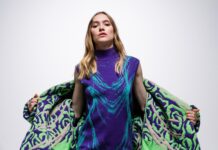Florence
Pitti Filati shines at the imposing 19th century Stazione Leopolda in Florence.
Pitti Filati was as pleased with its results as Pitti Uomo had been a couple of weeks before. Organisers said it was another edition beyond expectations, tapping into the optimism fostered in the first few months of the year.
Florence is such as draw for the fashion world that it is almost guaranteed an audience when conditions get better. But visitors don’t just attend for the ambience, the fair is well organised, having probably the best digital platform so far, and the Italian trade and official bodies pull out all the stops. It is regarded as a place where trends are made, and designers bounce ideas off each other. There were trends of colour, texture, the mixing of naturals and synthetics, the rise of sustainability and the examination of complex developments in machinery and blends.
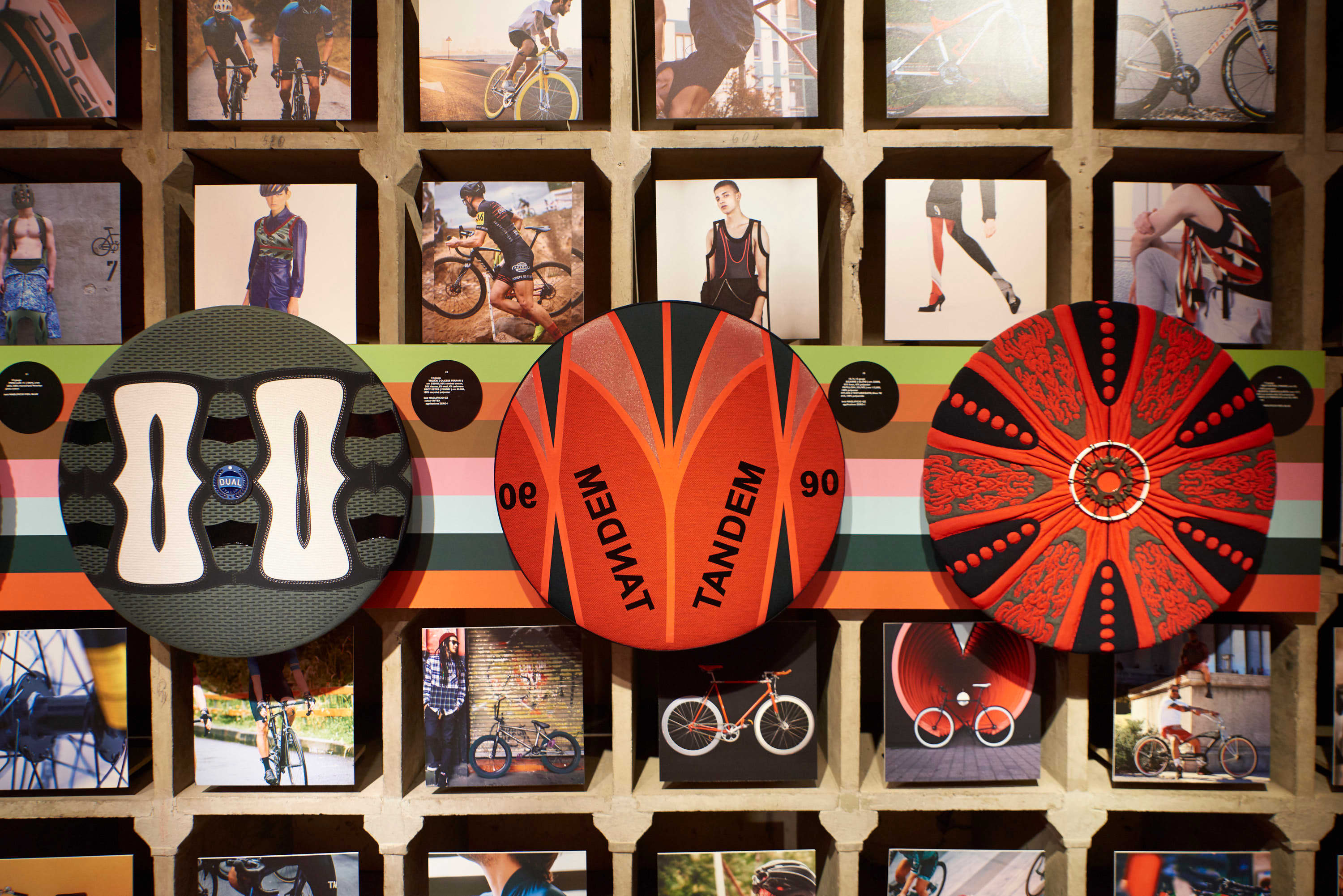
PItti FIlati, with the other leading textile and yarn fairs at the beginning of the year, was the result of a long gestation during the fallow two years of the pandemic. There was a sense of mission in most of the firms’ statements to cement the reputation of this stage of the manufacturing journey for early intervention, all stressing sustainable thinking and a strong open-minded approach to invention like at pioneers in complete traceability at pioneers Botto Poala.
Luxury and values were frequently mentioned, and they are essential for keeping these creative areas afloat. Blending and choosing new combinations of fibres the use of new technology and global responsibility all regarded as ways of ensuring the top end of the yarn trade is still calling the shots at Suedewolle Biella Yarns.
On the first day the event installation of the Masters in Creative Knitwear Design (CKD) of Accademia Costume and Moda and Modateca Deanna in Rome set the scene showing projects and work by the young designers.


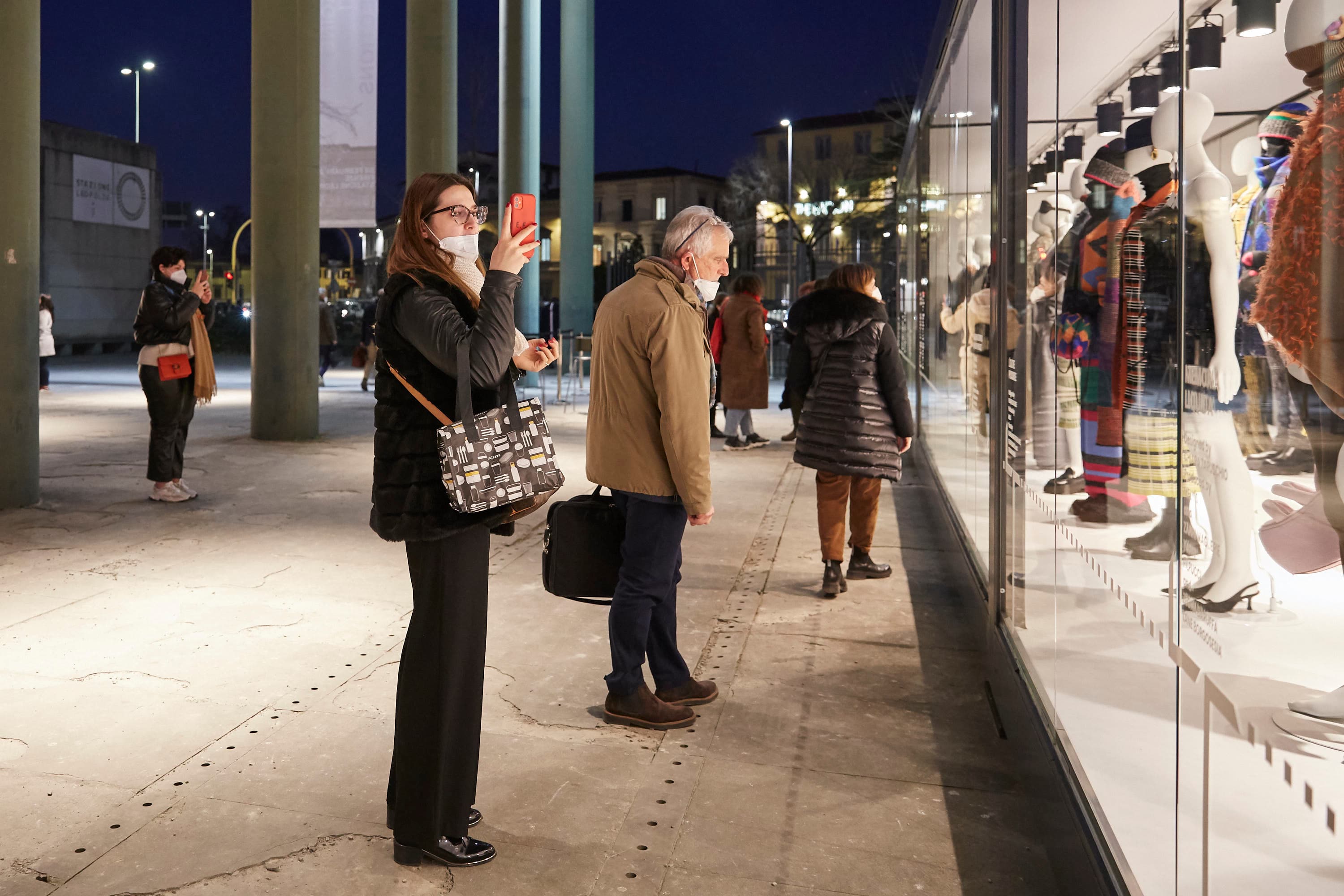
78 looks were displayed in a Knitwear Parade put on by Pitti Immagine Foundation shown in a box like structure at the fair entrance. The course is supported by the Italian industry, especially the yarn manufacturers, with benefiting from special projects with spinners Be.Mi Va in a bid to persuade young people to choose the industry and raise the profile of knitwear. In the show, Filidea (Marchi & Fildi) stand featured the work of students of manufacturing in Florence, fancy knitted waistcoats made by the winners.
Both these initiatives show practical support coming forward to address skill shortages which are common in Europe aiming to raise the profile and standing of manufacturing industries, underpinned by access to the latest yarns and technical expertise.
Pitti Filati is of course primarily based on knitting yarns. Thread Forum organised by Pitti Filati including a speaker, Simona Marziale working with Max Mara Group, Diesel and Roberto Collina who advocated the wellbeing aspects of knitting which accord with modern-day thinking.
In the same the role of synthetics is considered, like incorporating recovered and upcycled fancy yarns, as with new inventive fancies at Lanificio Dell’Olivo, which reported increased business this season.
Machinery joins the list as an addition to information provided at the show. Some Knitwear Exhibitors listed their machinery prominently as part of their assets. Blupuro Magliere cited Shima Seiki, Steiger and Stoll enabling the creation of gauge 14 to 3 garments from prototype to production.
Stoll was present on both the digital platform and the show, with eye-catching fancy fabrics for shoes, and examples of the varied opportunities from fancy furniture to covetable shoes.

Shima Seiki Italia, at Pitti Filati regularly, took the opportunity to demonstrate the possibilities of machinery, explored by designer Vittorio Branchizio linking up machinery to garment.
Most of the yarns in the collections were fine gauge, from super fine Merino, cashmere, linen and silk, but there were also thicker yarns, Filmar’s chenille for ultra-fantasy catwalk designs and decorated knitwear, using both synthetic and natural fibres.
A wide variety of natural fibres and natural colours were in evidence; a lot of wool for summer; baby alpaca, baby lama, baby camel, yak all in natural colours from dark brown to ginger, and cashmere by Filitaly. Viscose for knitwear a novelty introduced by Filpucci Tricot, the handknitting arm of the company.
Alt-Luxury still prevaiis at Cariaggi, Zegna Baruffa, Loro PIana and Sesia, with many precious yarns. At Lanecardate high end woollens. Hasegawa silk and other high- end yarns like mohair, cashmere. Mohair also from Mister Joe. Attractive colours in cashmere from Todd & Duncan in Scotland whose colour card includes denim marl, clouds of pale blue, pale green pale pink, almost intangible shades designed to transform fibre into yarn into subtle and covetable knitwear. Servizi e Seta Biella, silk and noble fibres, 100 per cent linen and blended wool.
Here silk can be matte, rustic and raw, for top end casual and designer collections. Plant based yarns are in favour with the young as well as plant-based food, are finding favour, particularly linen, but also additions like ramie, bamboo, hemp.
Sustainability runs the show as it does in all the major exhibitions from fibre to yarn. Fabric to finished garment and all the decisions and stages in between. Sustainability affects the whole supply chain as it has to if it is to be meaningful.
Marchi & Fildi, owners of brand Ecotec, upcycling pre- and post-consumer textile offcuts and clippings, reducing energy emission and water use. With natural sustainable and certified measure, producing yarns for flat and circular knitting. Zegna Baruffa have awards for its social attitudes dating from as early as 1906. Now its production transparency, a new, far more exacting process includes corporate sustainability green electricity and Chemical Management with regular sustainability reports.
The Research Area curated by Angelo Figus and Nicola Miller drew its customary audience of international designers and buyers who respect the cerebral approach to colour fabric and ideas in the wind which they interpret in visual triggers and explanations.
All images: © AKA- Studio Collective | Pitti Immagine

Subscribe To Our Newsletter
Join our mailing list to receive the latest news and updates from our team.


